First visit documentation
During my first Visit to Didsbury Parsonage, I was drawn to the ironworks that ran between the Parsonage and church. Initially the colours and textures stood out to me against the surrounding areas of the green foliage and the greys of the road and buildings. Investigating this further, I discovered the interaction of the ironwork and nature, as the paint used to protect and seal the iron from the elements had failed, leading to rust and chipping. I was interested by the scroll work and repeated patterns that run along the length of the railing, with design details added to specific points of interest, such as the gate posts. These patterns were once uniform in shape, colour, and texture, however the effects of time and the weather have started to break them down, showcasing the impermanence of ironwork and its inevitable return to nature.
I also explored the relationship between the ironwork and the surroundings, and discovered that its primary function is to divide and control movement between the two locations. This is an example of controlling the collective through design. The differing height levels between the church and road reinforce the iron railings’ attempt to prohibit the movement between locations. The gate is the only point to break through this barrier.
Documenting the form, texture, and colour of the ironwork through photography

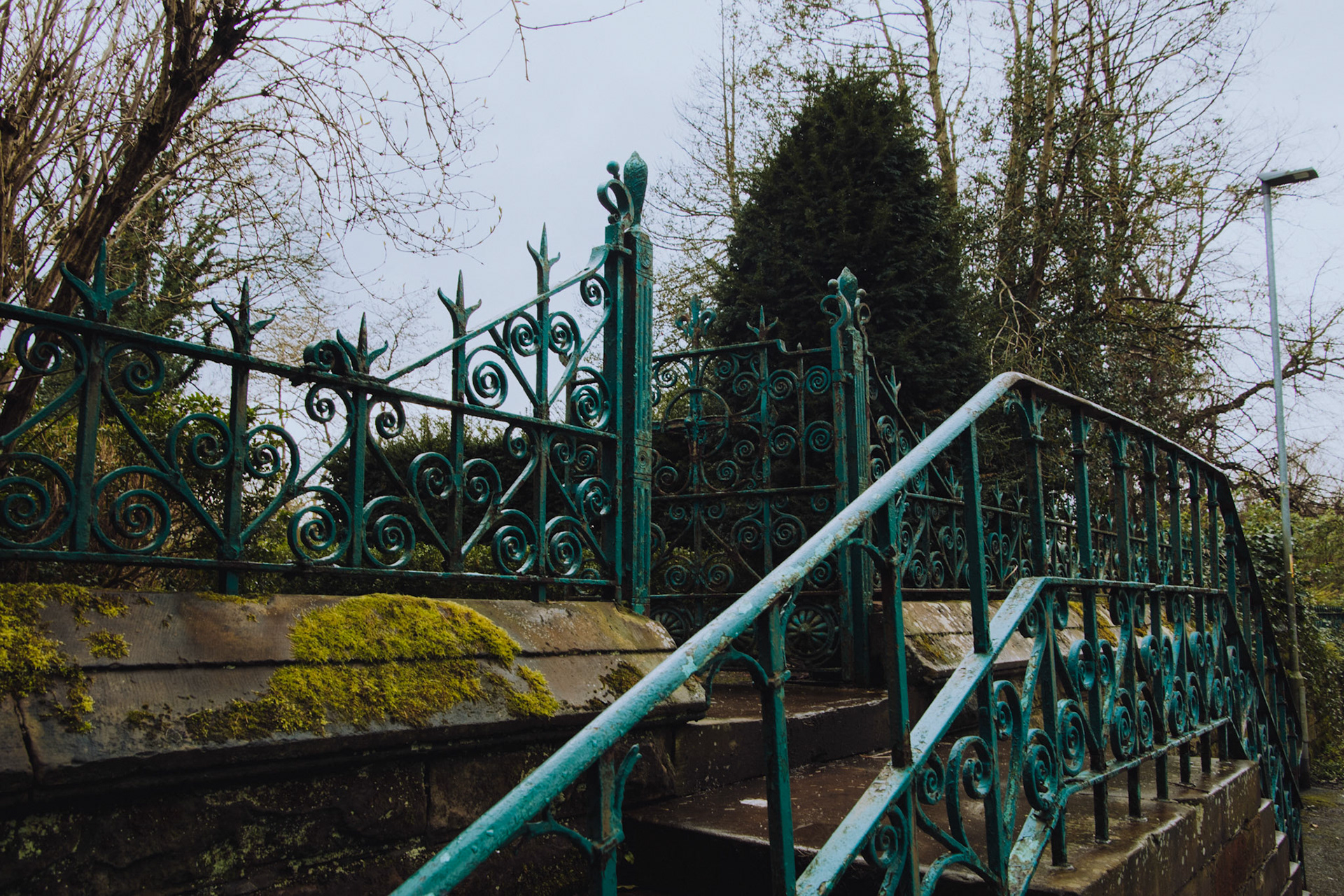
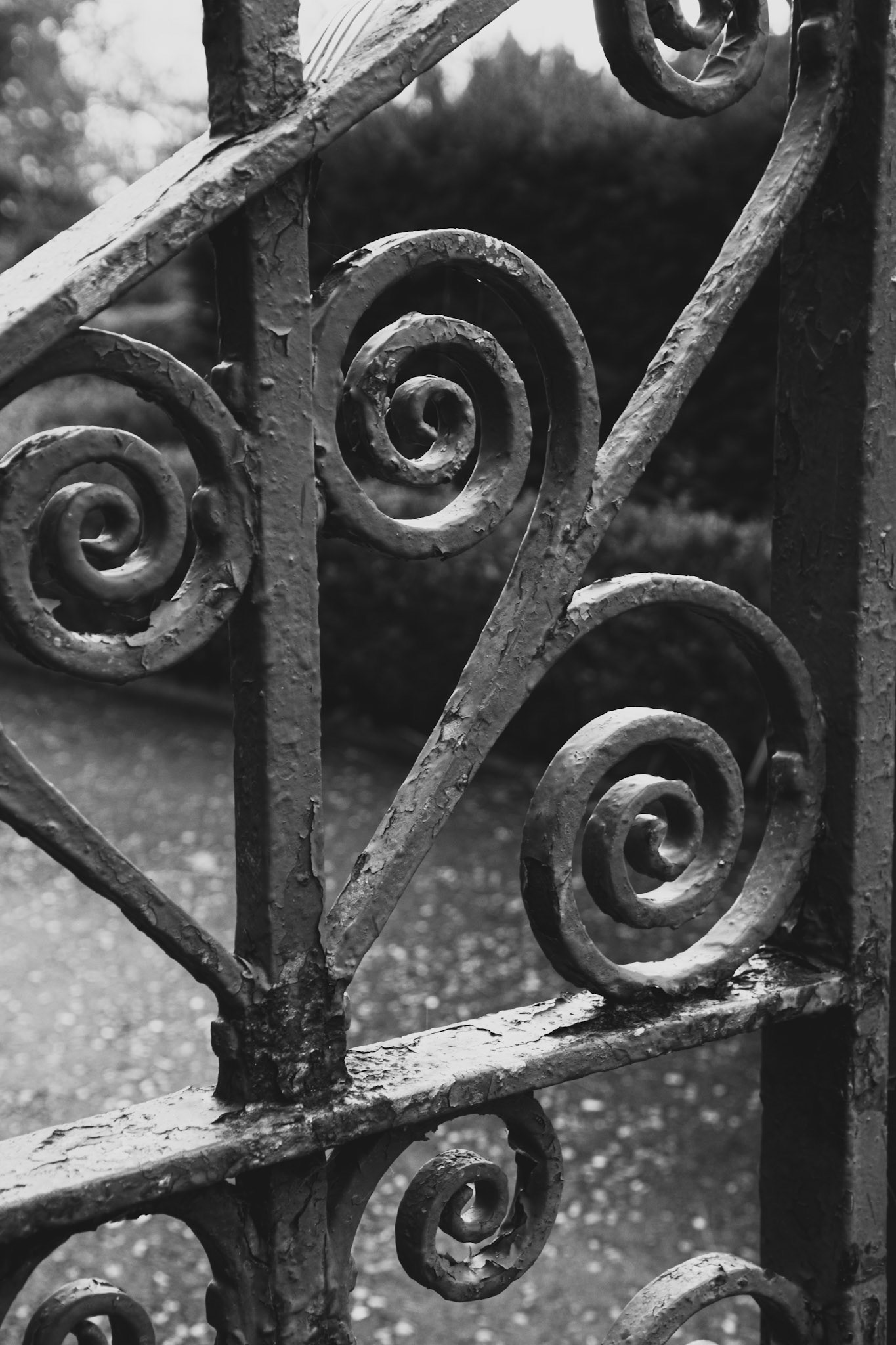
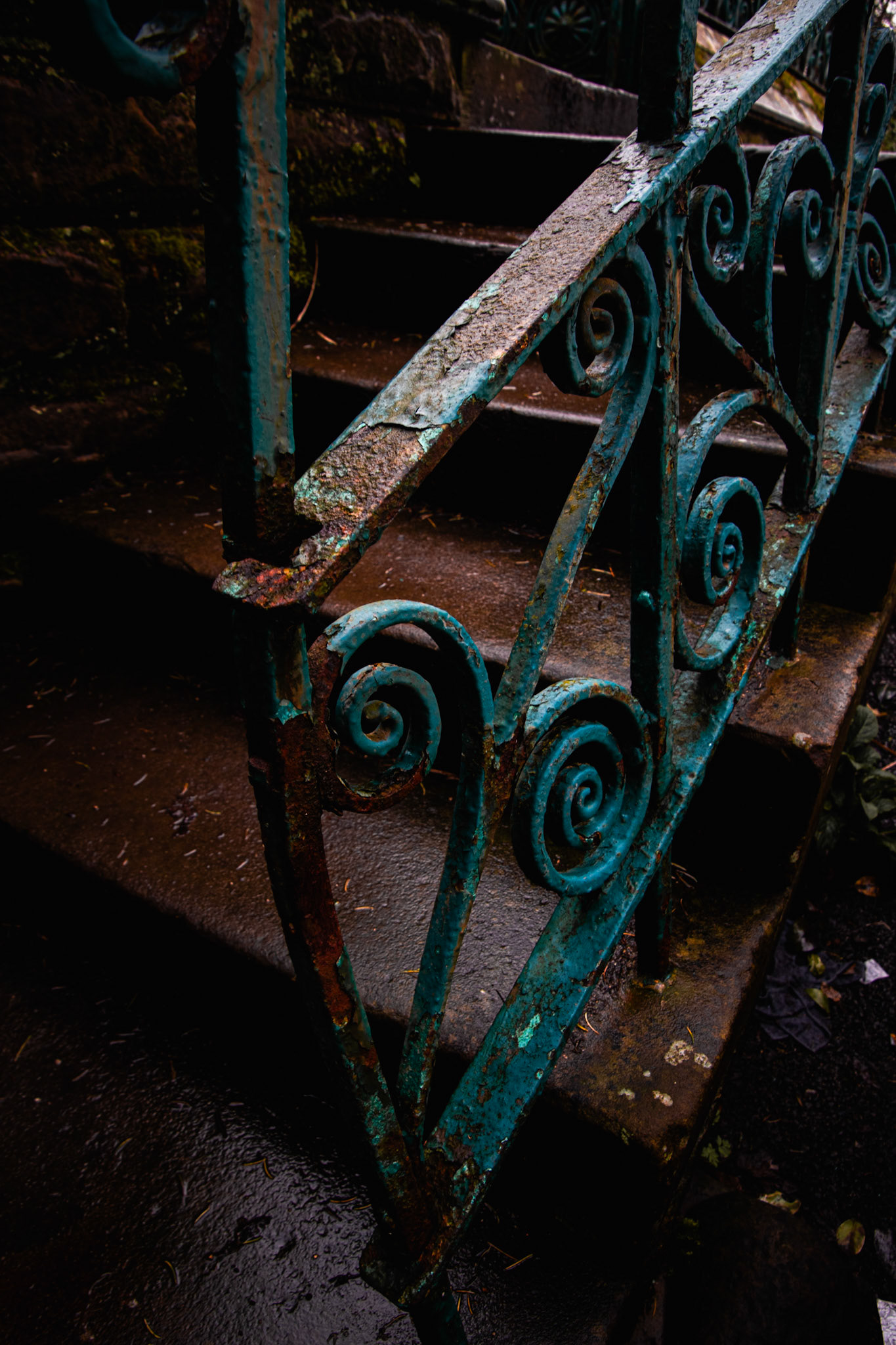
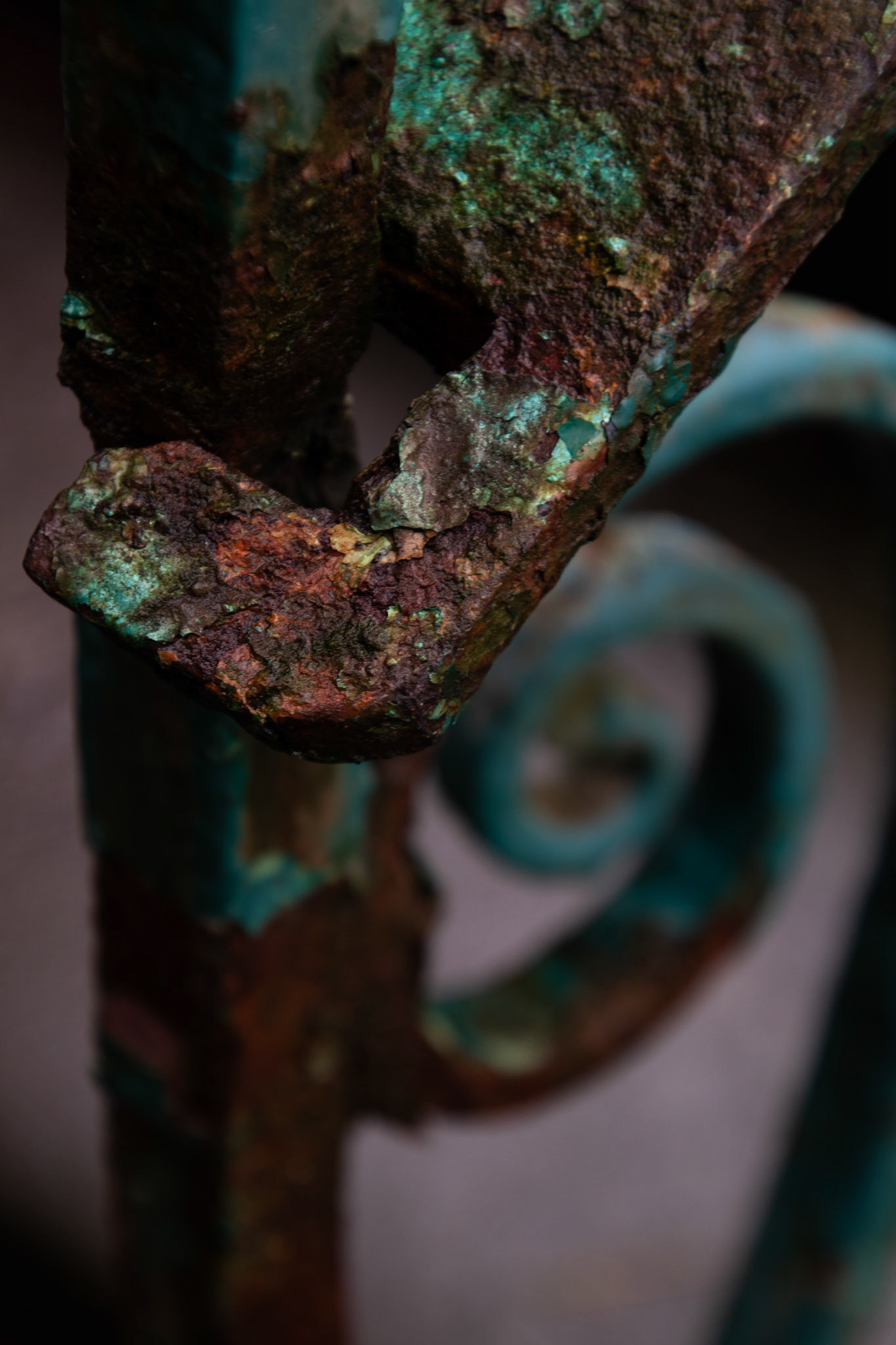
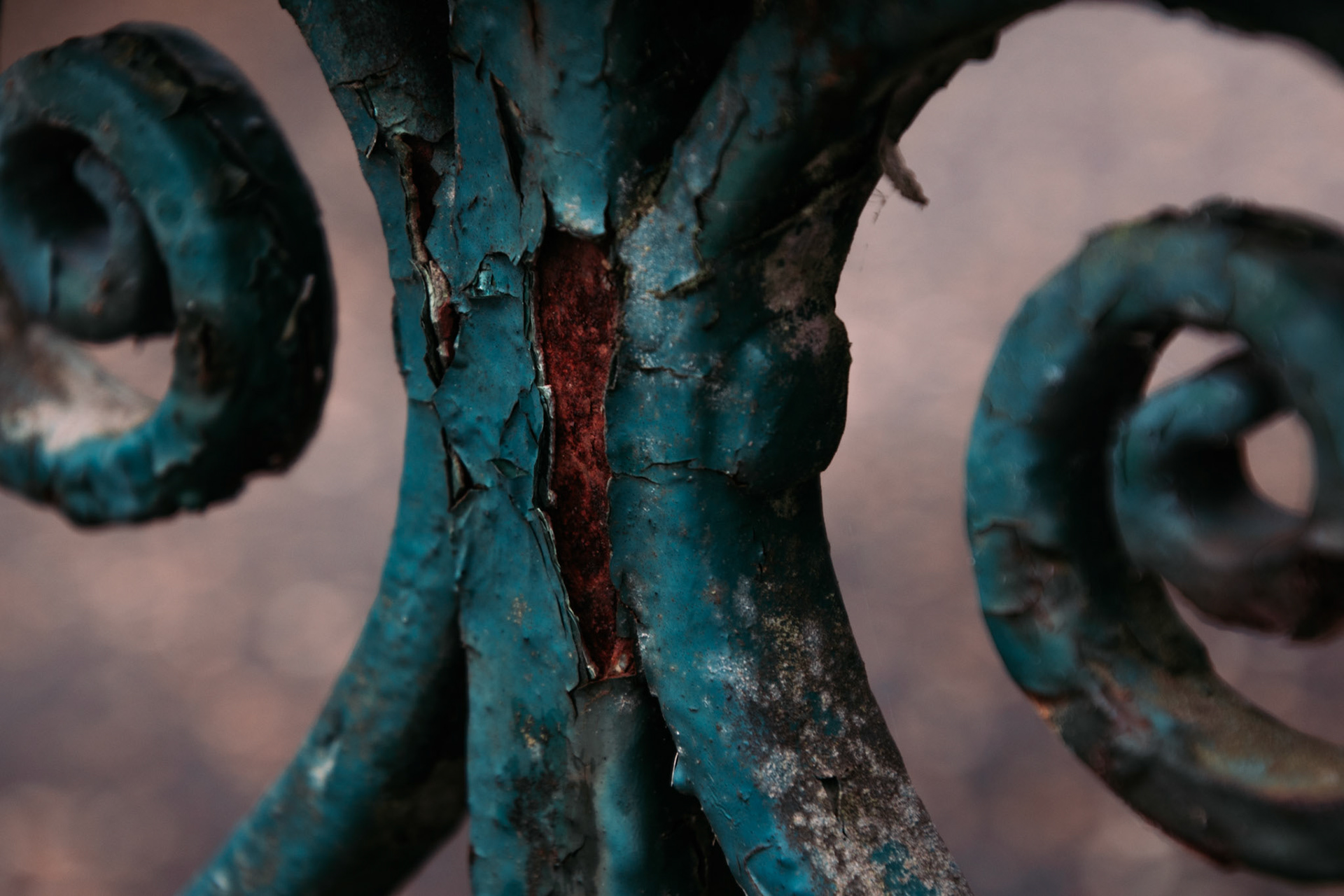
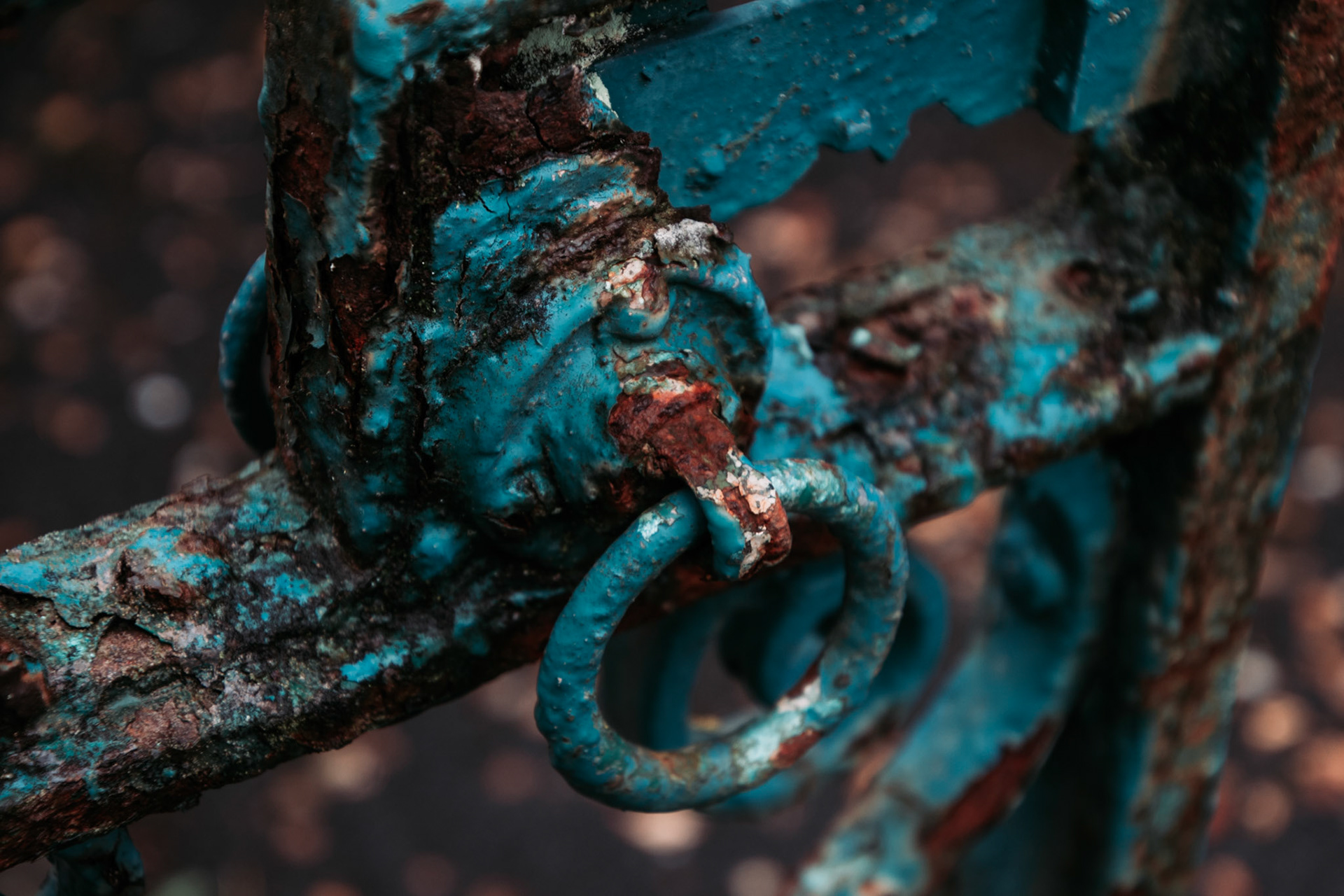
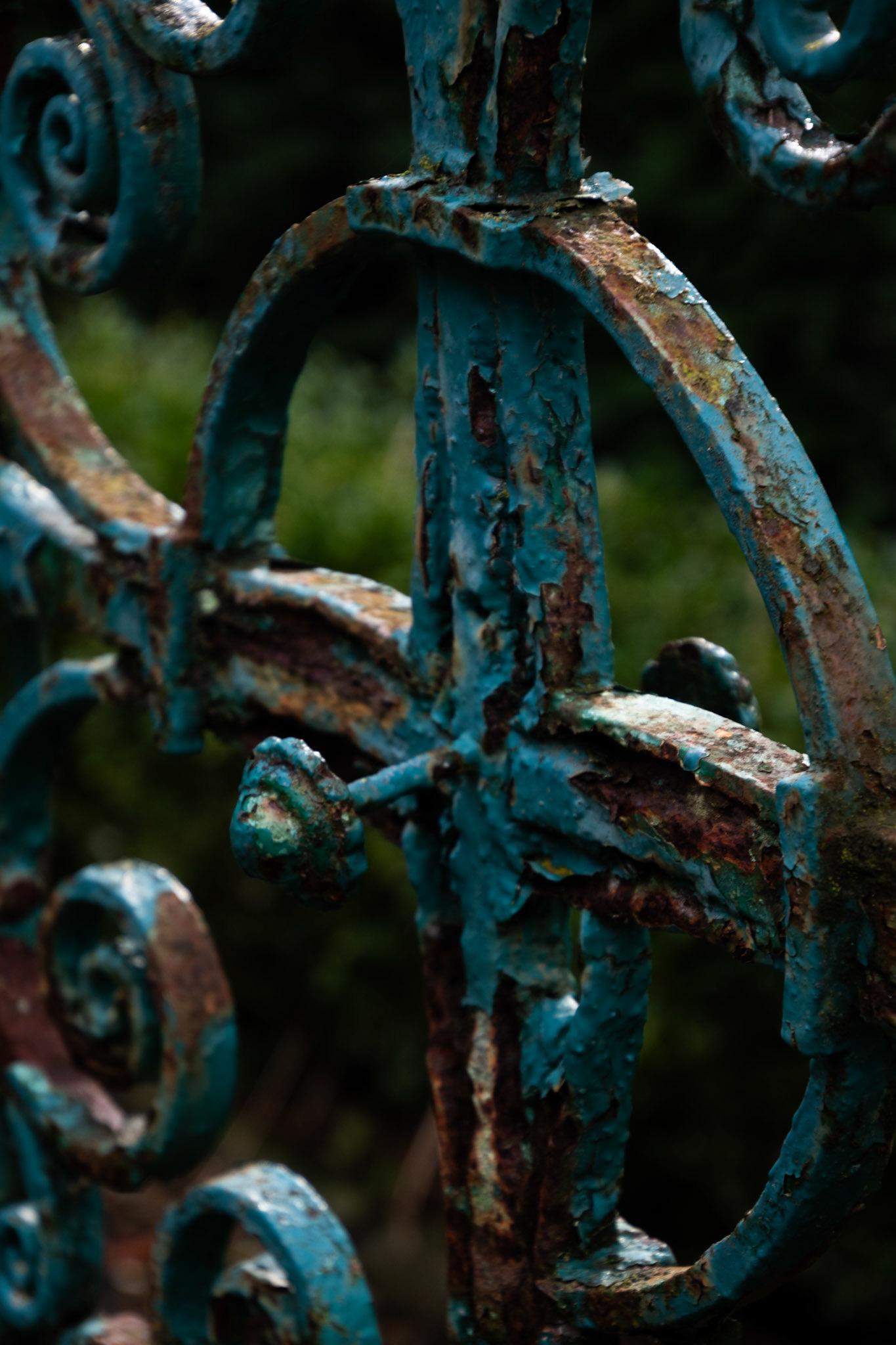
Exploring the wider location and atmosphere through pen and ink drawings
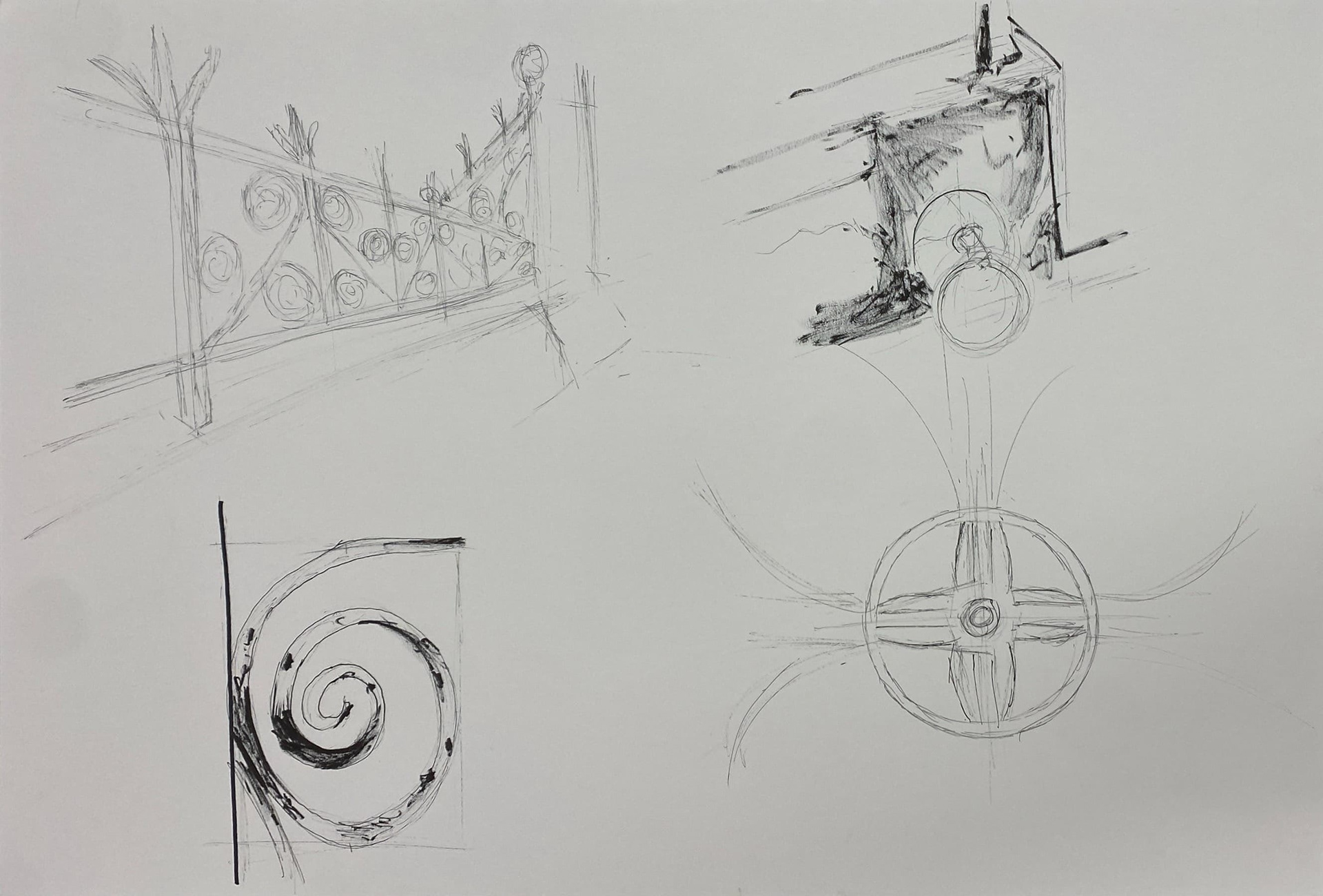

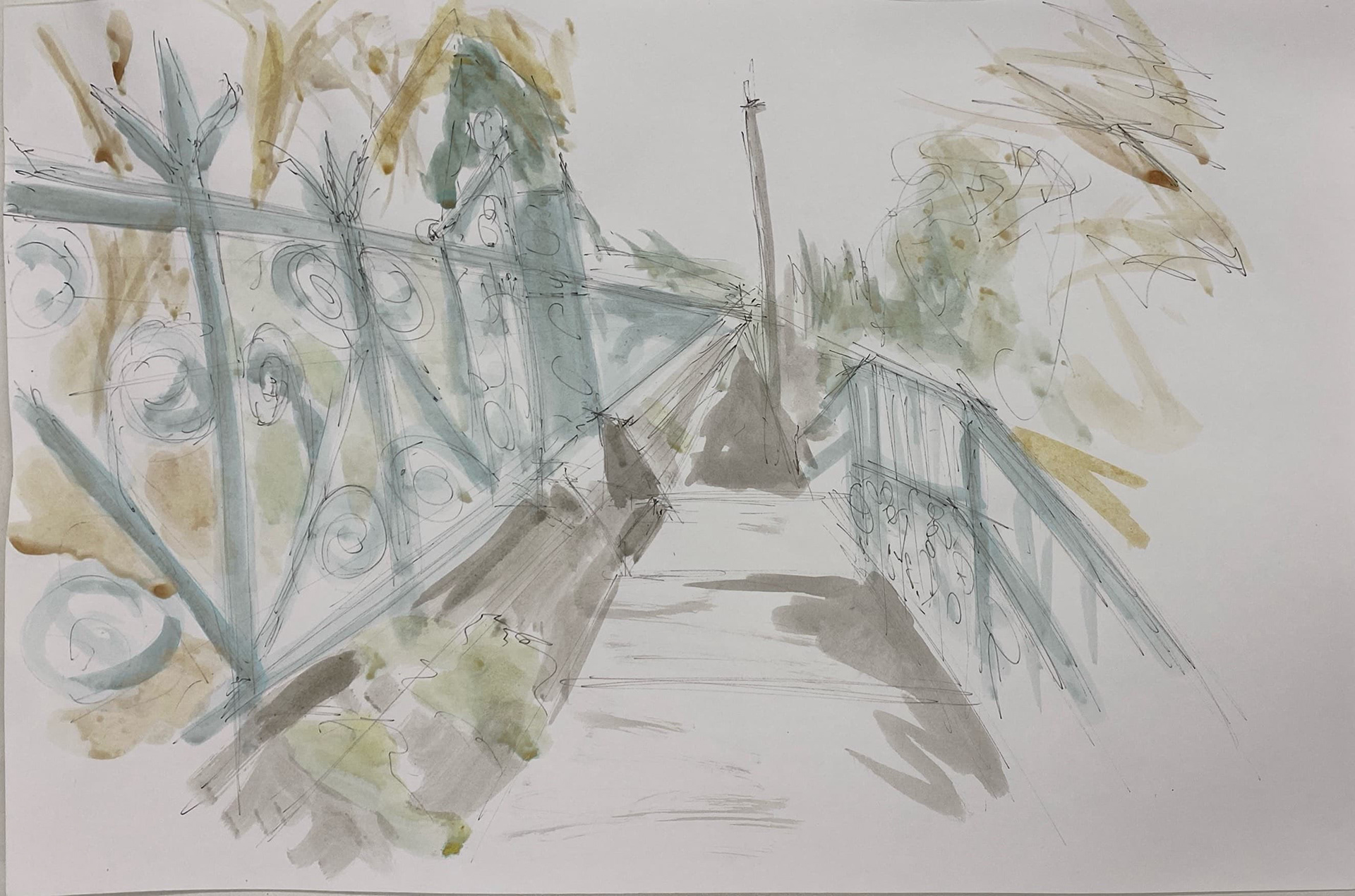
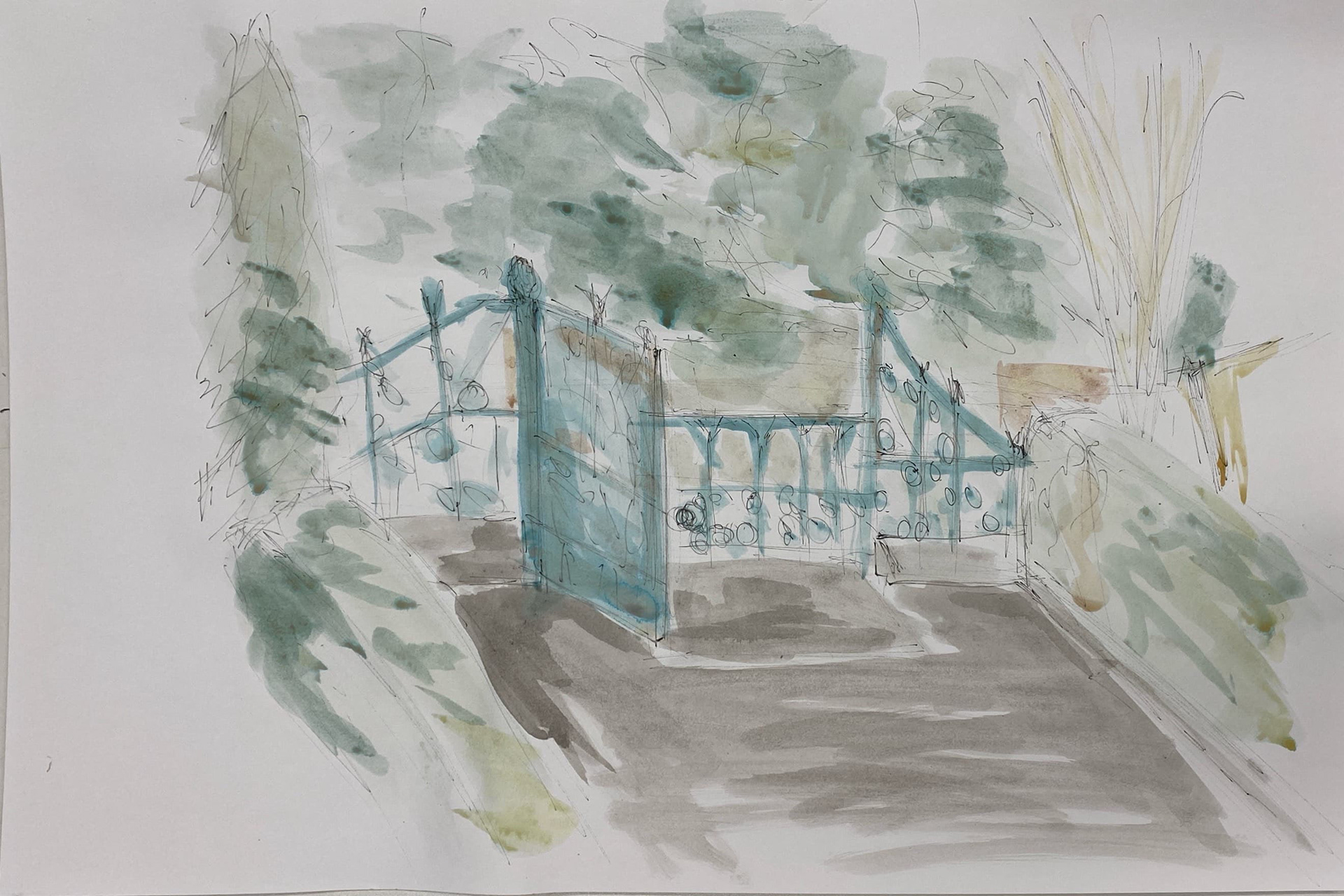

Looking at the interplay between form and colour up close in acrylic

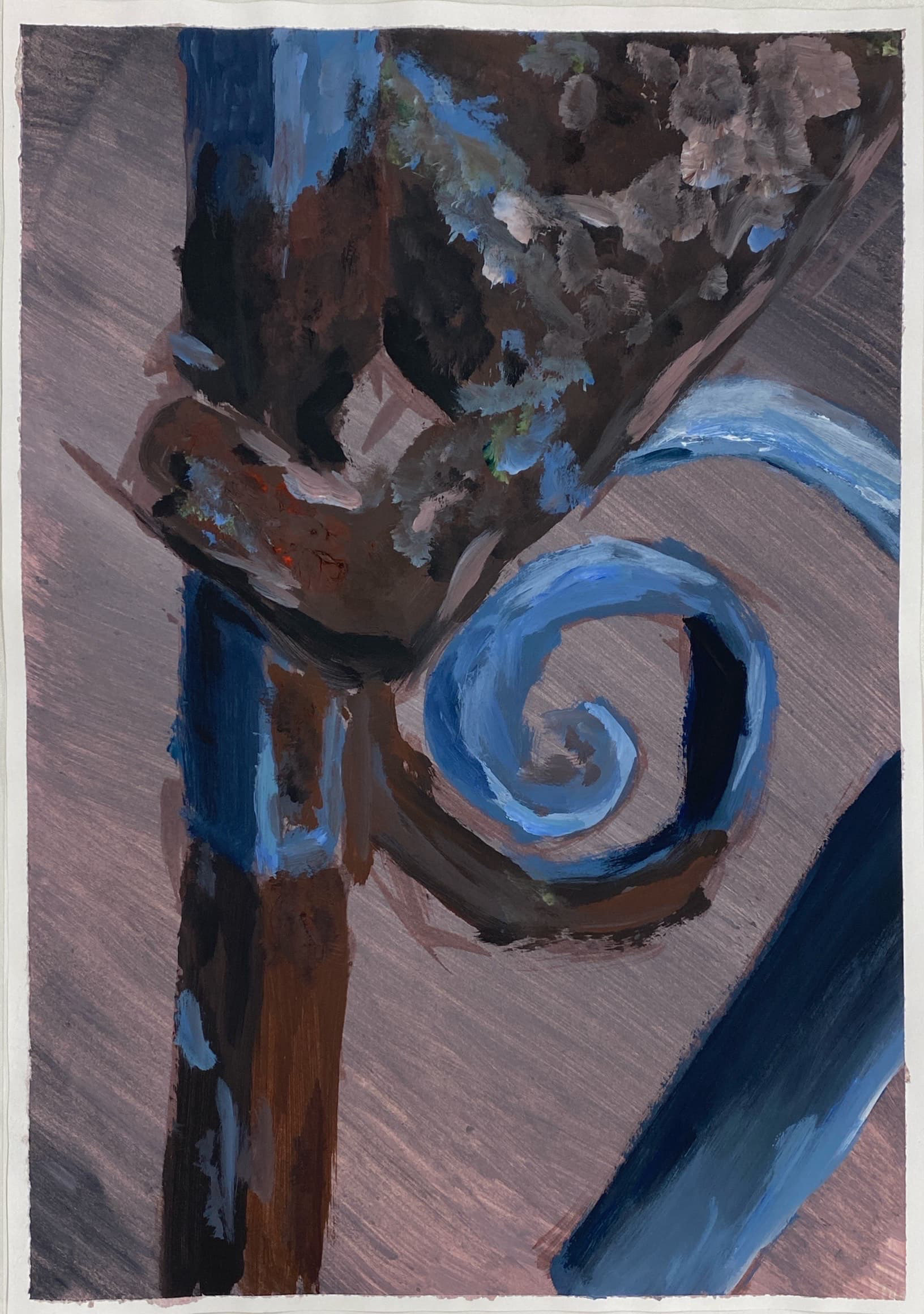
Recording The Didsbury Parsonage and Garden inside a matchbox
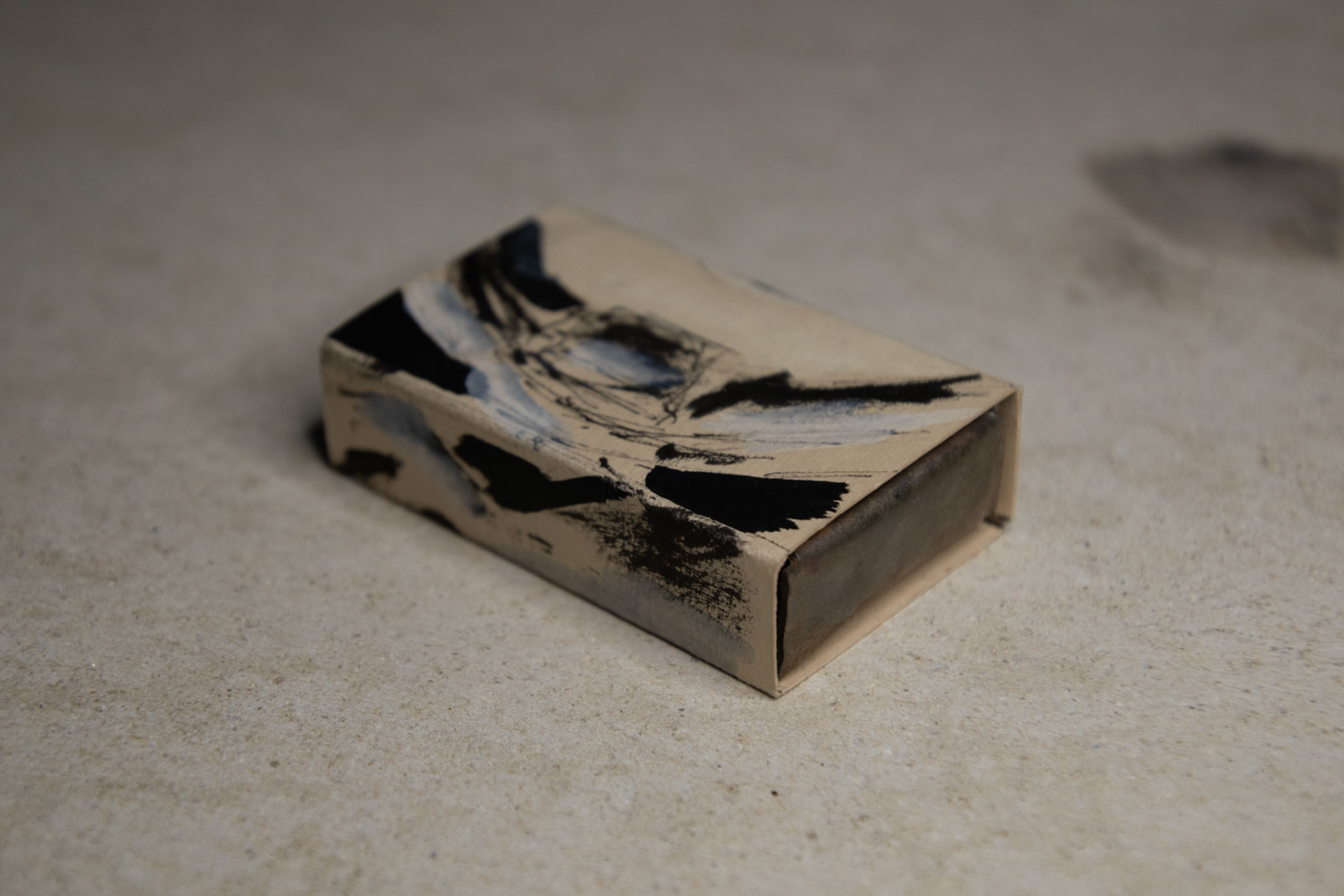
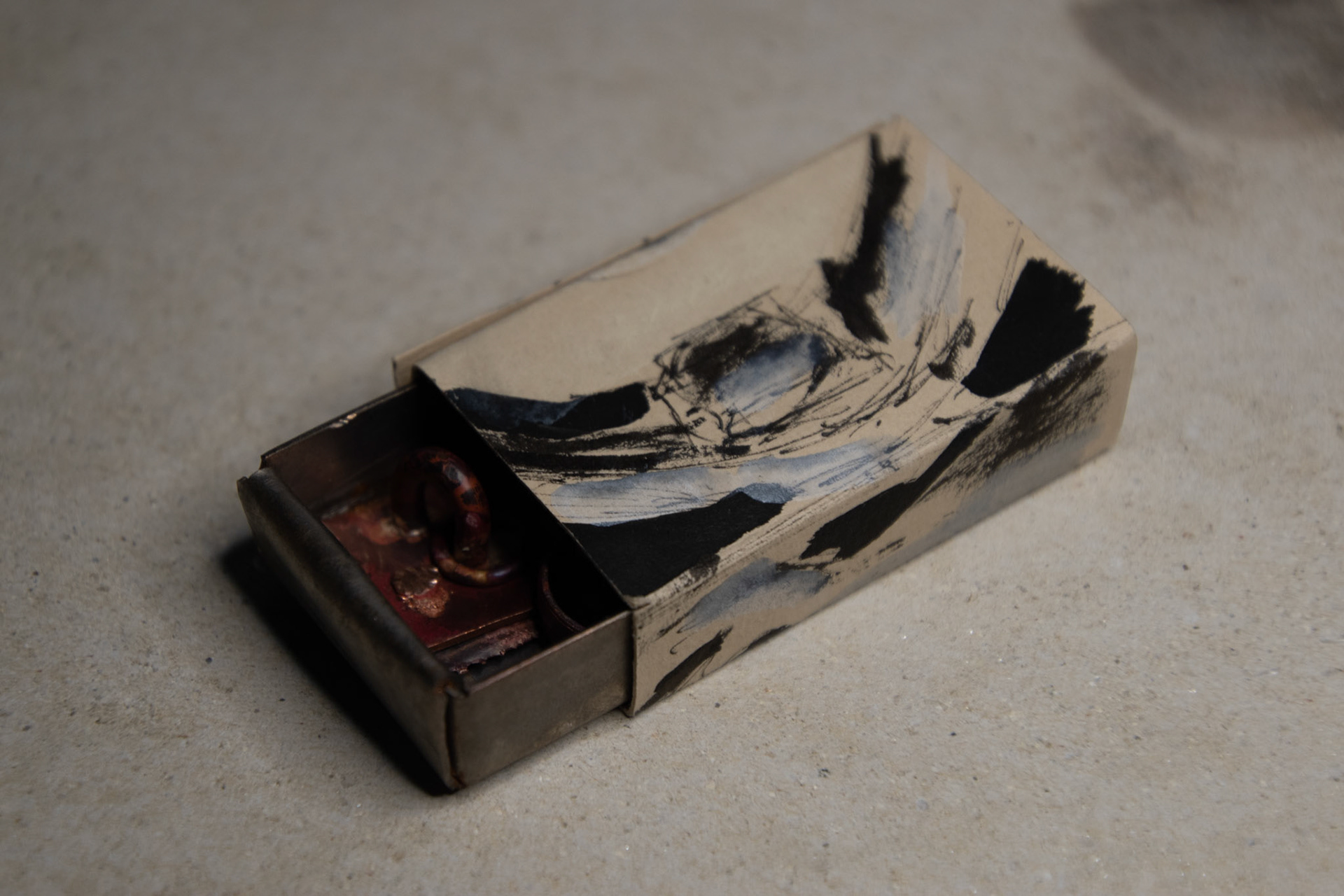

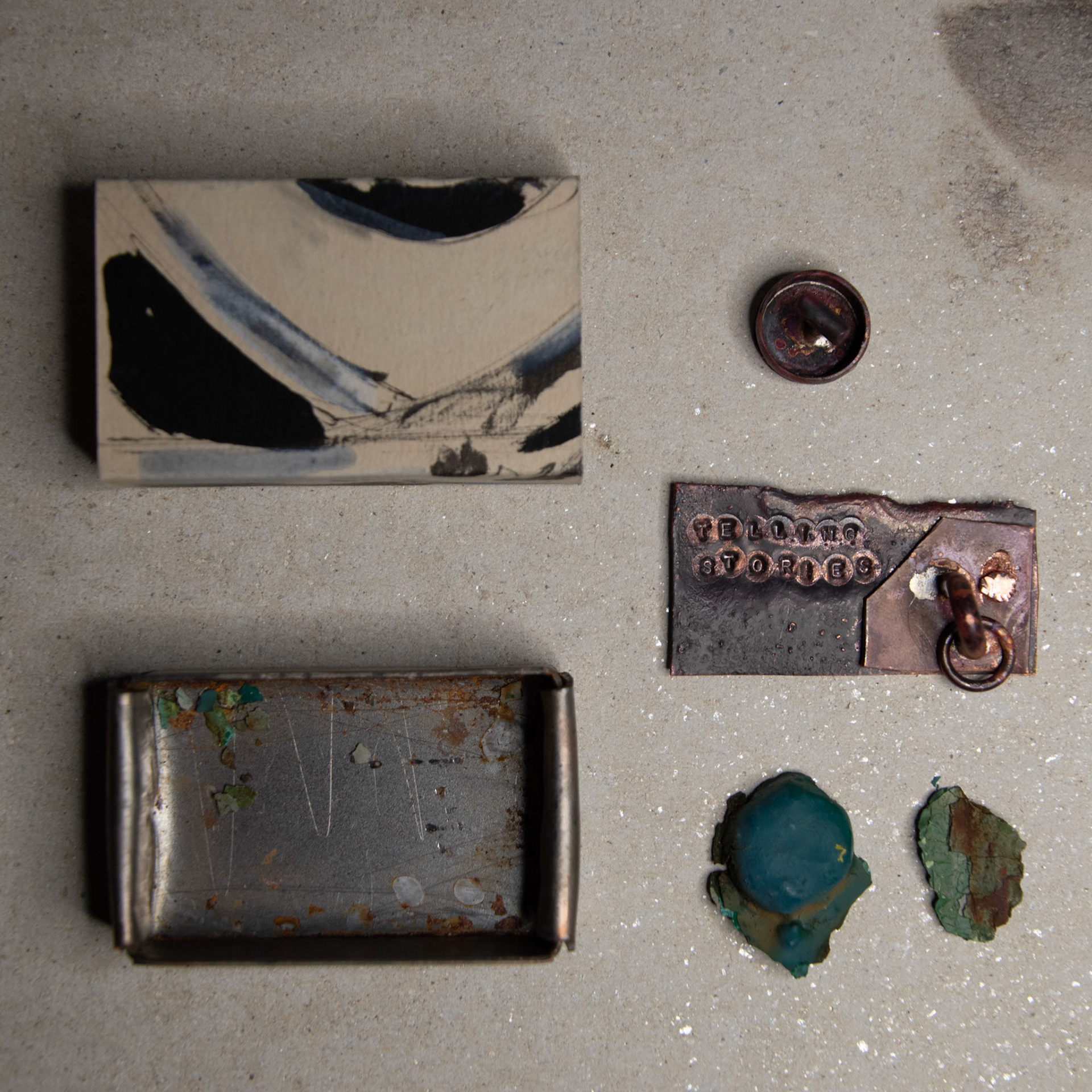

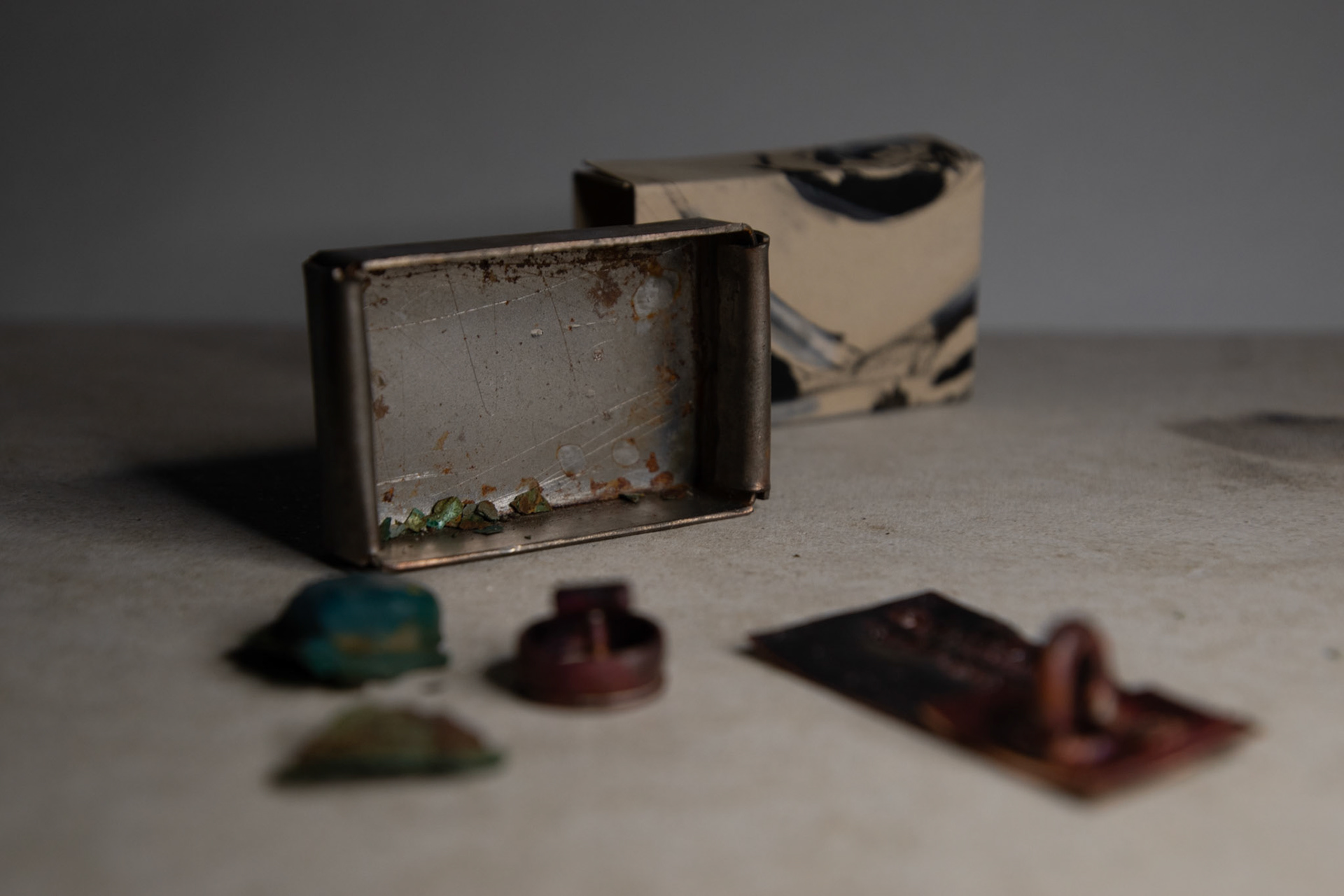
I sought to capture and record the main details and inspirations from my first trip through an archive in a matchbox. The paper sleeve has a loose and rough depiction of the iron gate, which invites the viewer to explore its contents. This is reinforced by the weight of the hand formed steel tray. I chose a sheet of steel with initial signs of rust to hint at the state of decay of the ironwork at the Parsonage. Furthermore, the material choices of the matchbox explore the concept of the container breaking down and returning to nature leaving only the objects inside behind. This aims to hint at the impermanence of the ironwork.
Inside I placed two pieces of chipped off paint I found at the Parsonage bringing a real part of the location as well as true colour. The soldered copper elements explore reimagining the details of the gate. The stamped letters read "telling stories", a quote from a volunteer from the parsonage who described history and its importance. Additionally this summaries the way the archive is formed, mainly through direct conversation.
Model box workshop
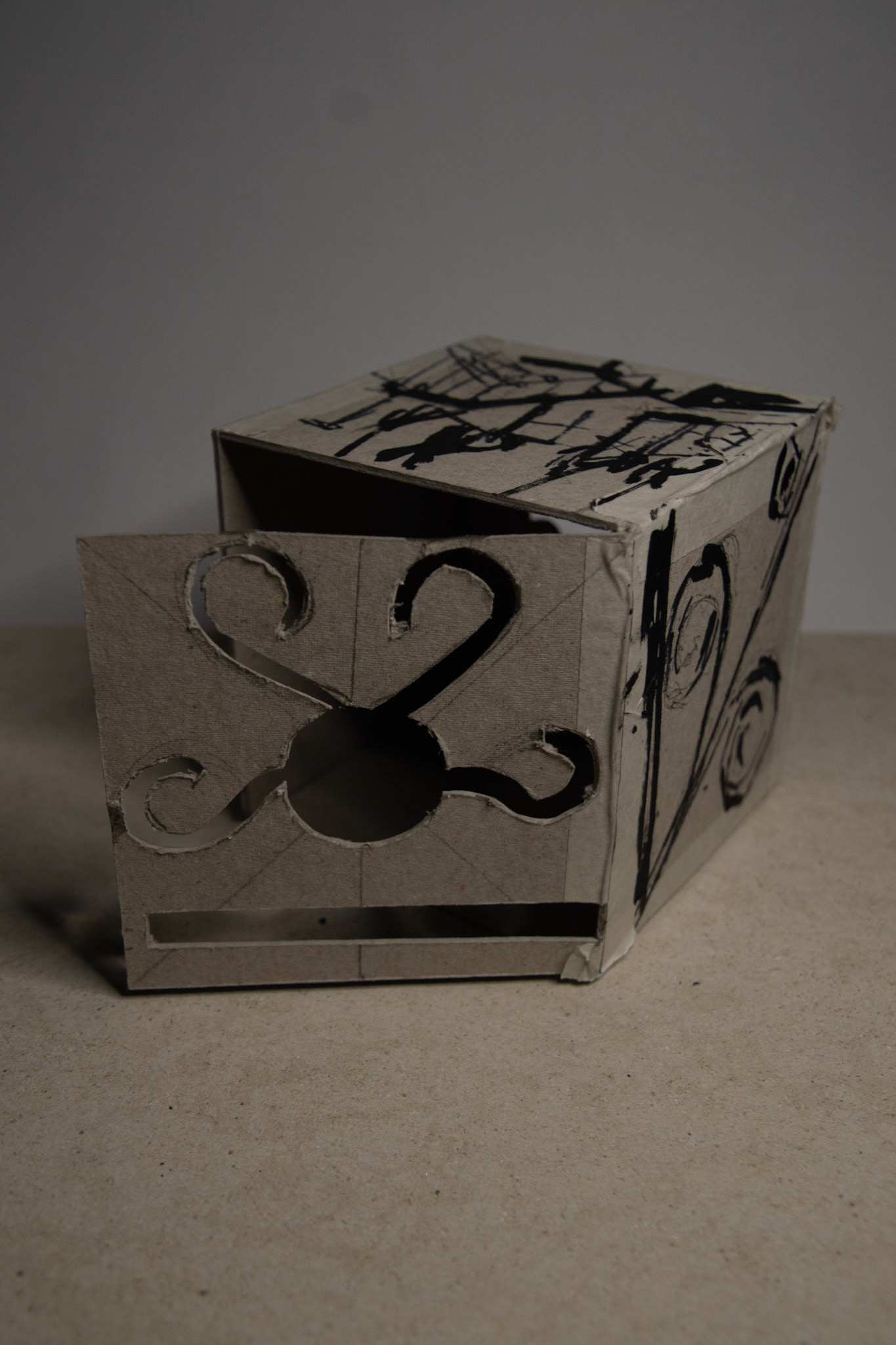
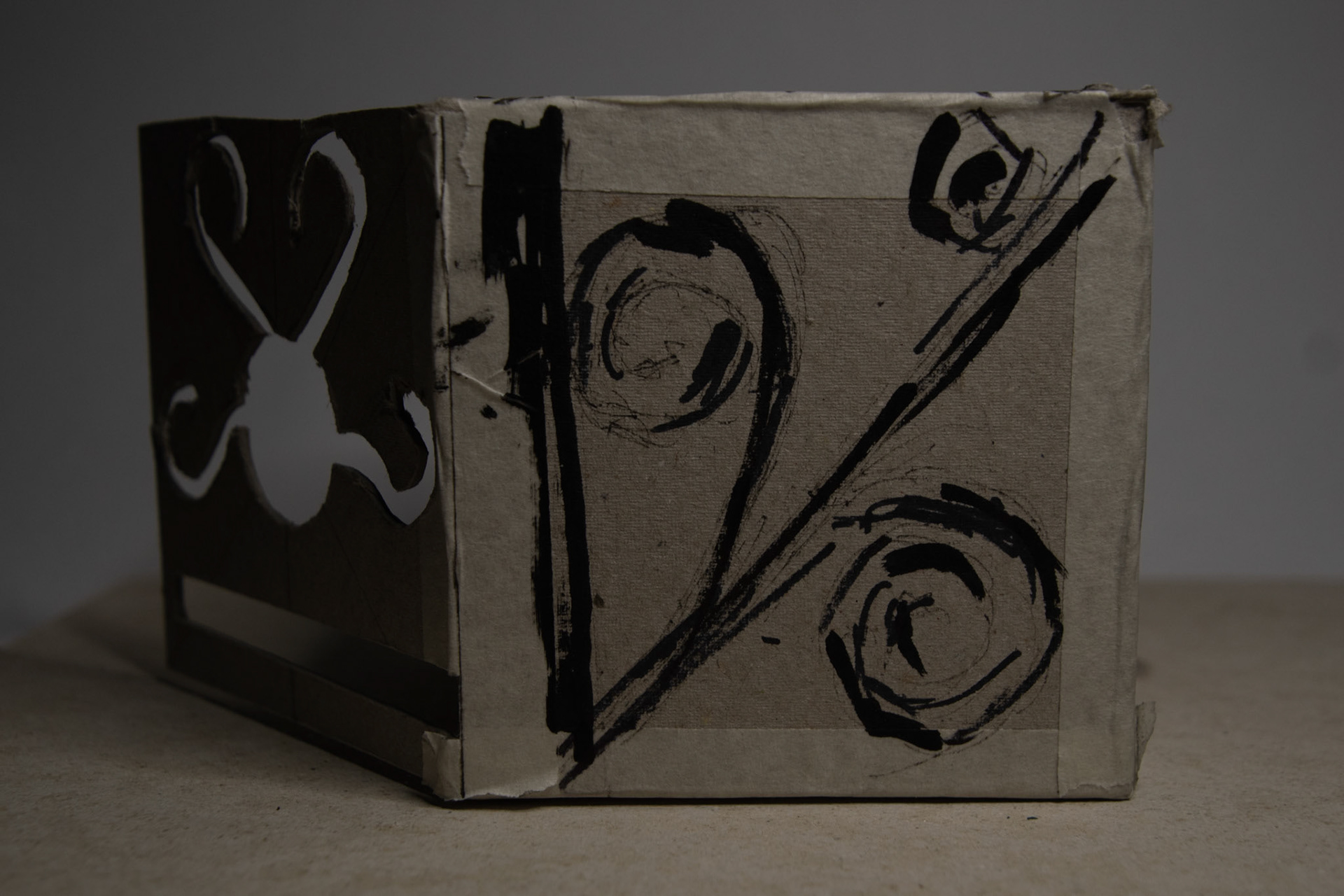
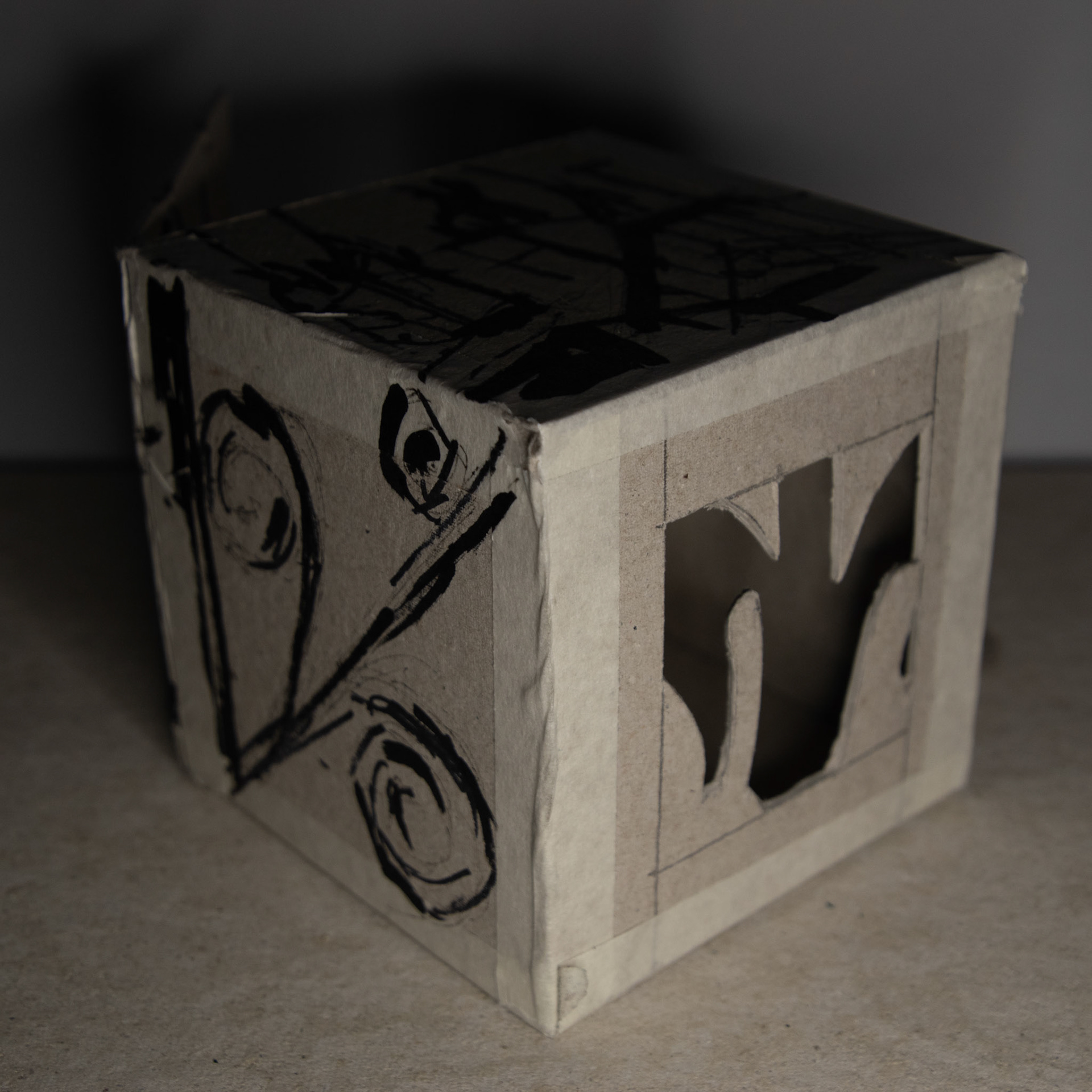
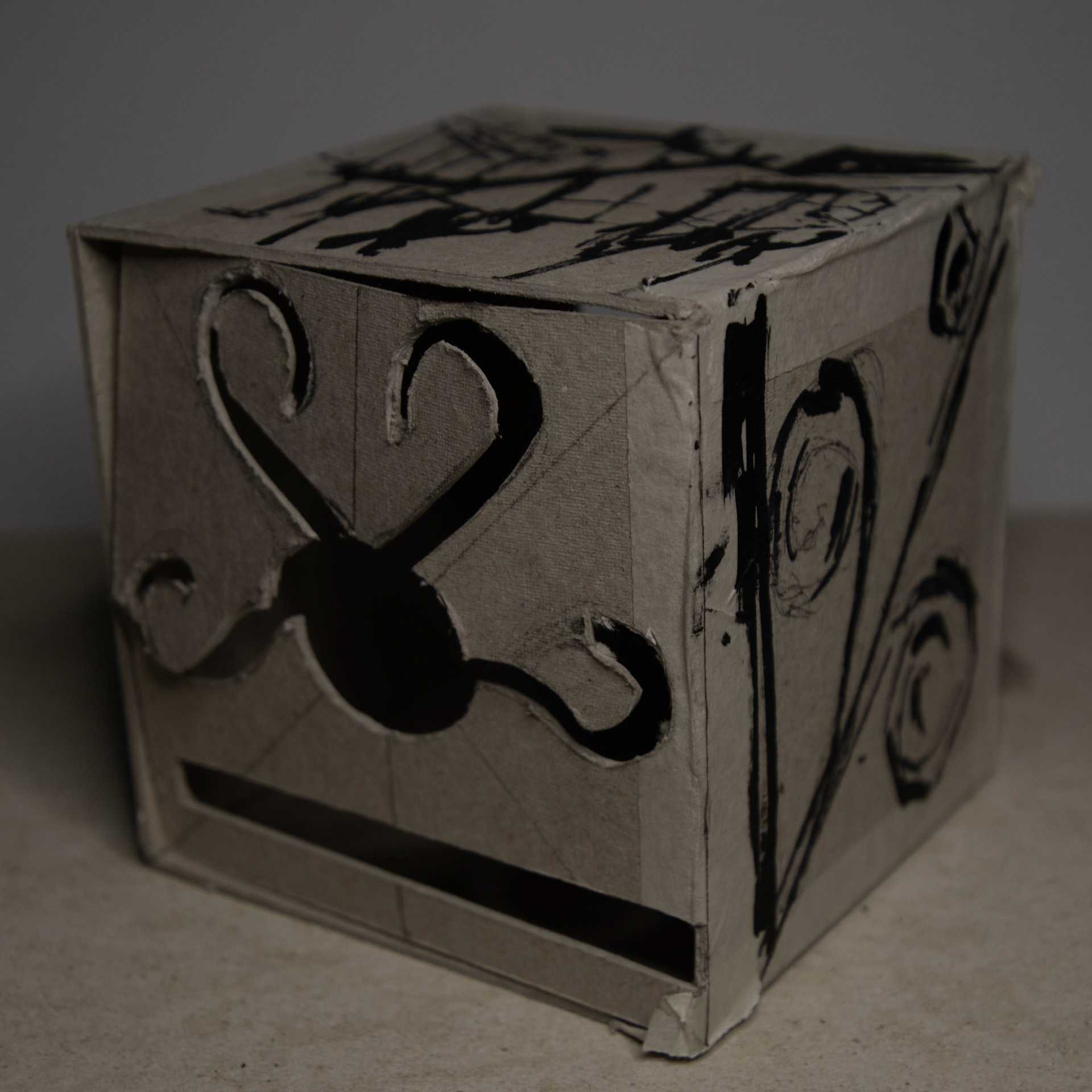
In the model box workshop, I explored the constraints of the pattern work throughout the iron railings, where a system of repeating squares runs the length of the road. I transformed this into a cube taking the 2D element into an object that can be rotated and explored. This is reinforced by the hinged side which investigates the swinging motion of the gate and invites the viewer to inspect the object from different perspectives. The cut-out sections look at precise pattern that experiments with the interaction between the piece and light. Whereas the drawn pattern seeks to capture the raw atmosphere of the Parsonage.
Second visit documentation
Throughout my second visit I focused on the iron railings’ surroundings. I first documented the other elements of ironwork throughout the Parsonage and church looking at the overall form. I also try to capture more of the site’s atmosphere. I discovered a juxtaposition between the quiet and slow-paced environment of the Parsonage and the continuously alive centre of the city of Manchester that I live in. I recorded the sounds around the Parsonage and layer edited them to capture the abundance of nature. I also introduced the audio of a car starting and moving away to explore notion that although the site is extremely peaceful, people tend to only visit for a sort time, using the Parsonage as an escape from their busy lives. Additionally, due to the frequent coming and going, there is a high frequency of traffic and mechanised sounds that disrupt nature.
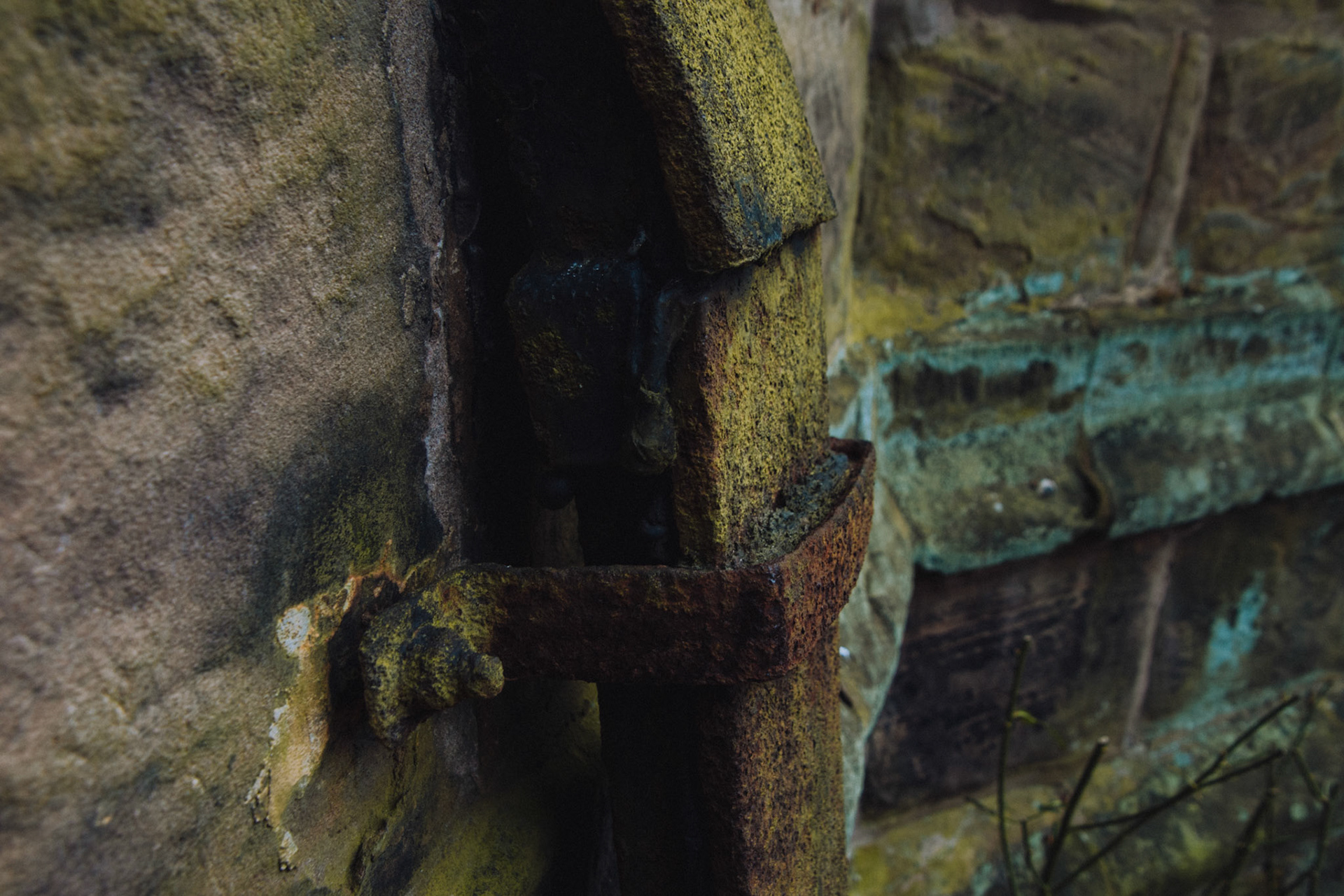
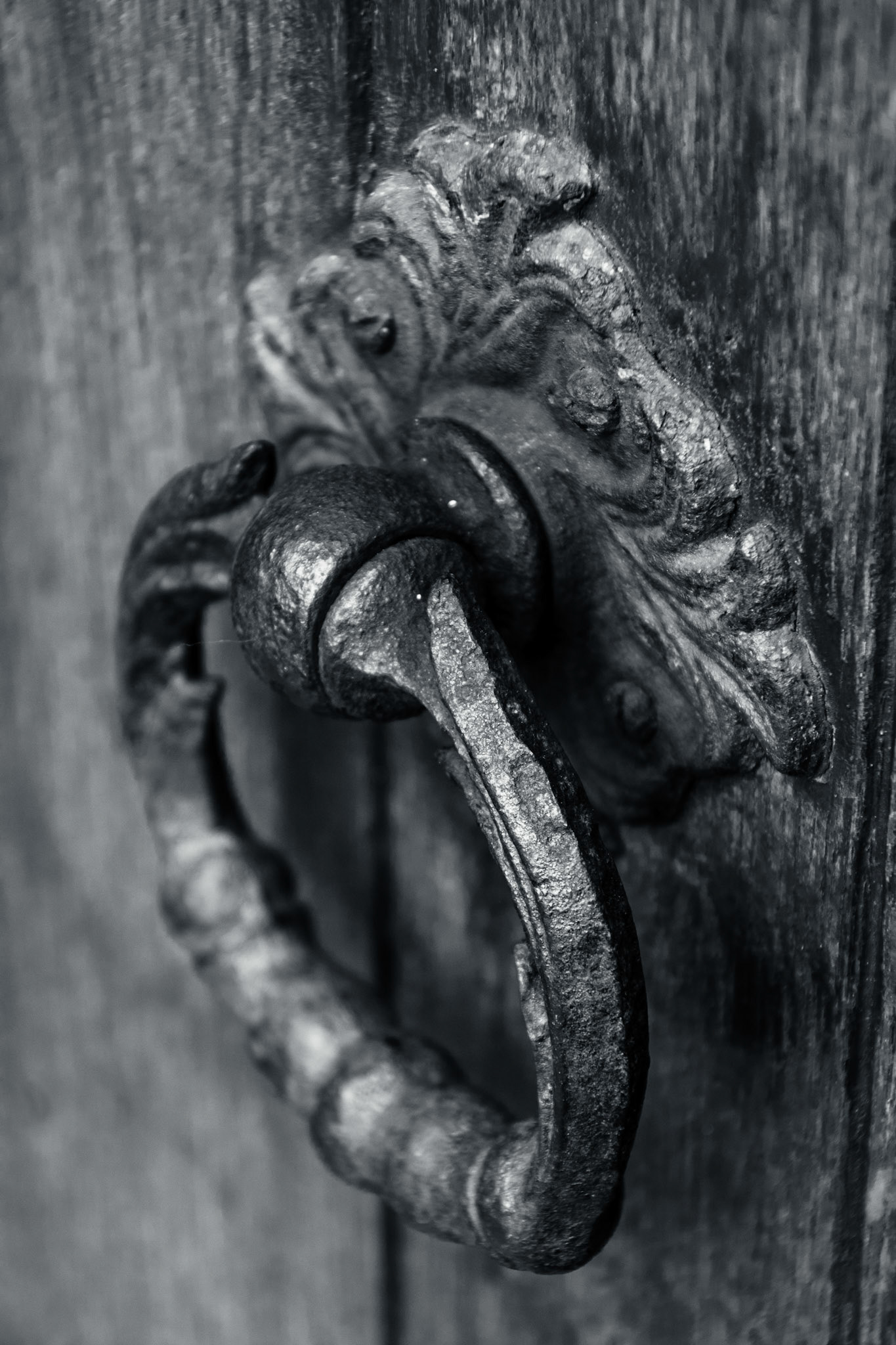
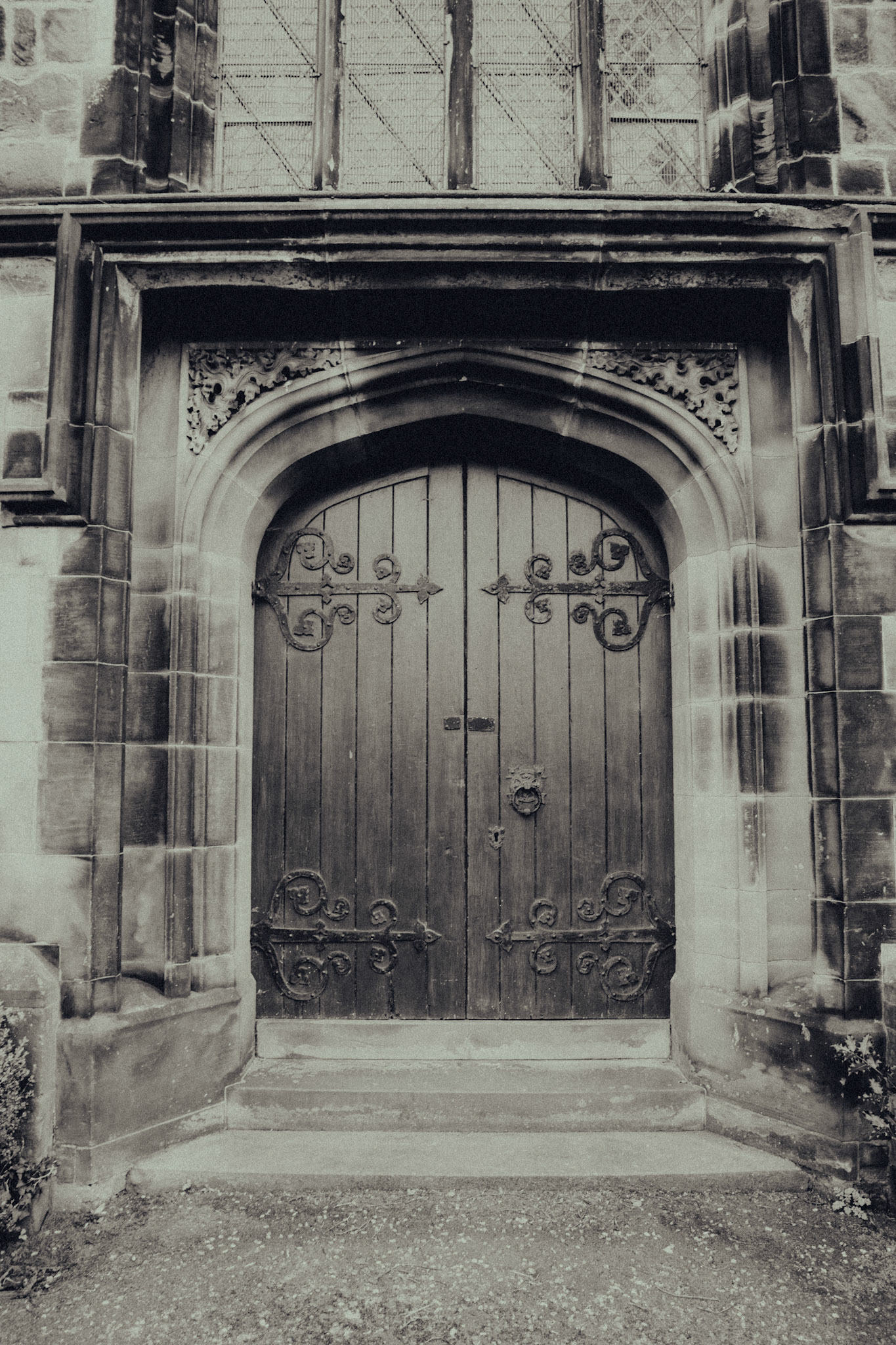
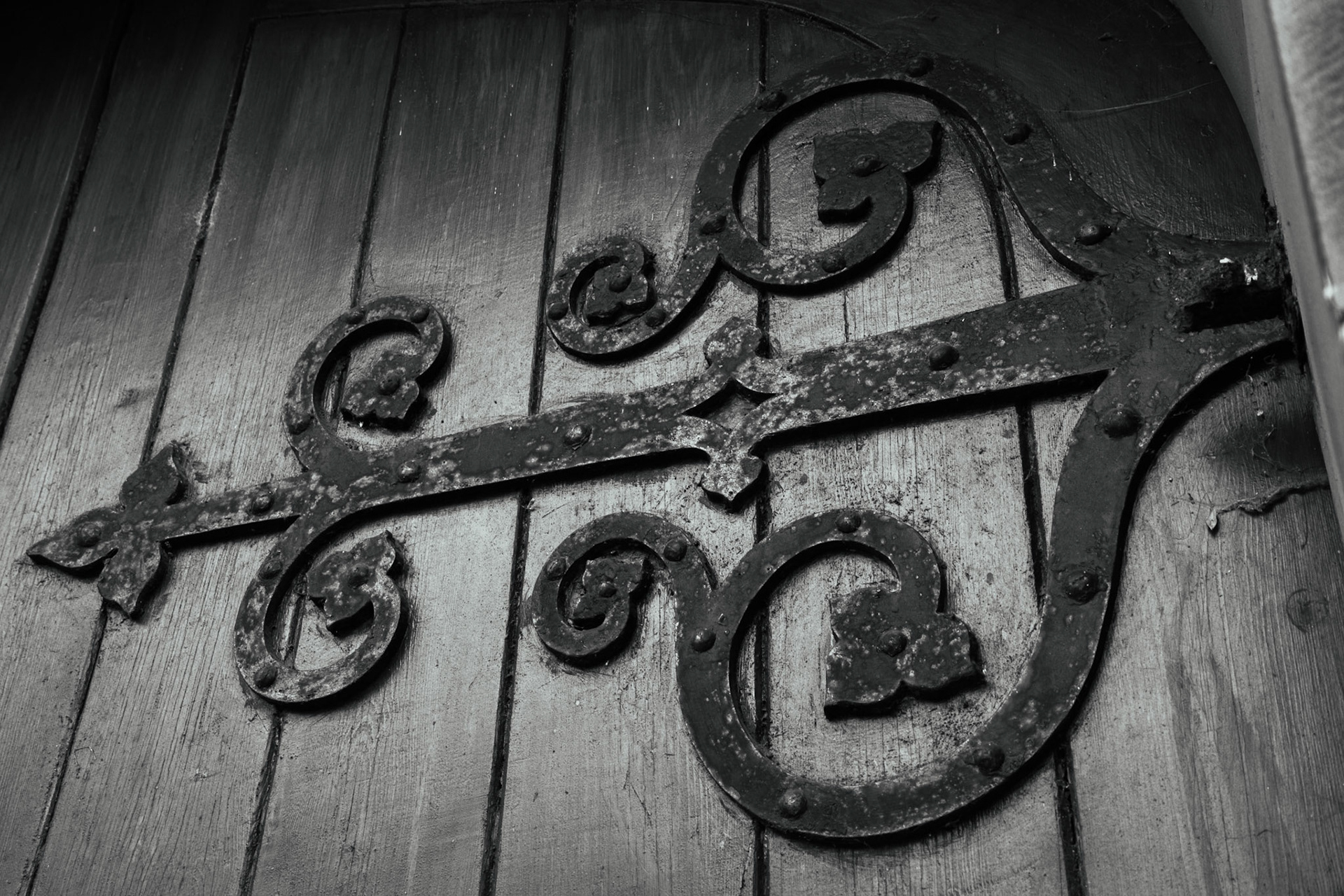

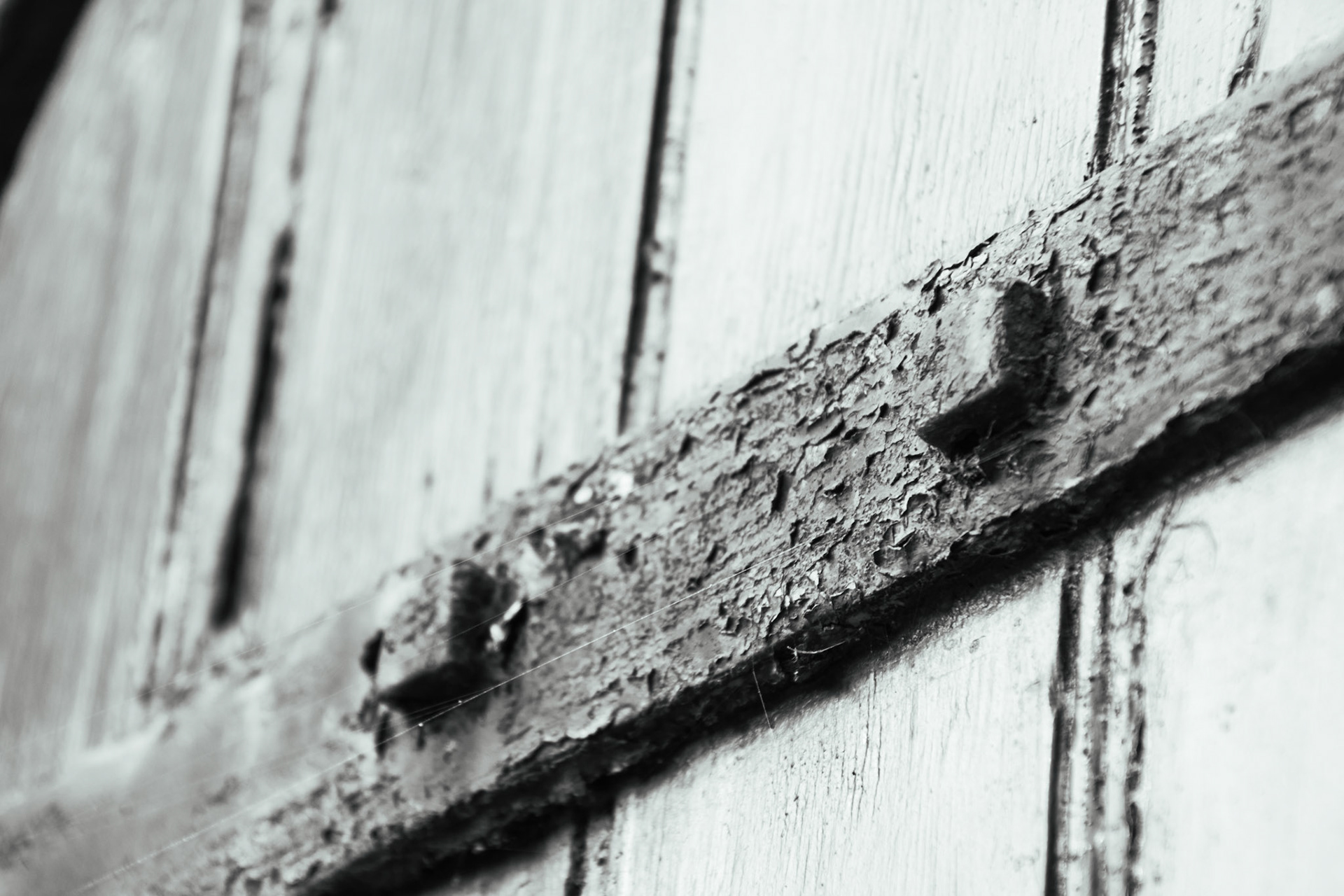
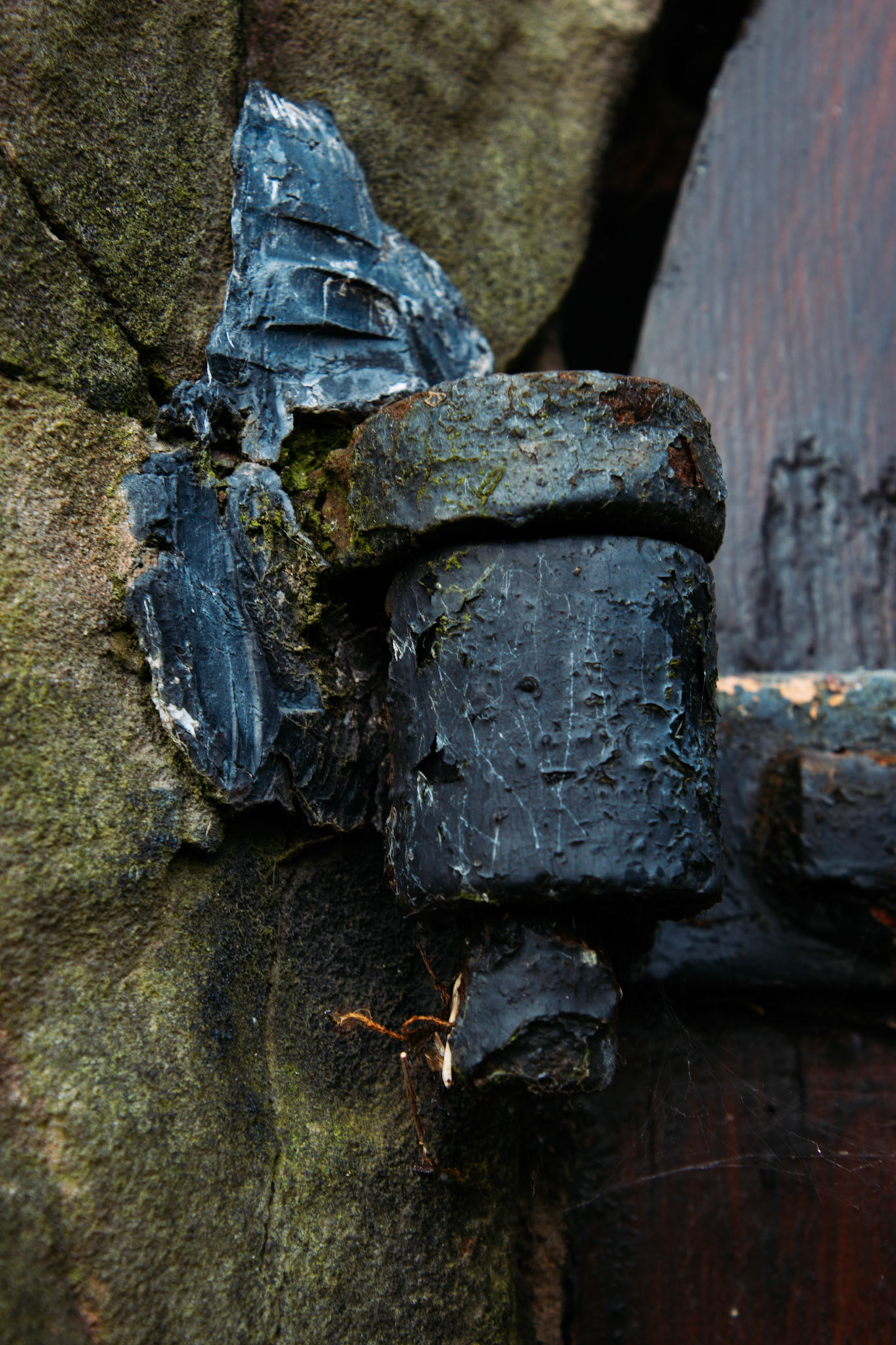

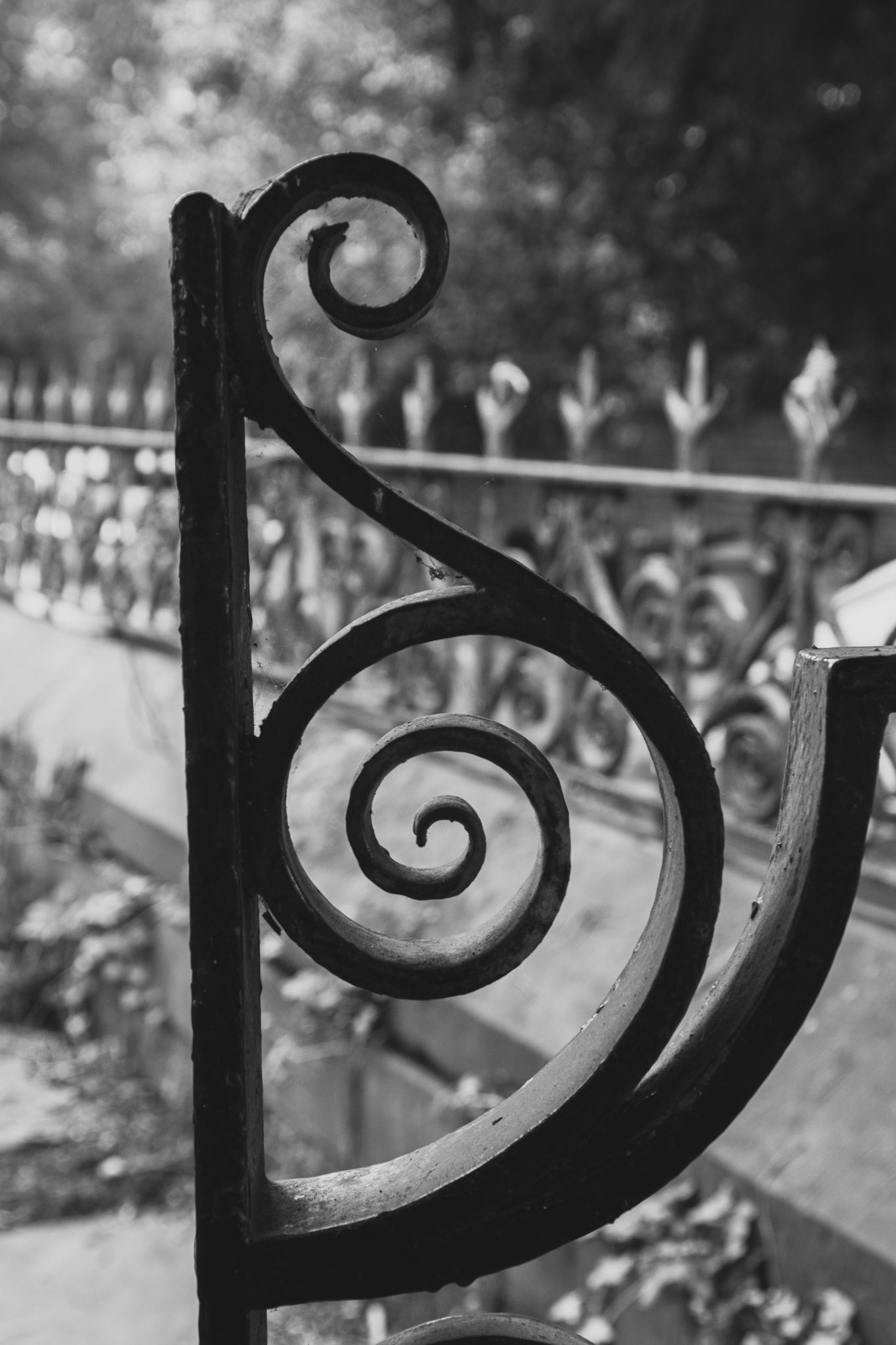


Mapping the site
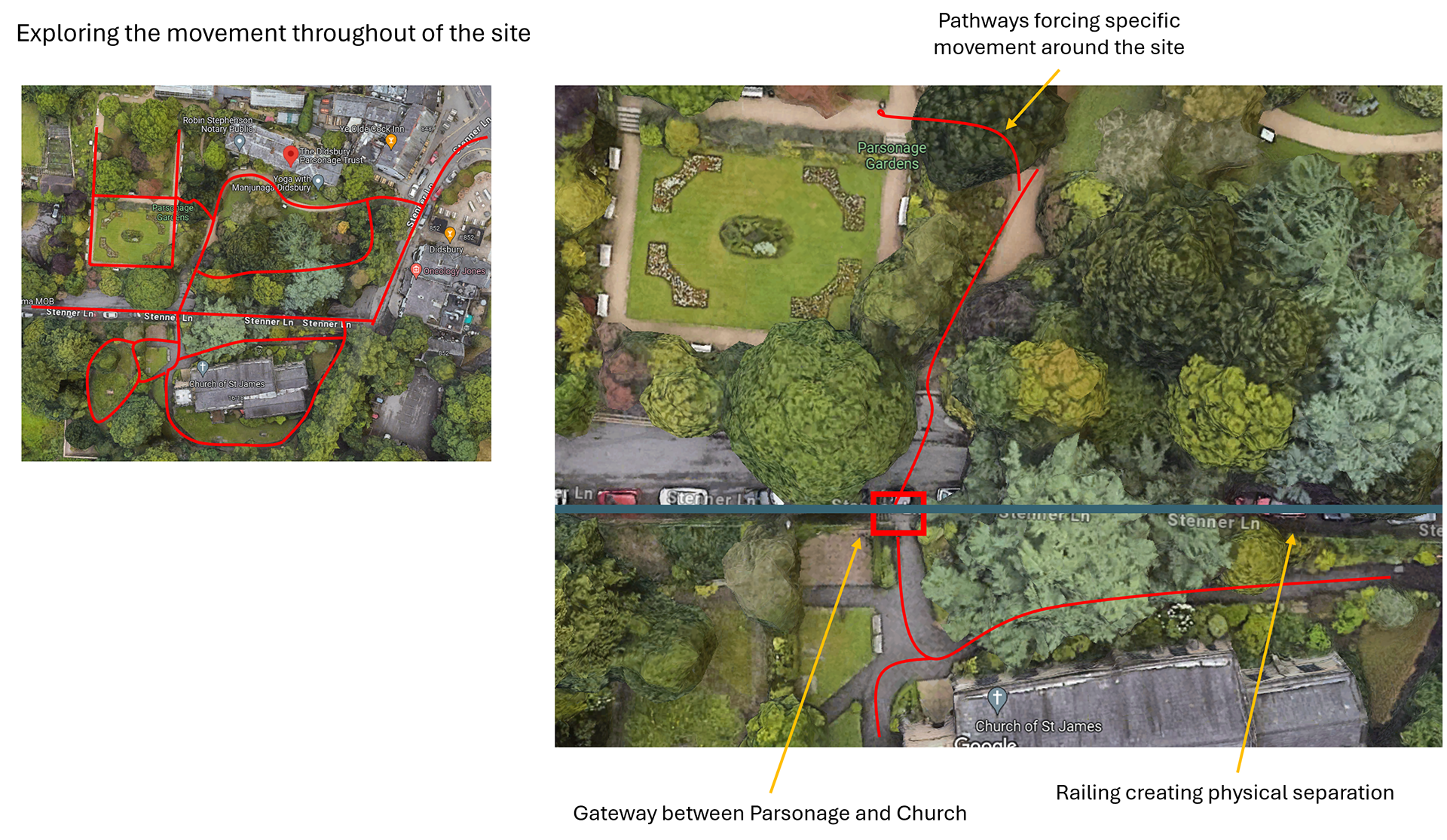

I mapped the site using google maps to gain an accurate representation of the movement of people around the site. I also looked at how elevation and levels affect the atmosphere. I believe that although the nature is initially freeing from the highly industrialised city centre, it has become oppressive. There are many large trees that loom over the road and paths around the Parsonage giving a sense of entrapment and discomfort. Additionally, the Church sits high up on the site and is quite large alongside the cool tones of the stone, giving an uneasy mood to the location.
Trip to V&A Ironwork exhibition
During my trip to the V&A I aimed to gain a greater historical understanding of the forms and techniques used in Ironwork. I looked for initial inspiration for the systems and rules used to create individual pieces as well as individual components that make up a larger structure, such as balustrades.
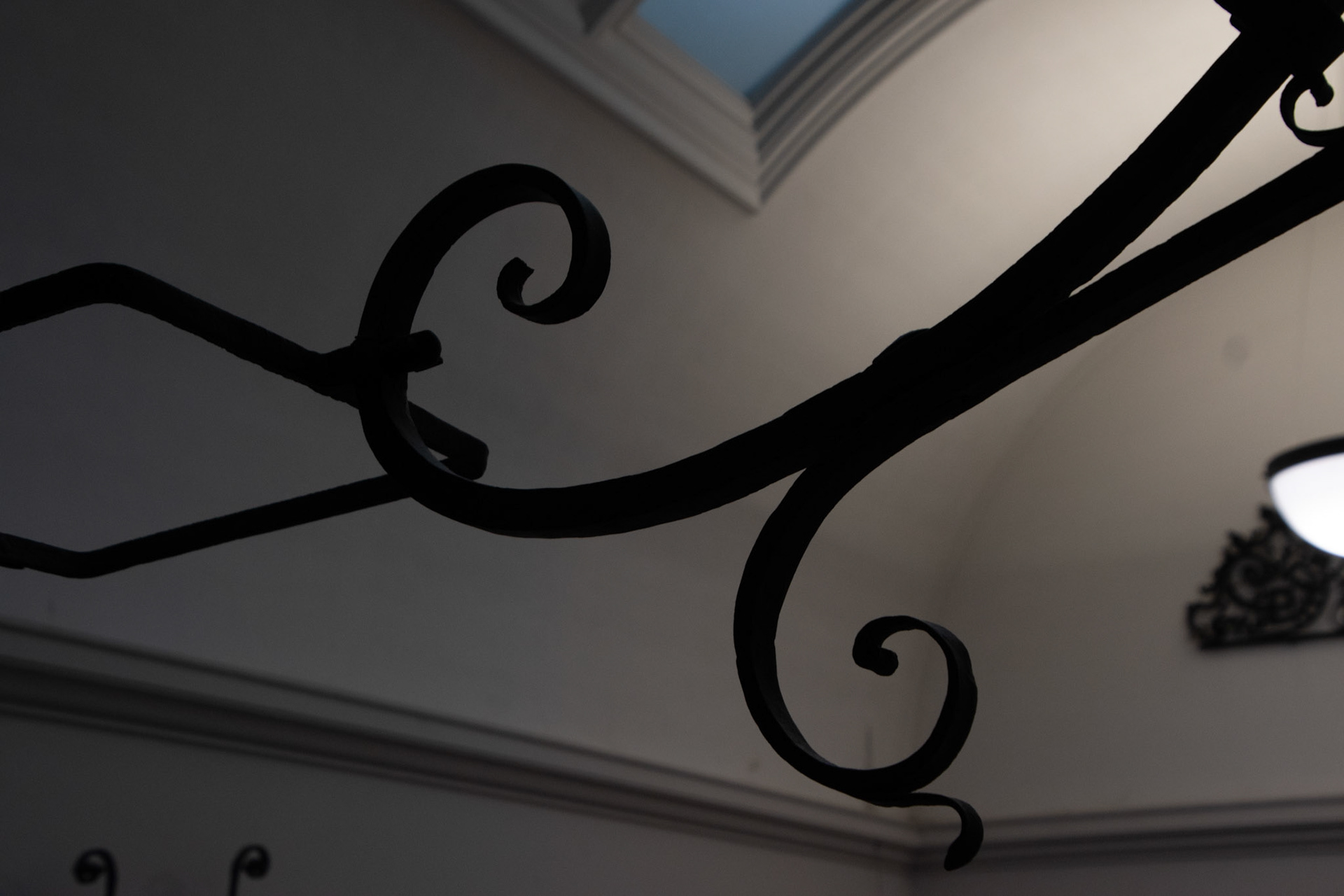
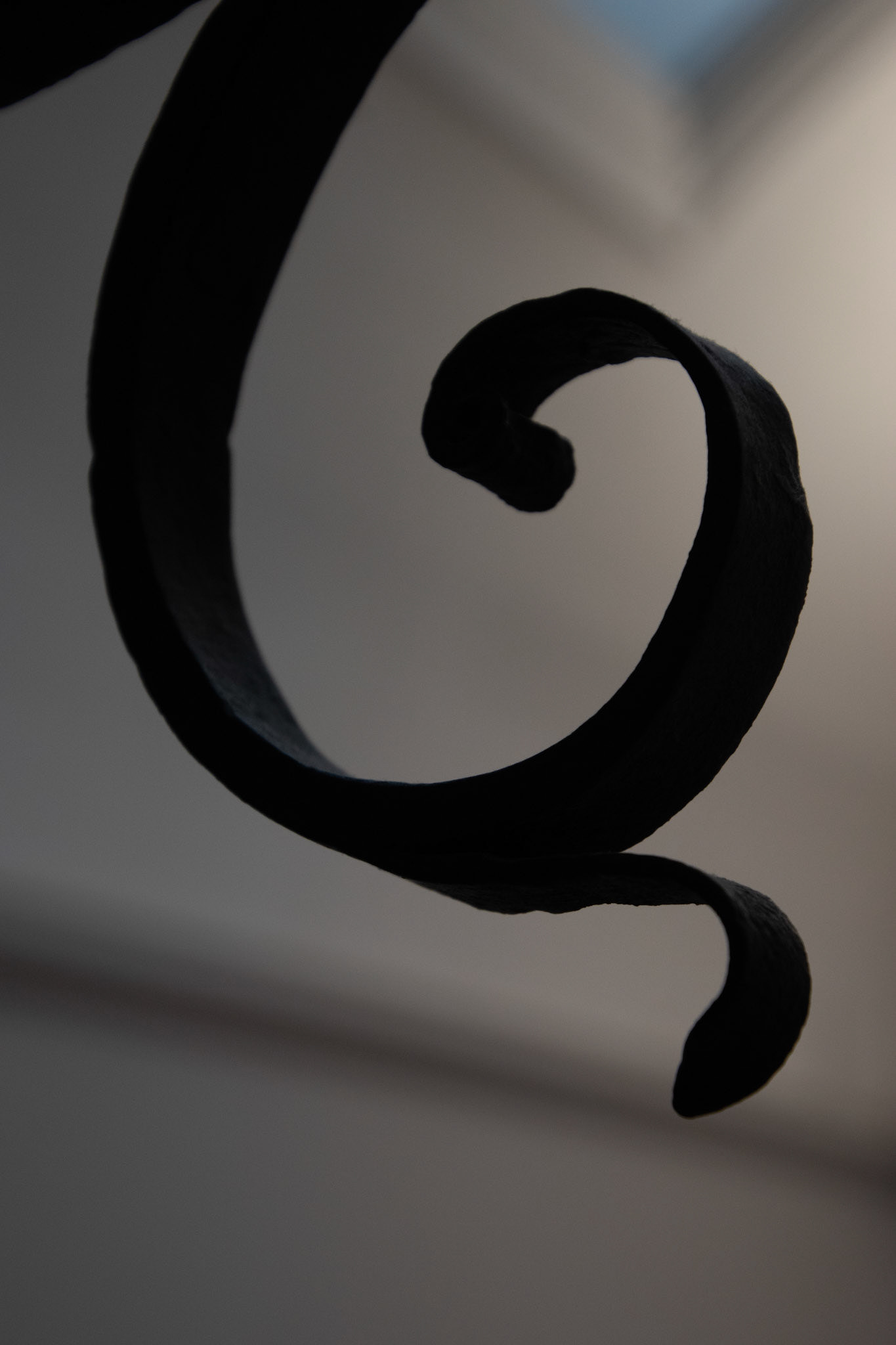
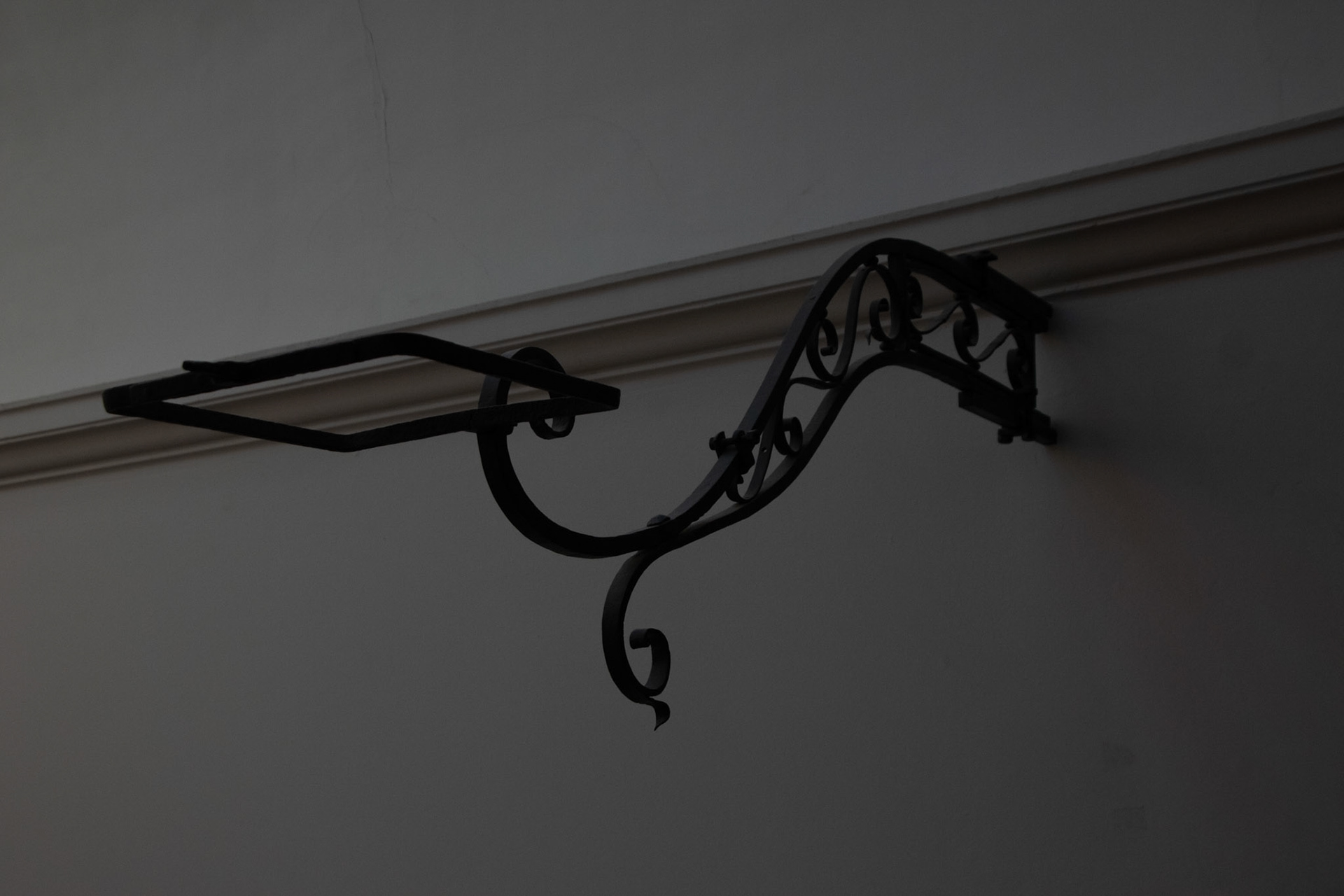
opposing curves
continuation of flowing curves
details lie inside the main form

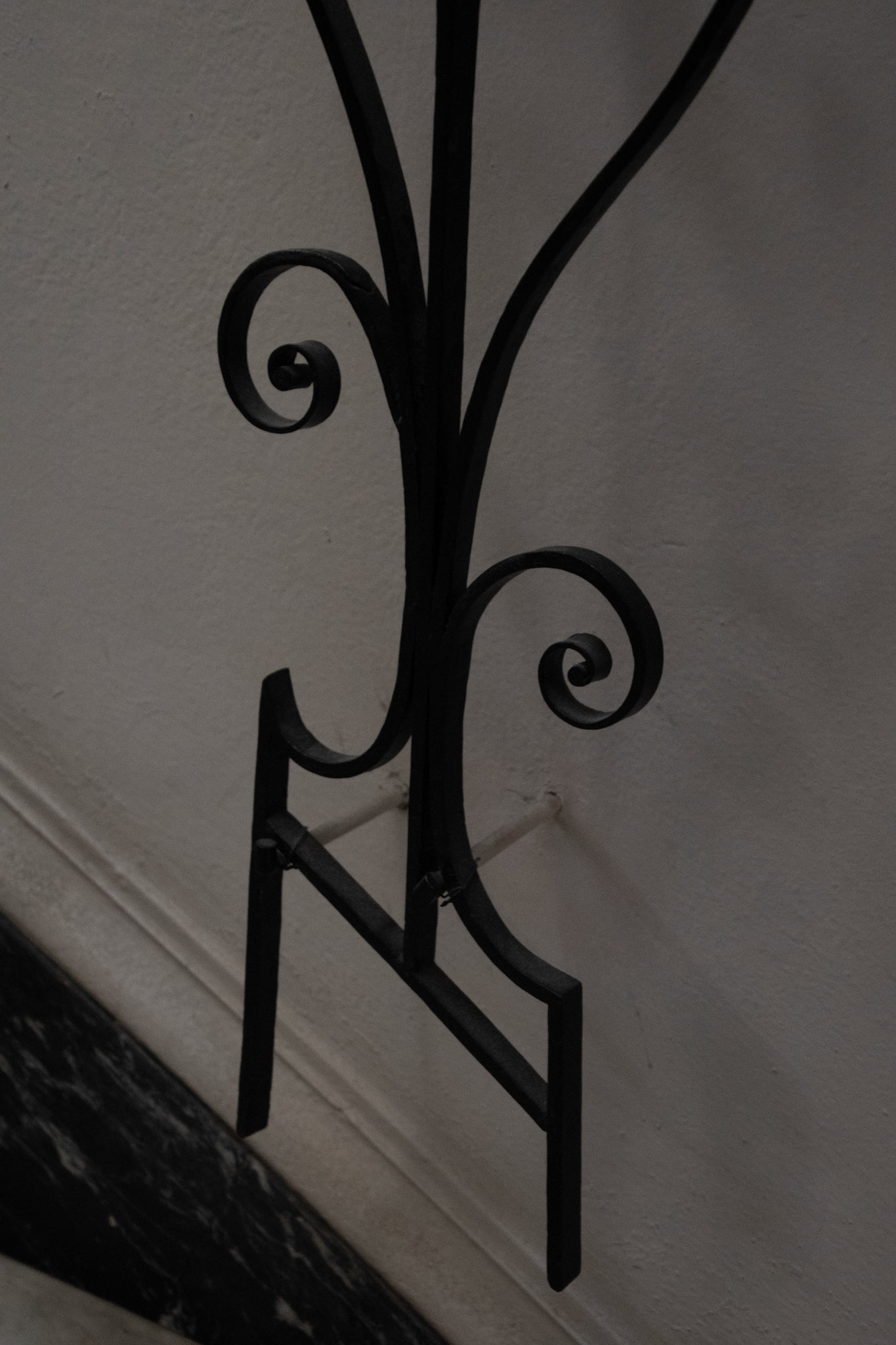
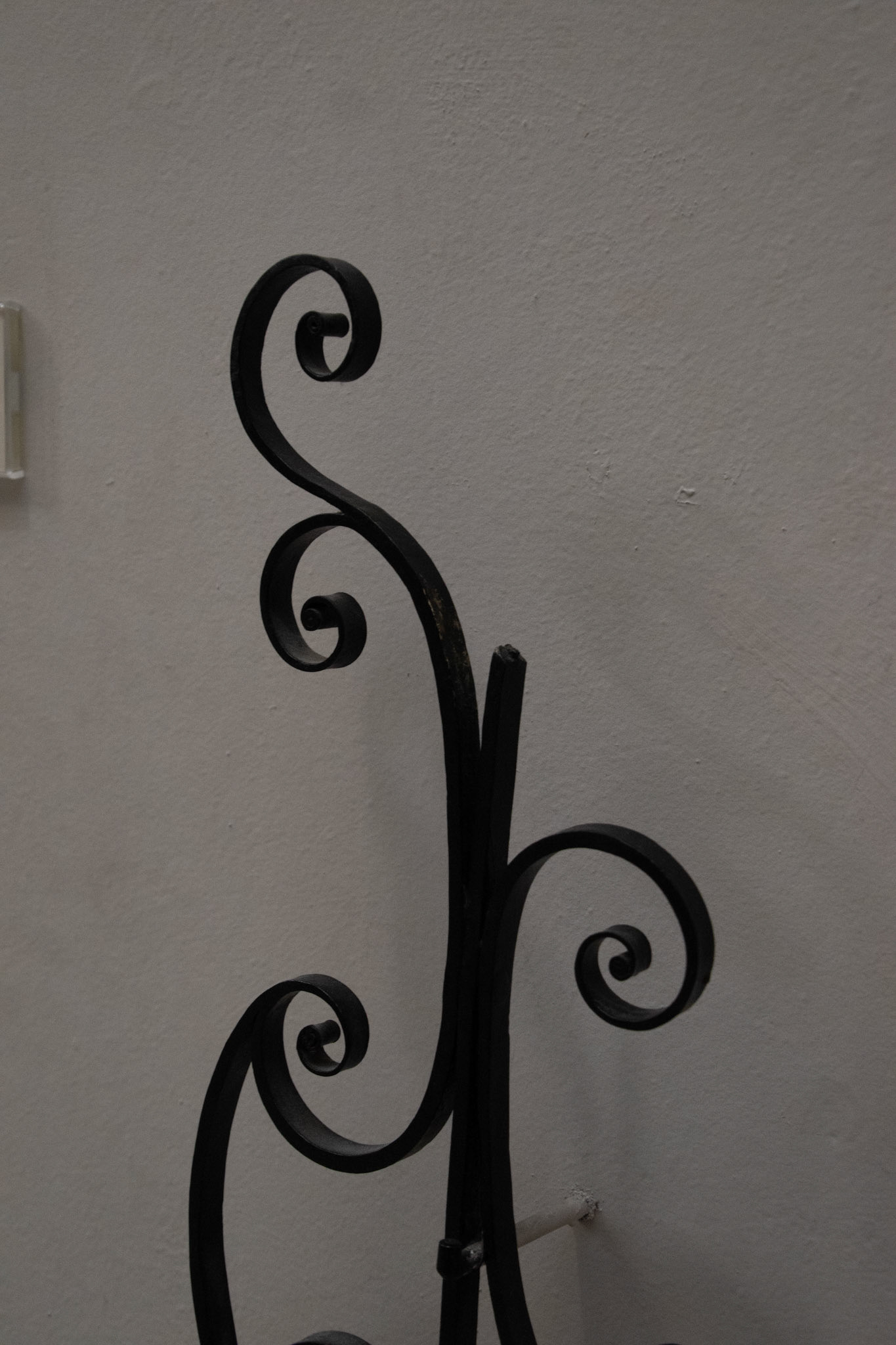
Shifted symmetry
follows the path of the stairs
hourglass shape draws eyes up and through the scrolls
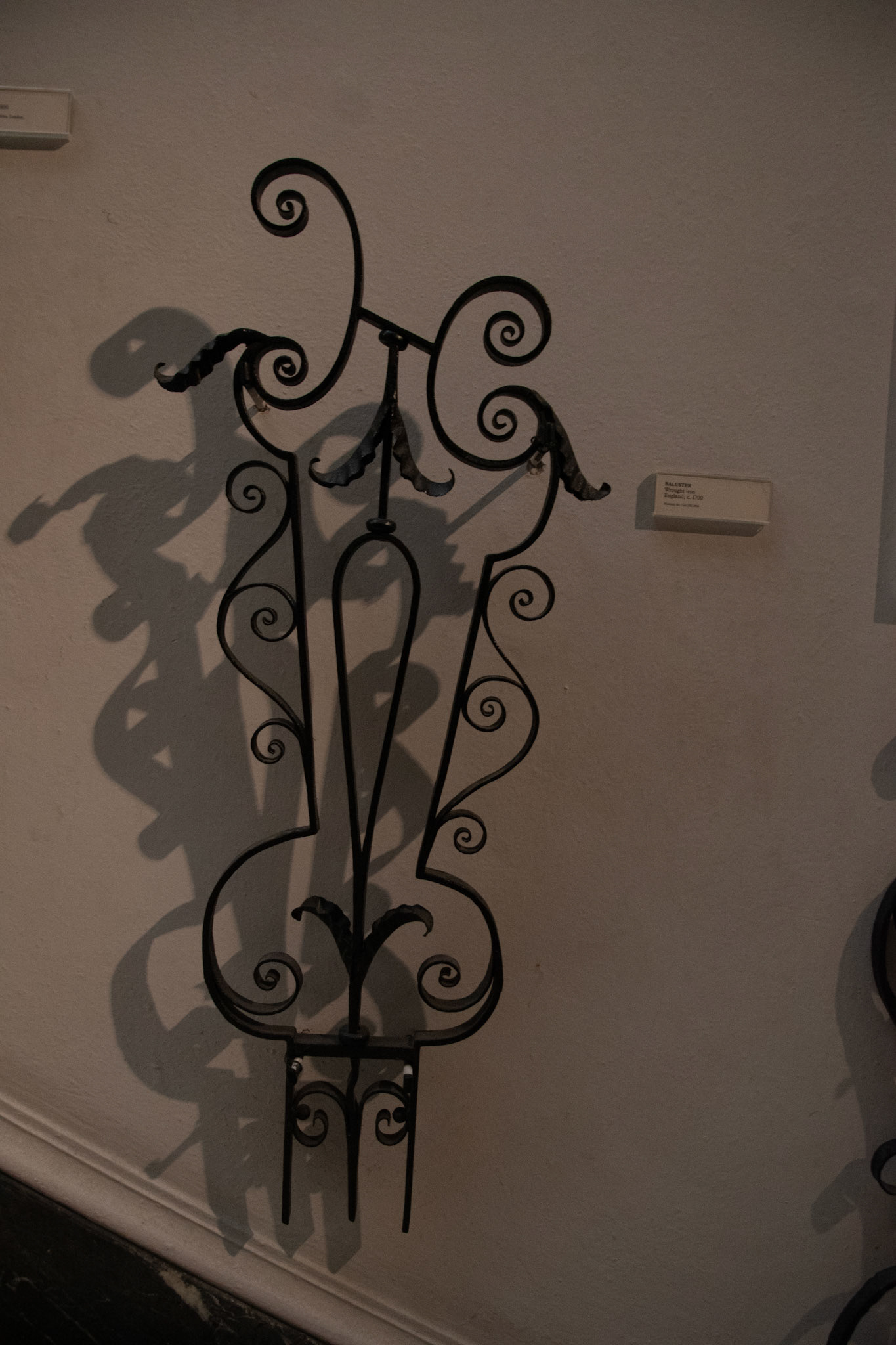
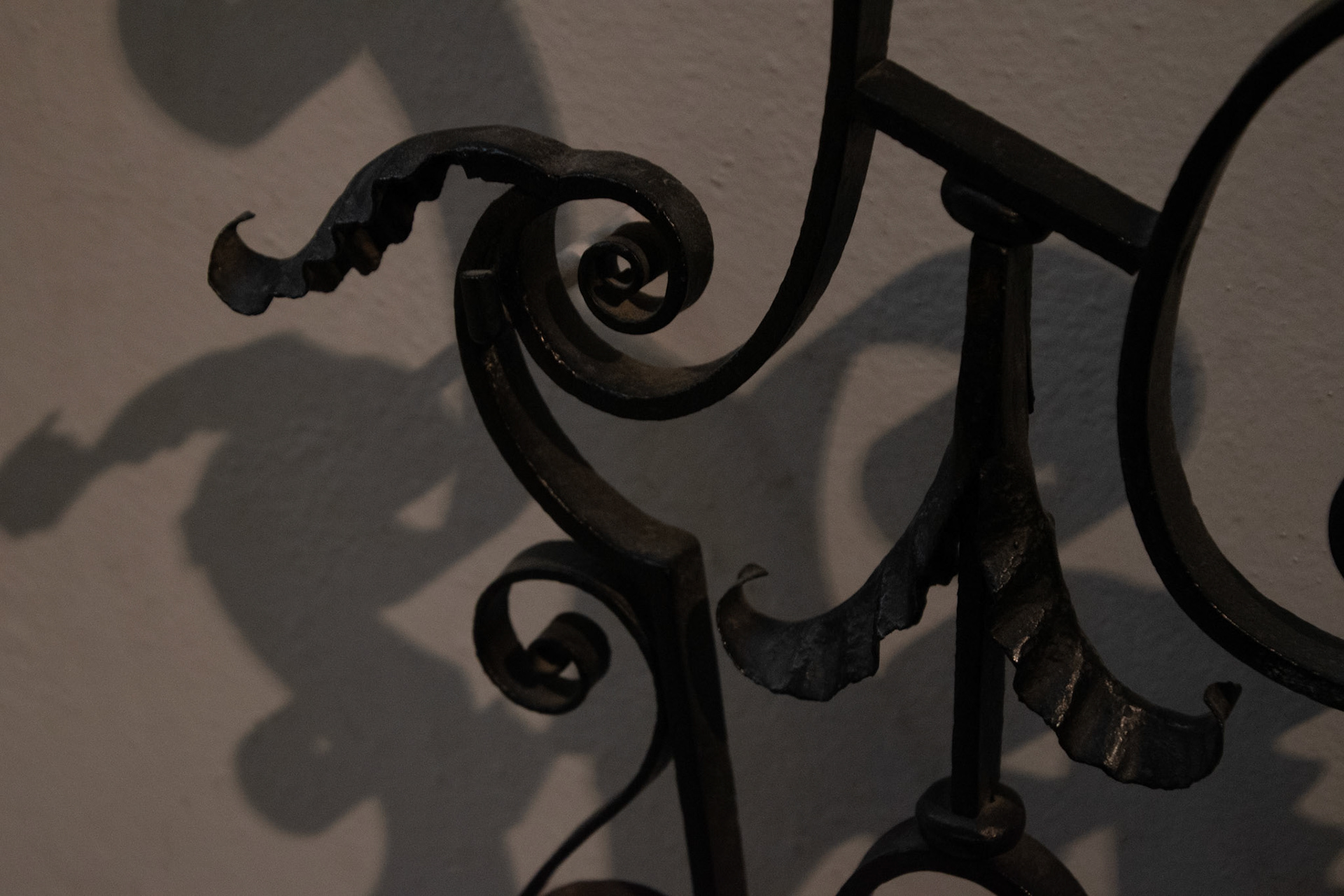
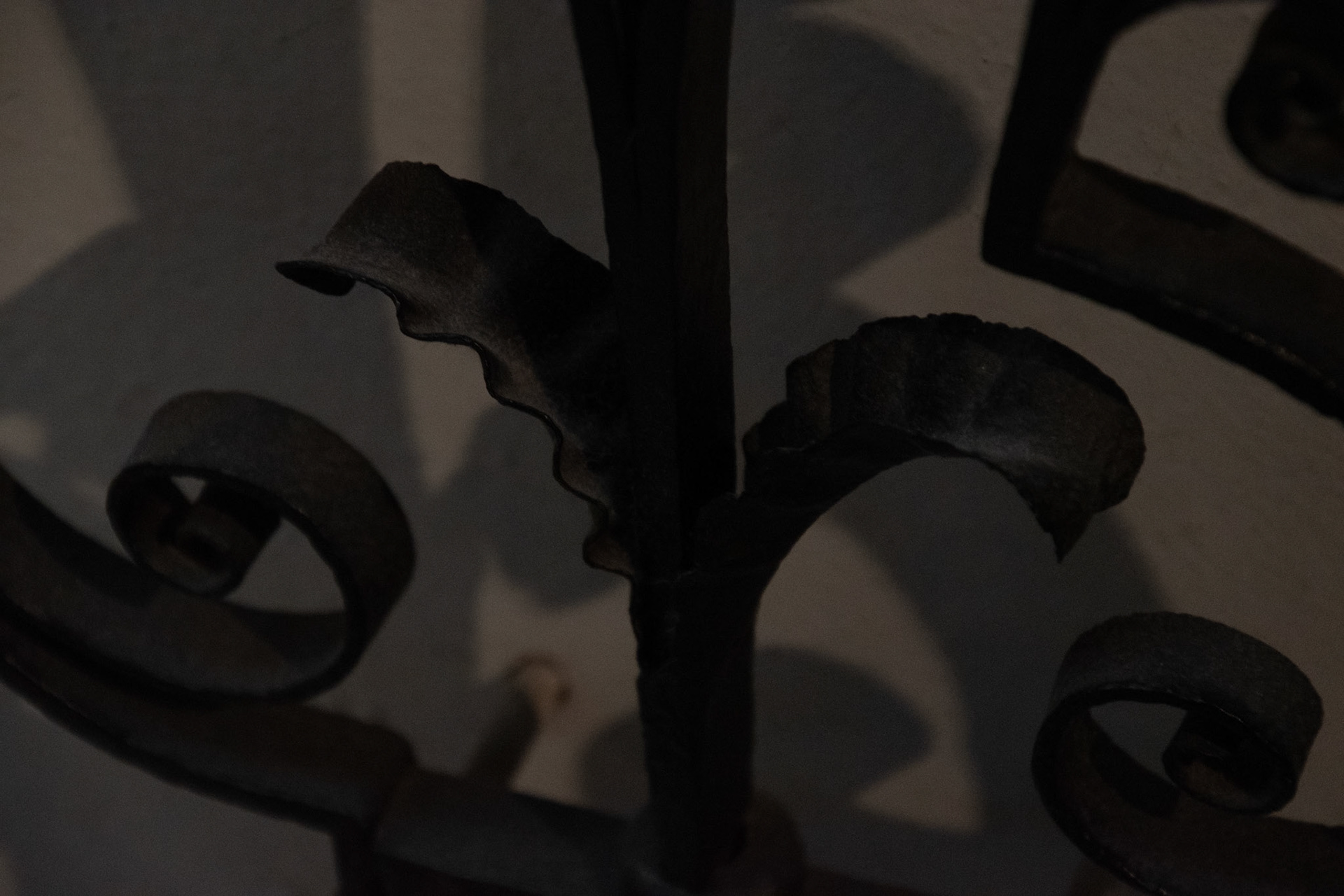
Decorative leaves compliment and enhance the scrolls


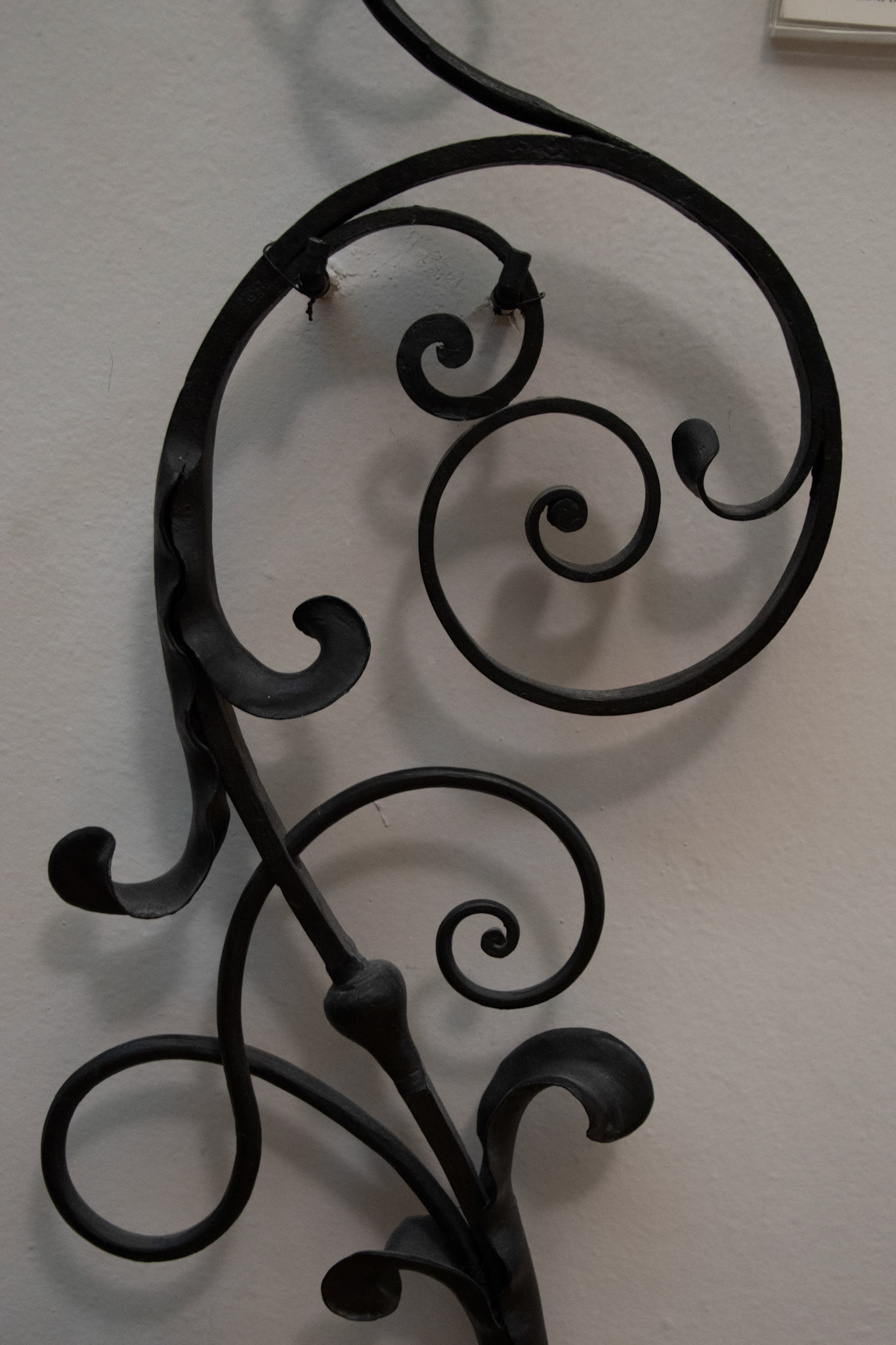
Structure of three stacked circles balances the piece
Motion of the main curve keeps the viewer trapped in the scrolls
Symmetrical leaf details bring the piece together in balance
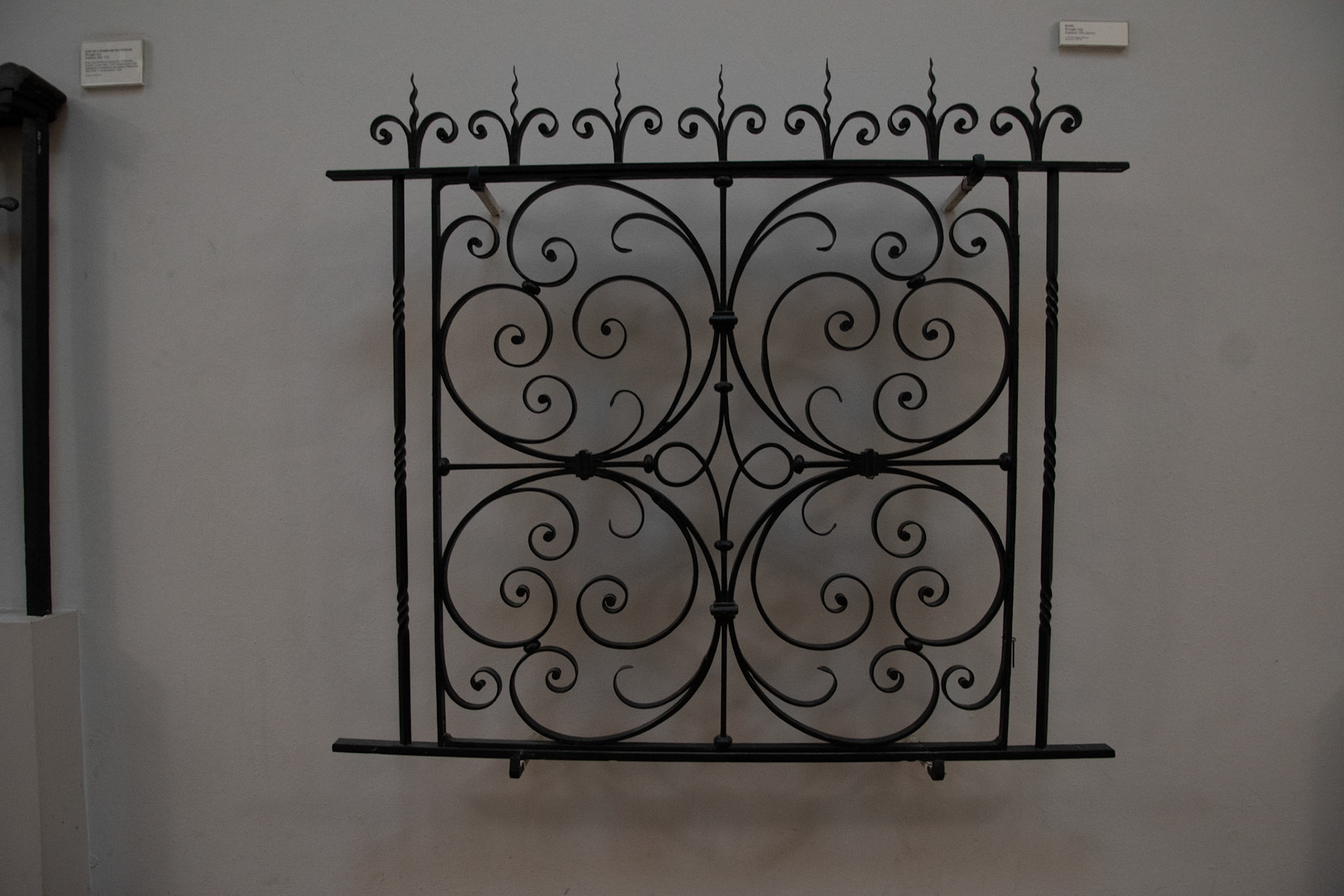
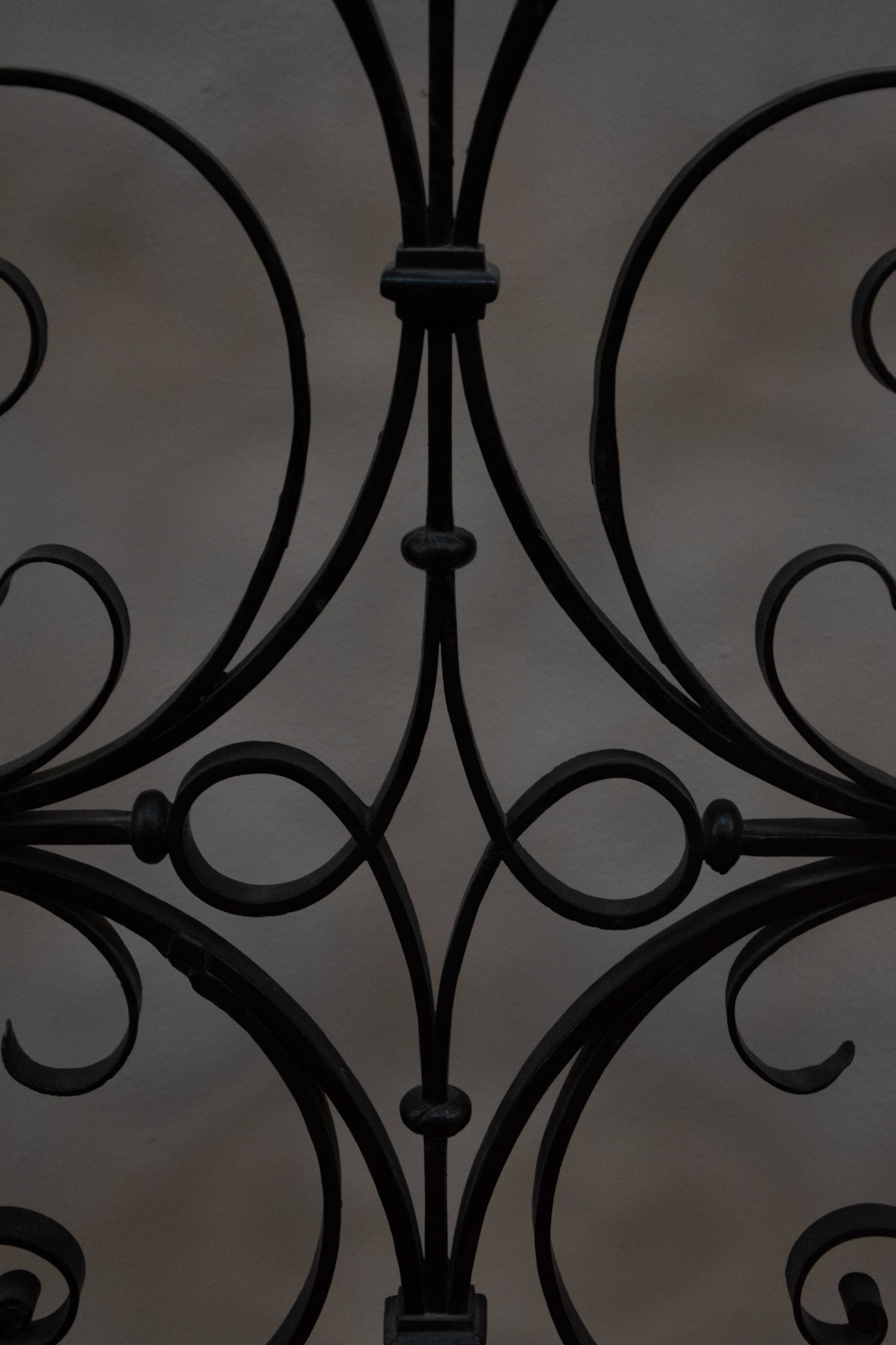
Design confined and restrained inside a square
Repeated and rotated


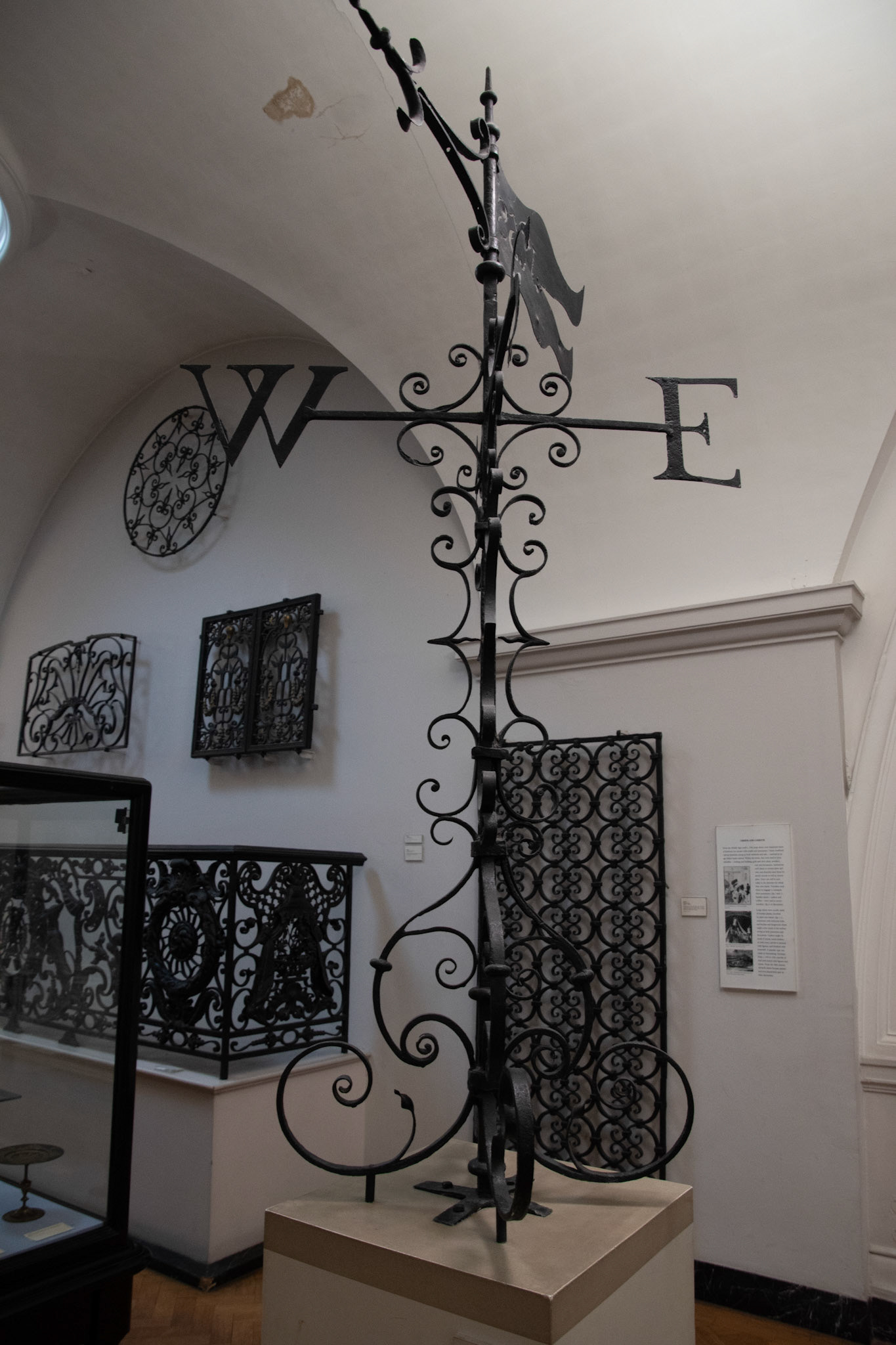
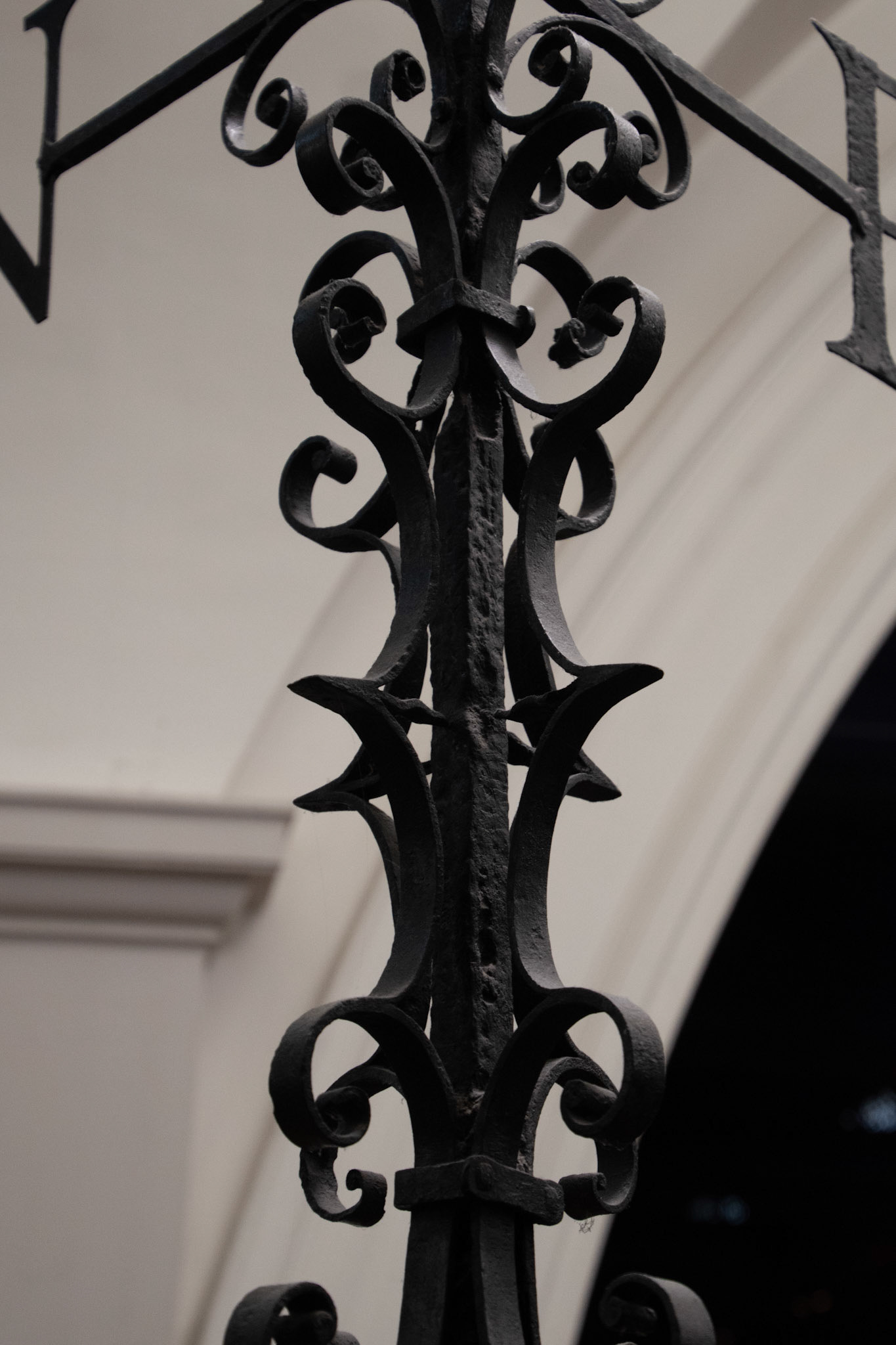
Repeating design in different planes
Meeting points between planes and negative space created becomes the focus
Viewer explores elements by moving around the piece
Exploring illistrations from El Cerrhiero Moderno
During my research I found an archive of historical gate and ironwork illustrations which gave me further historical inspiration.

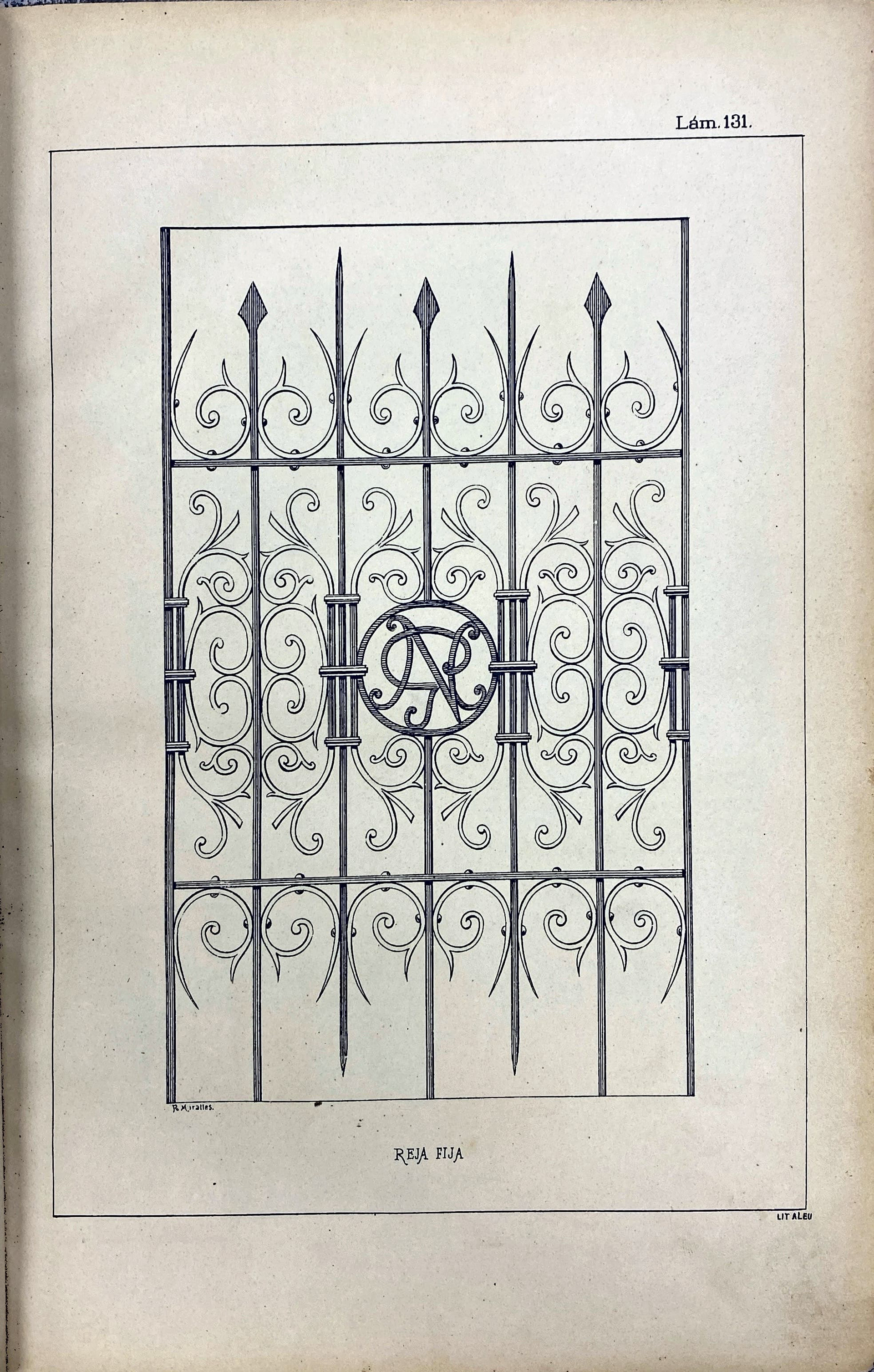
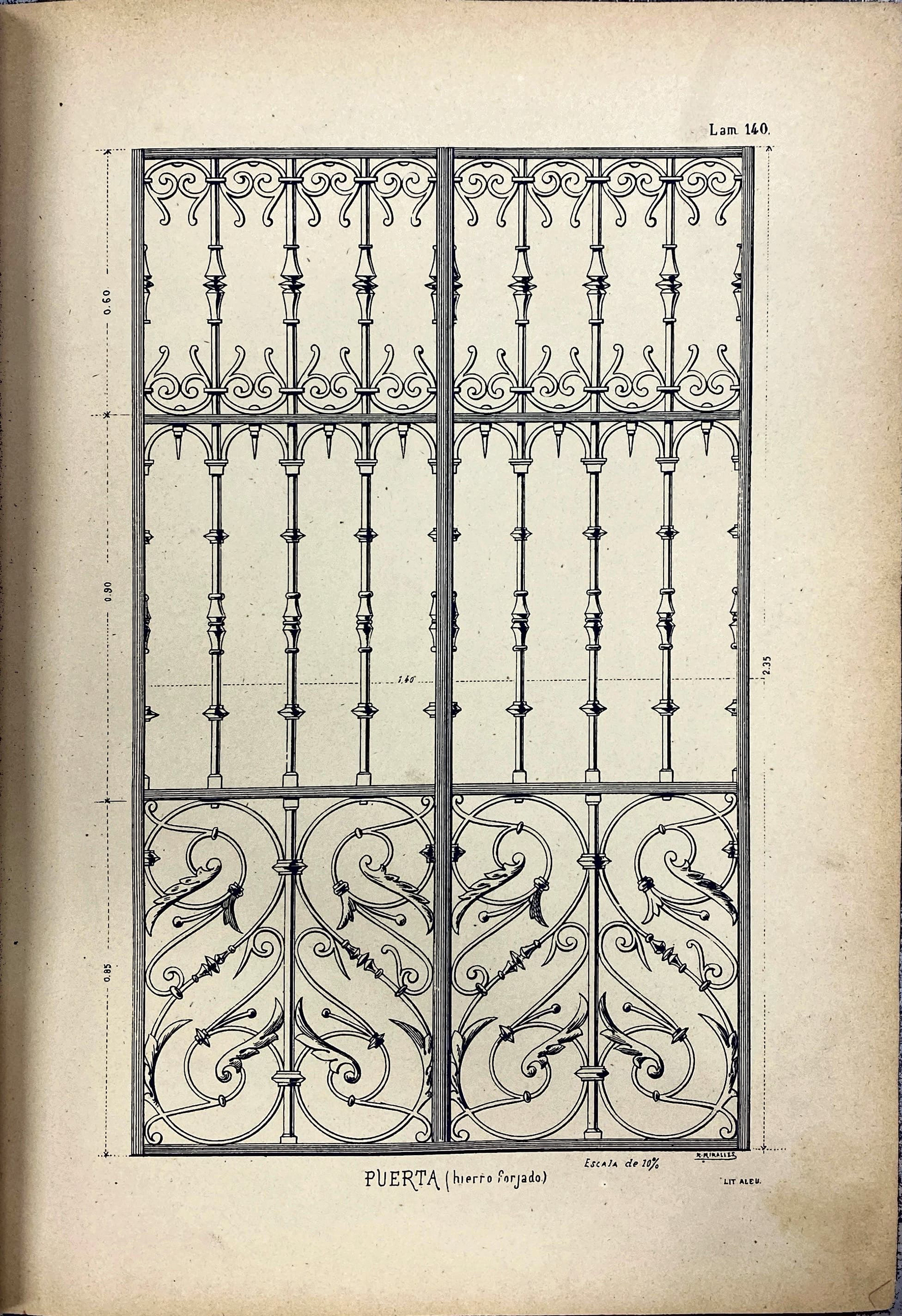
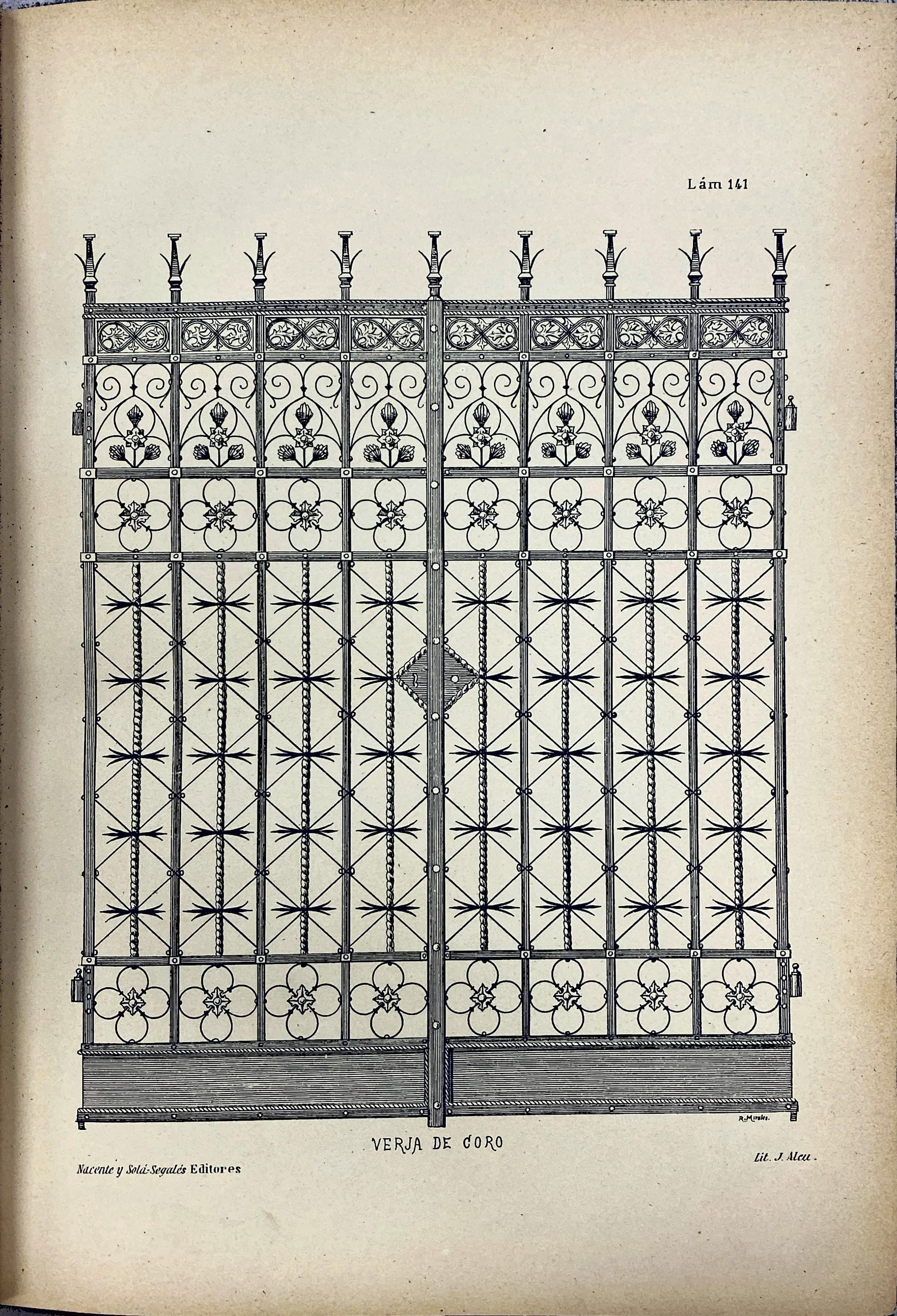
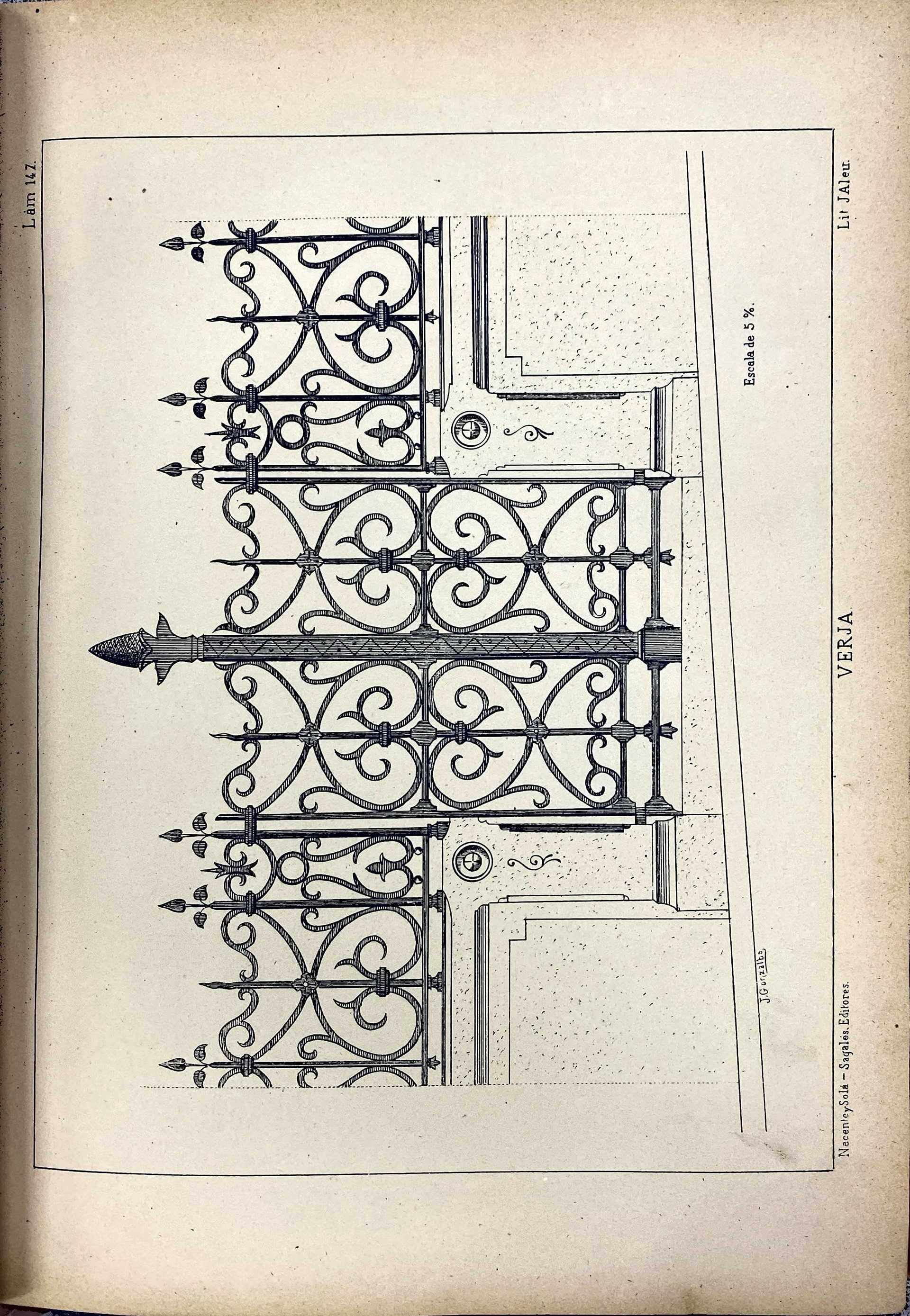

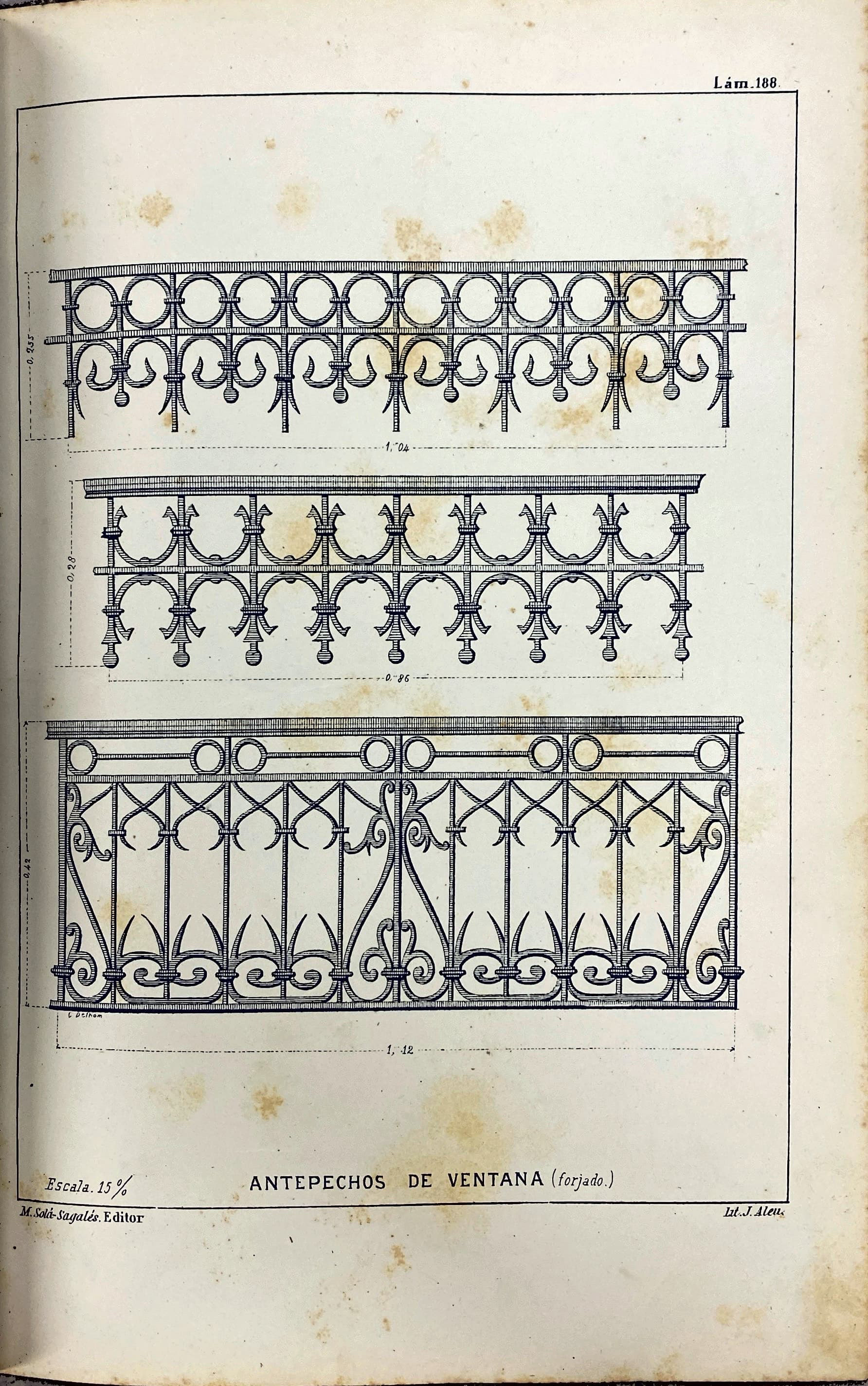
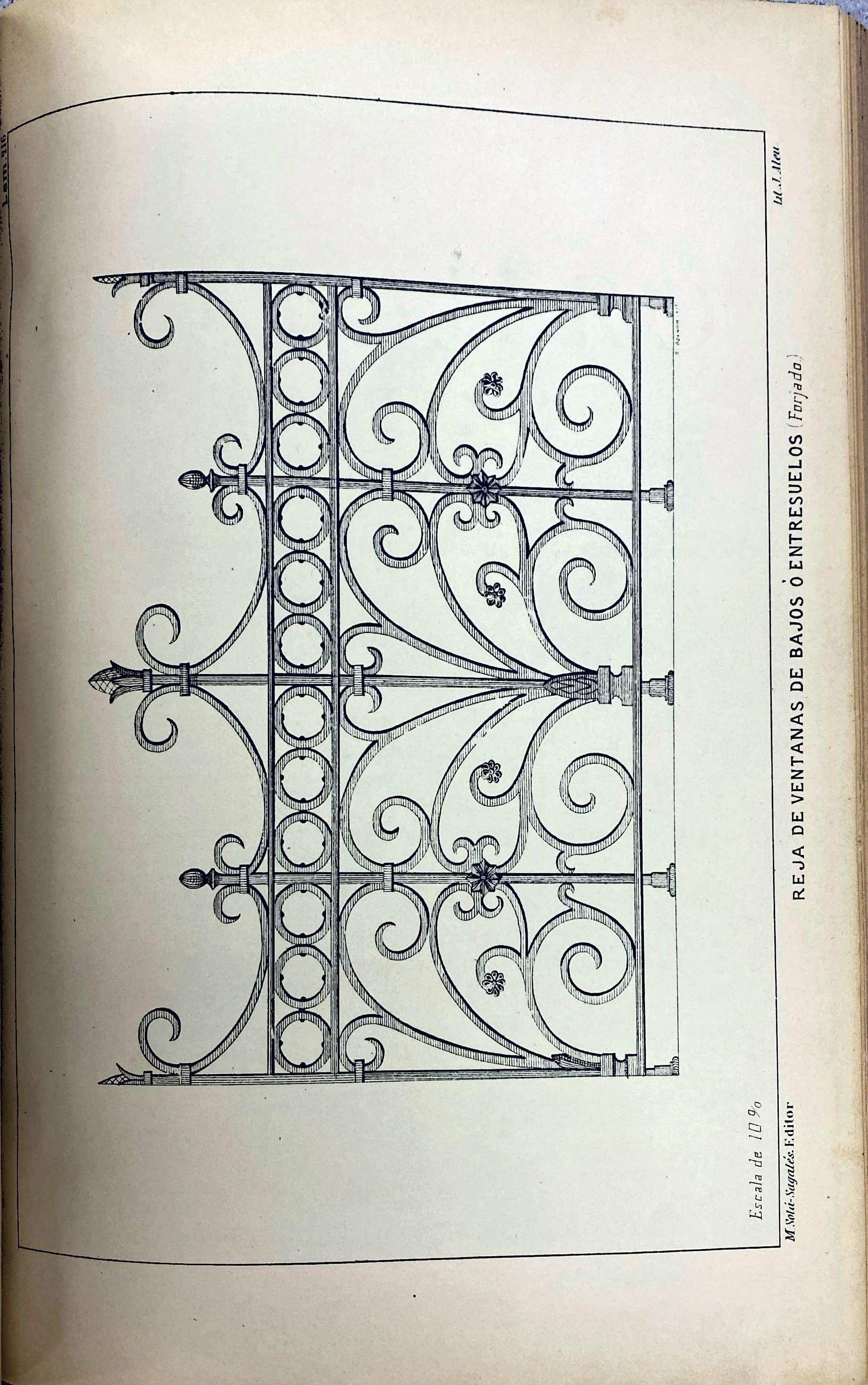
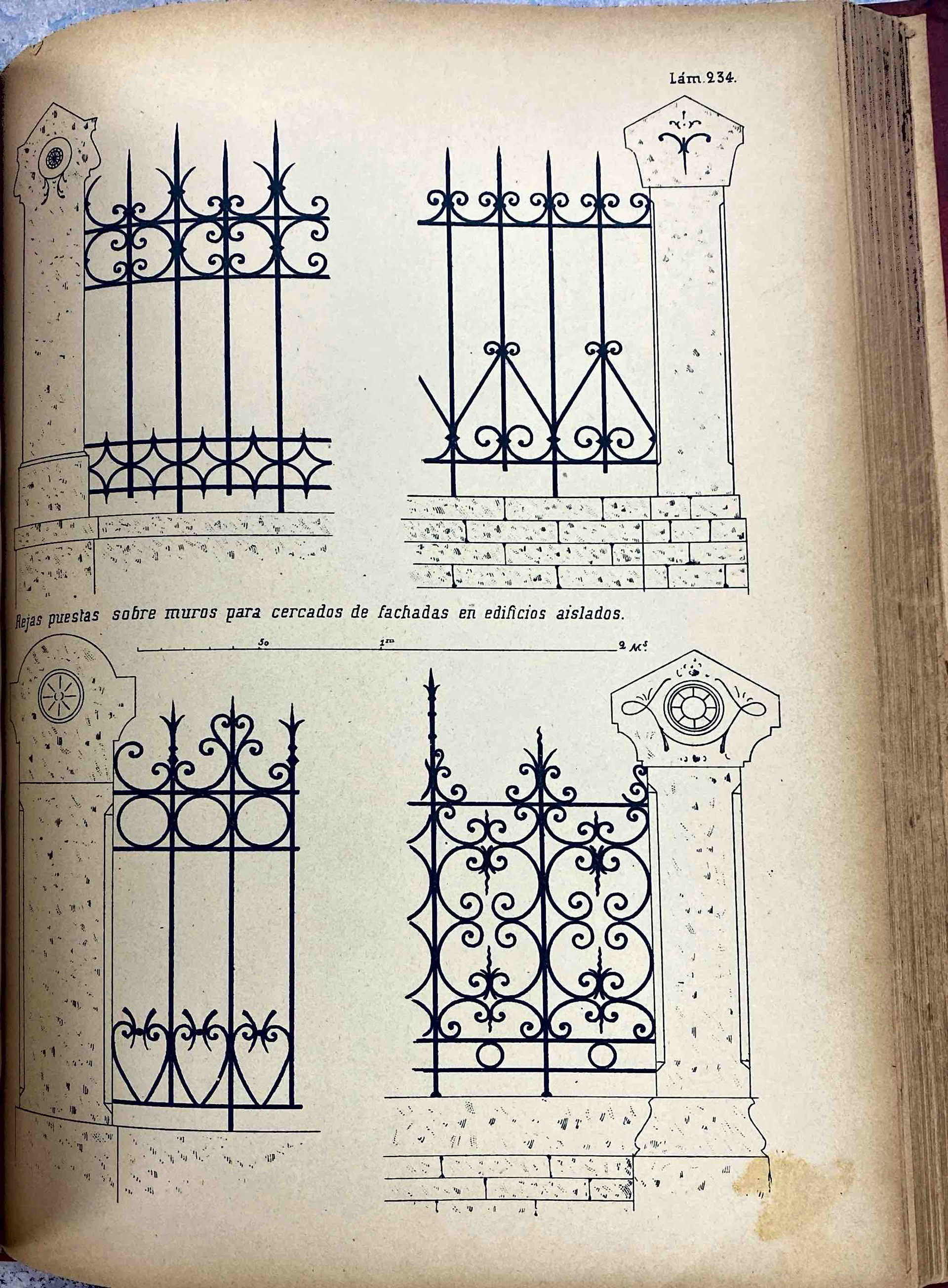

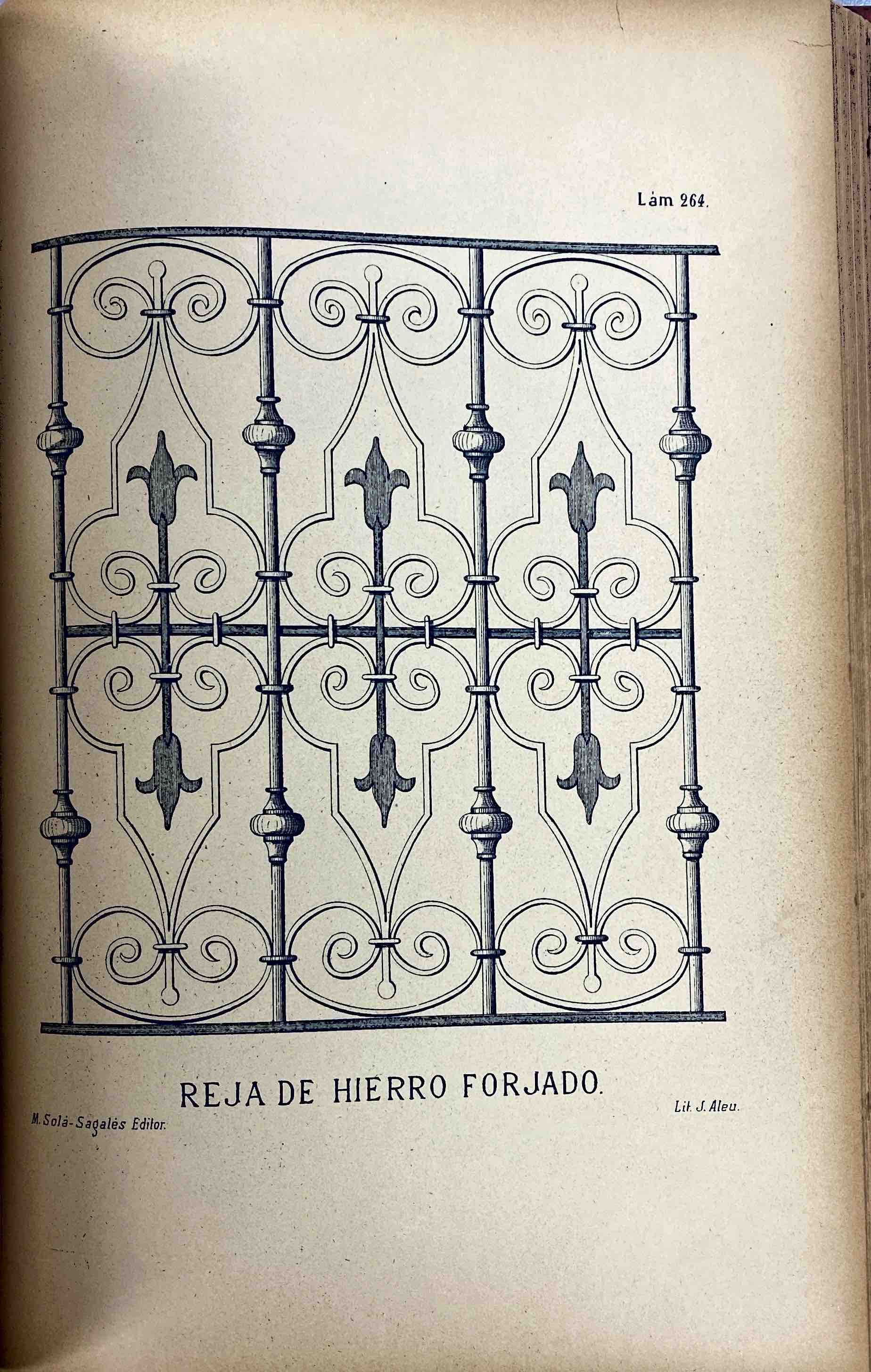
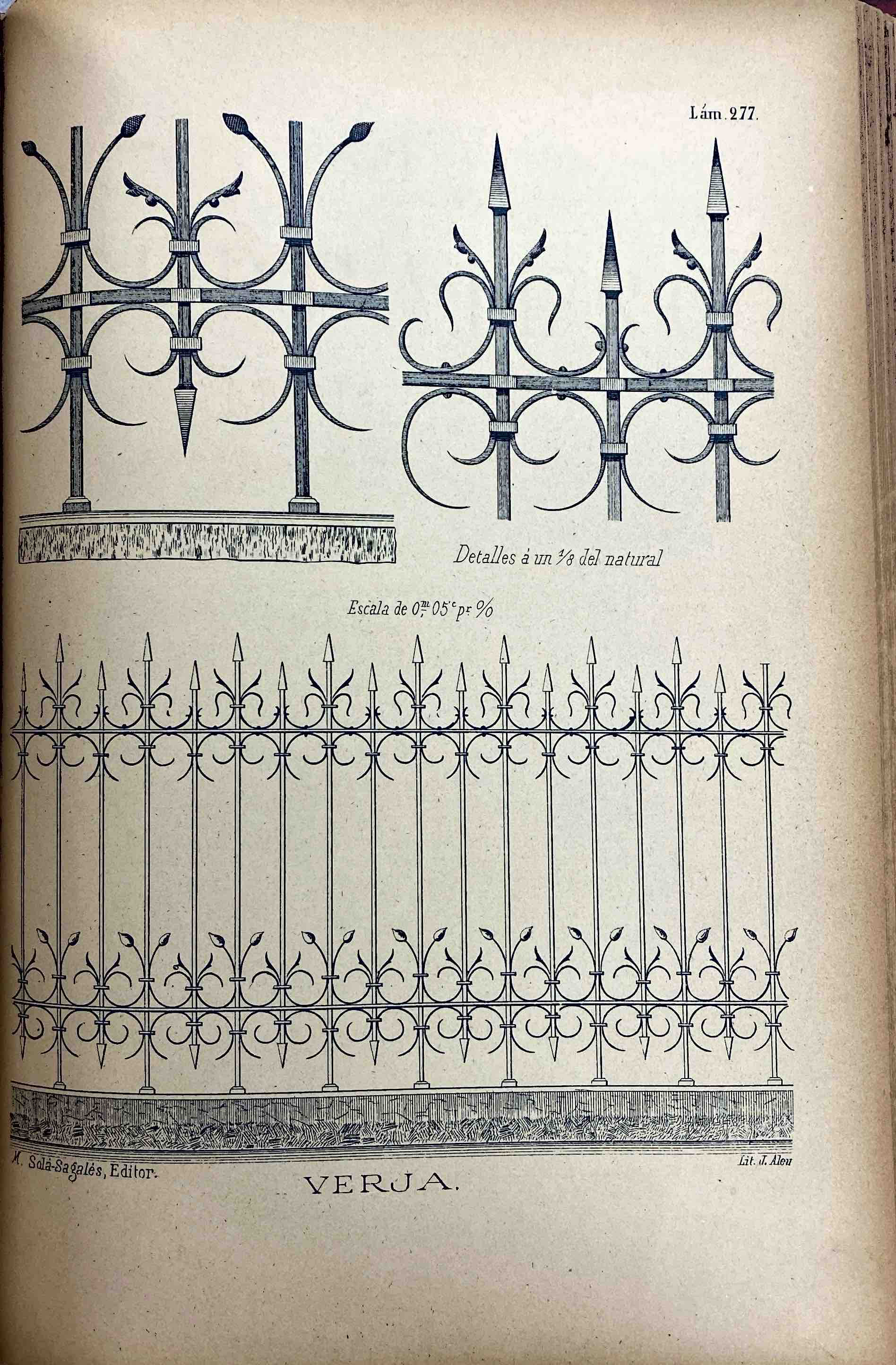
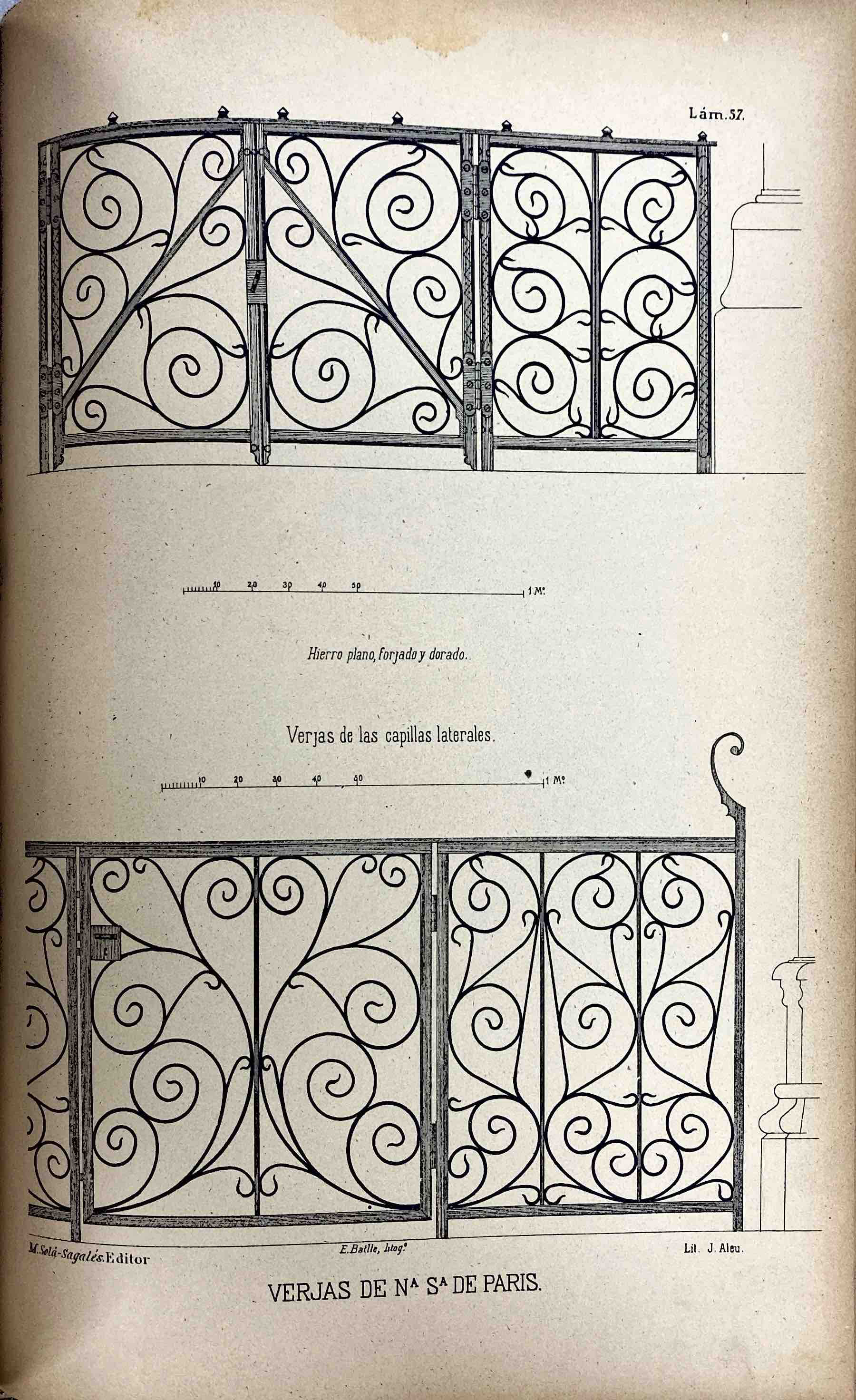
Looking at restricting and repeating pattern inside of square or rectangular frames and spaces
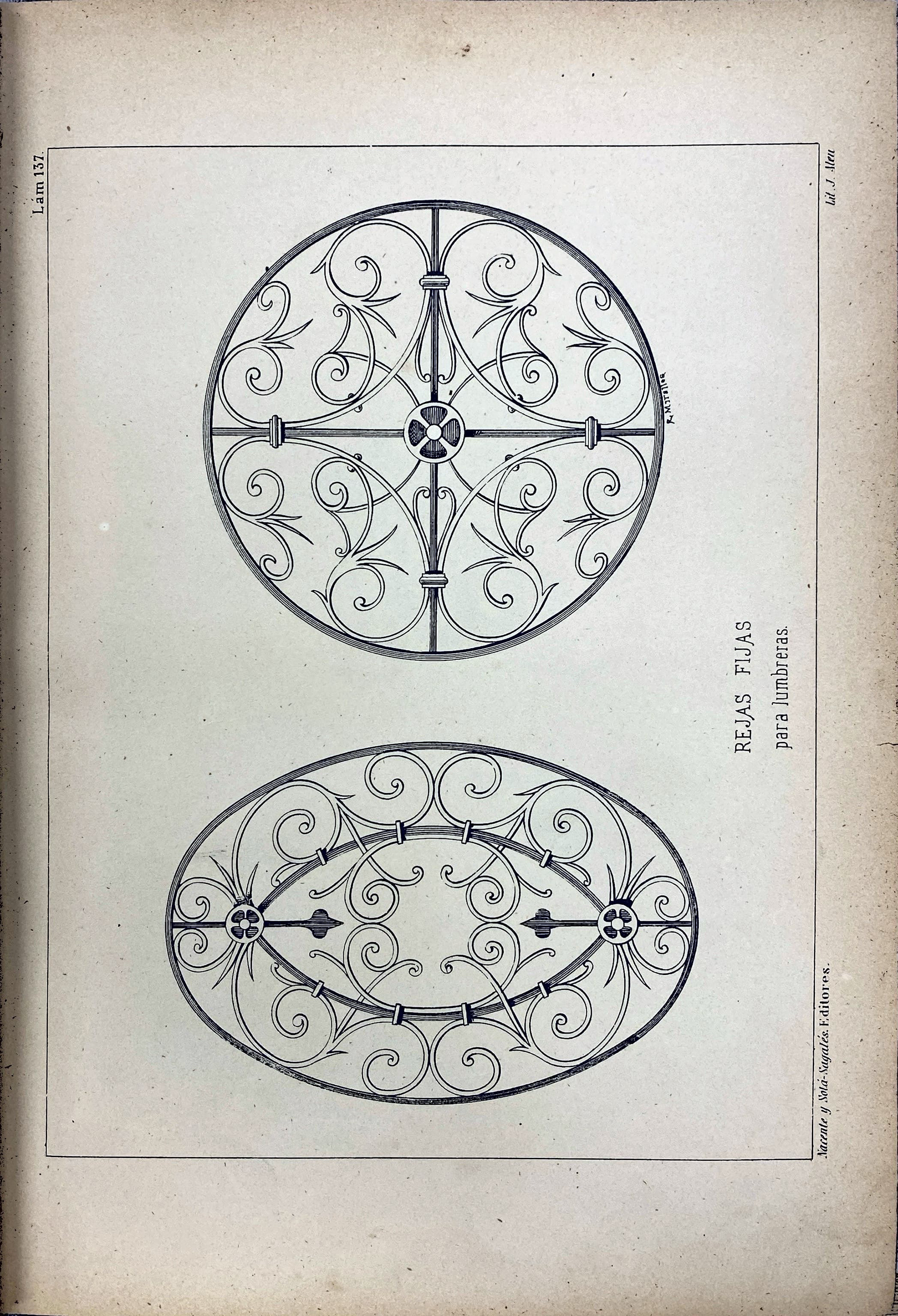
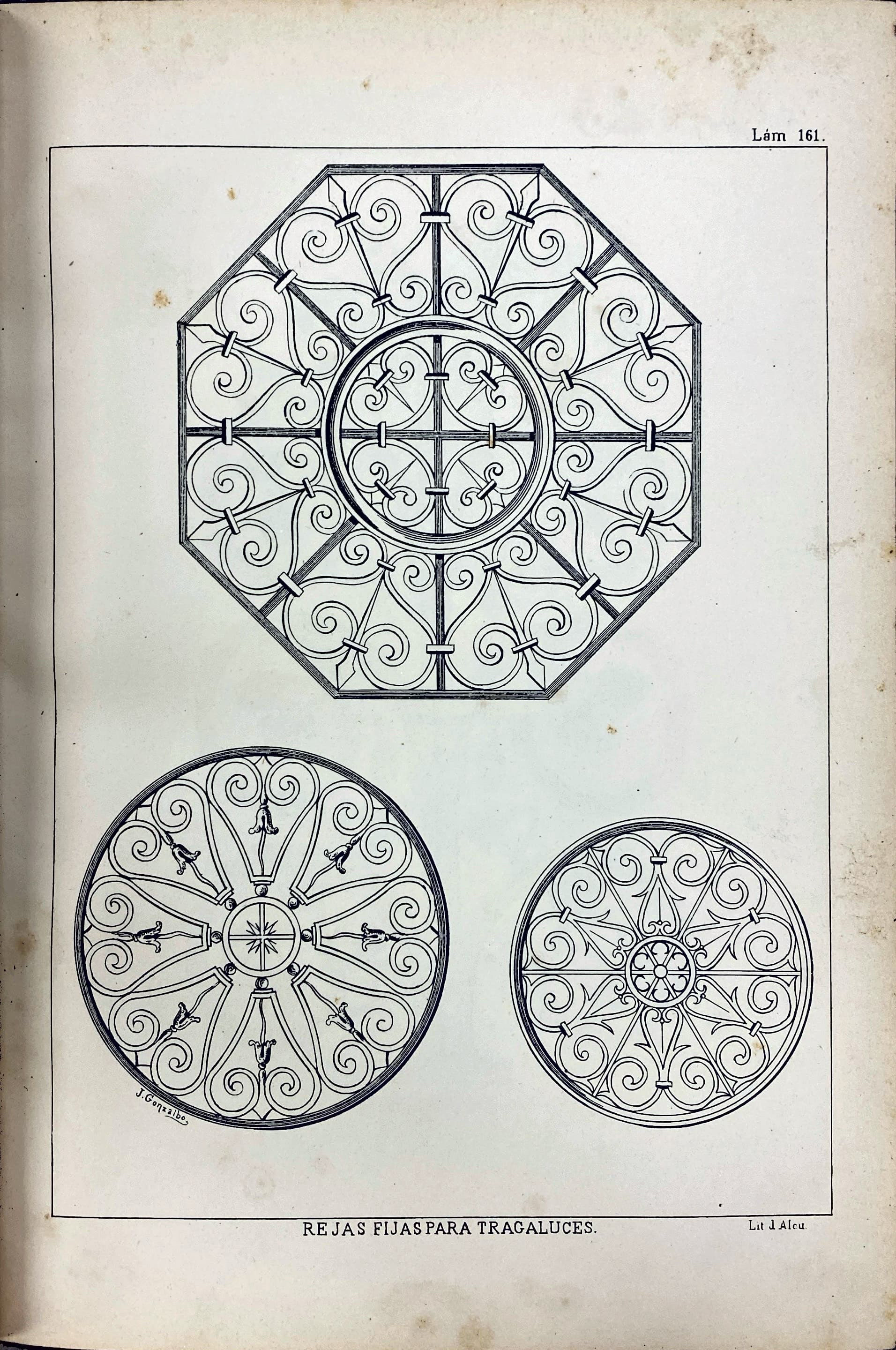



Studying how other shapes affect design placement of pattern
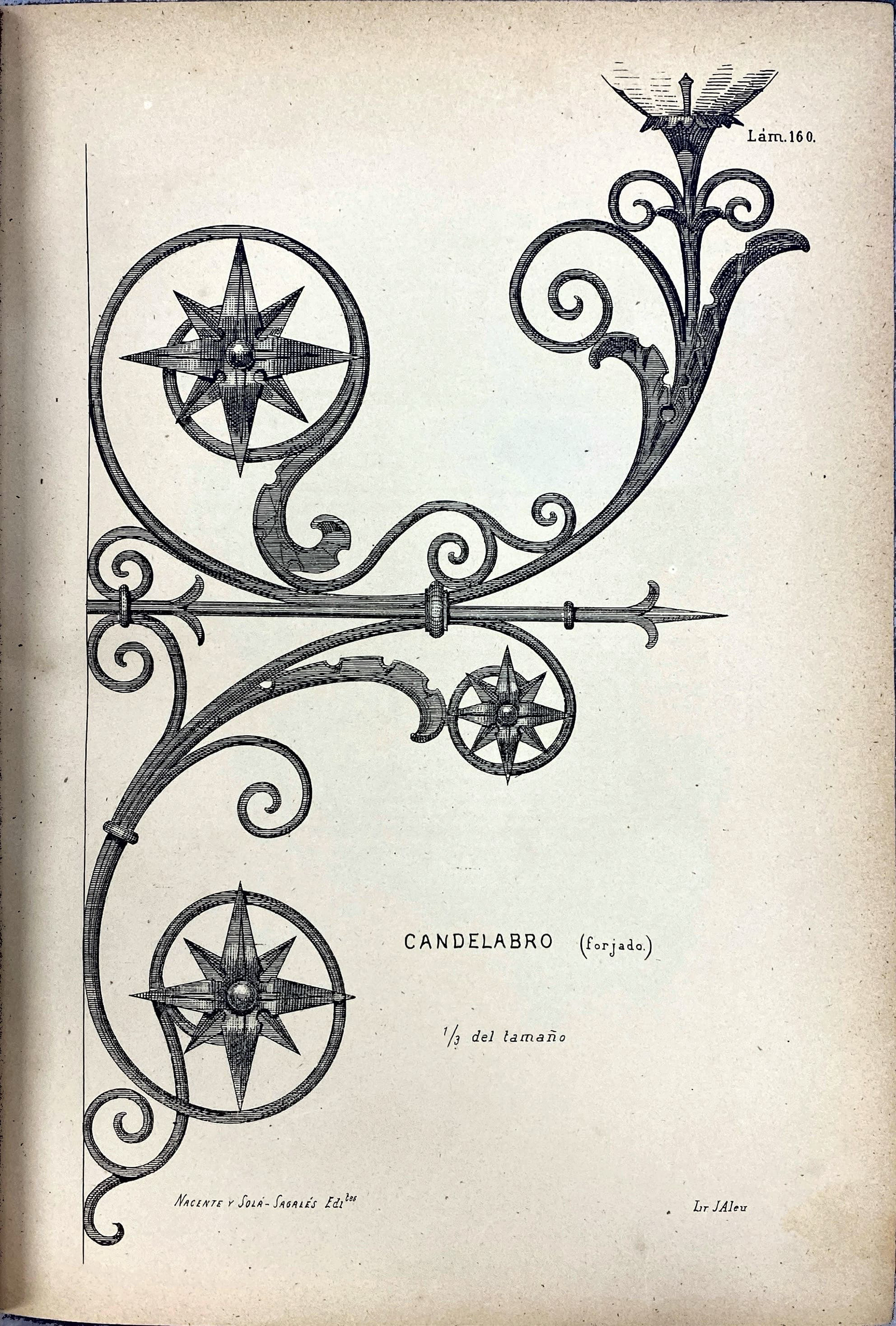


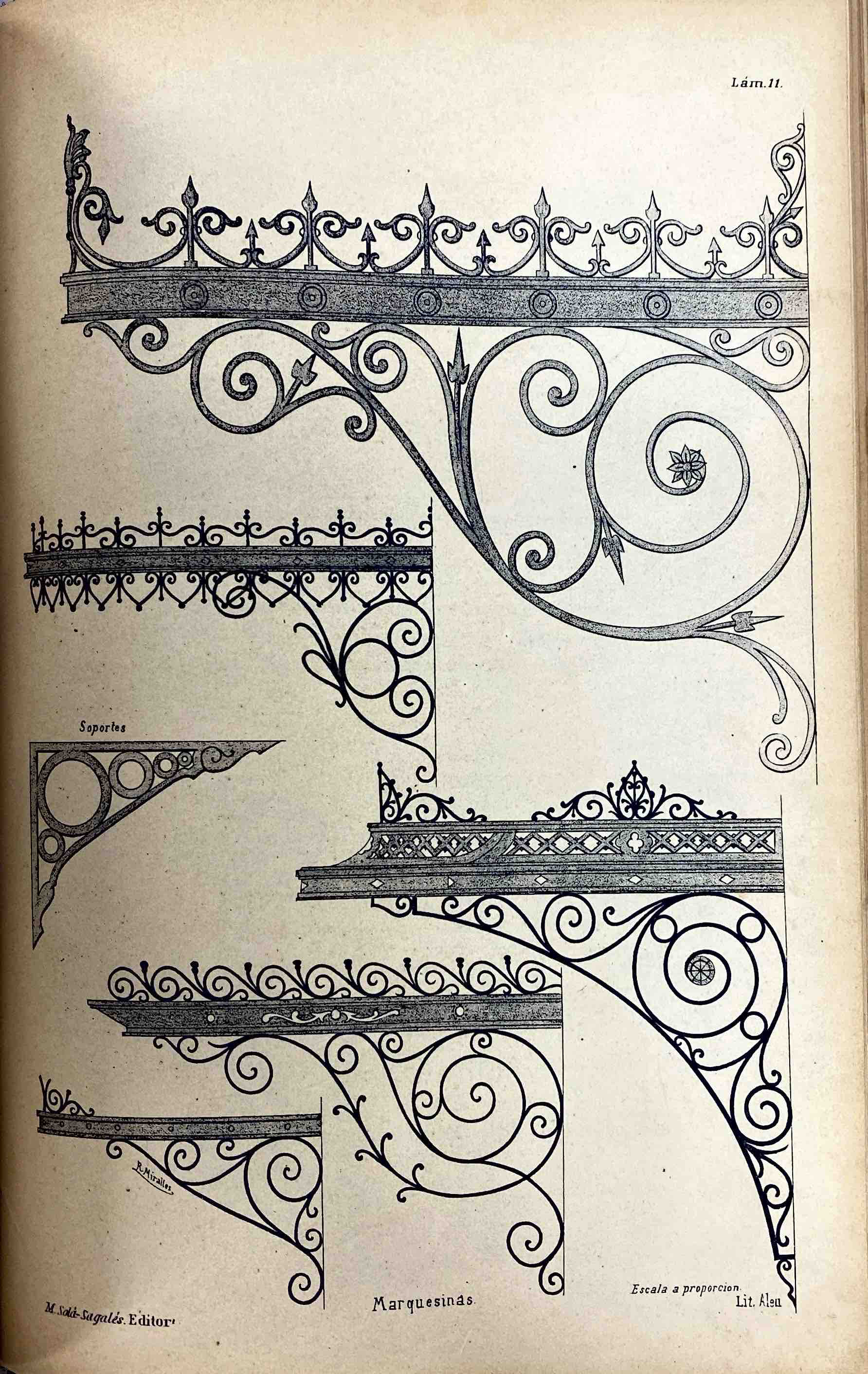
Exploring detail used to embellish scroll work
Contemporary artist research
Light-Space Modulator by László Moholy-Nagy
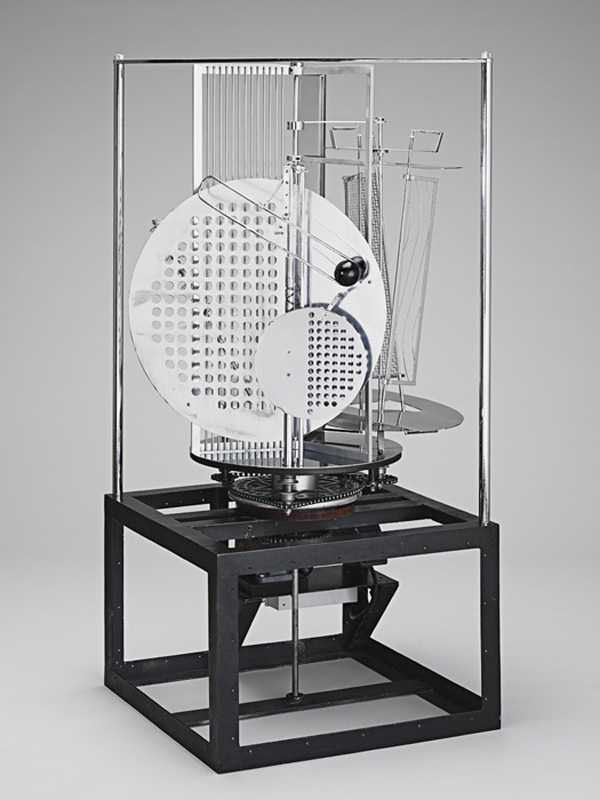

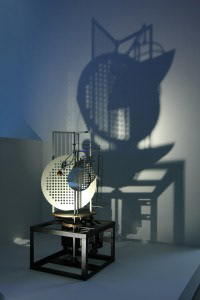

Momentum by Matt McConnell
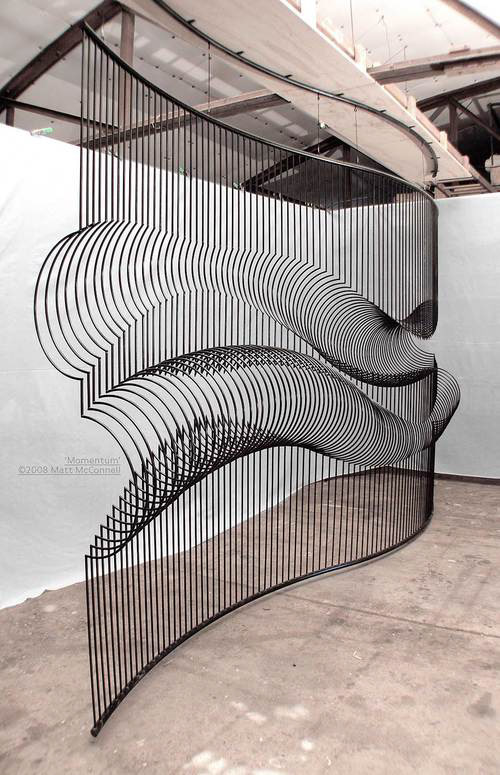
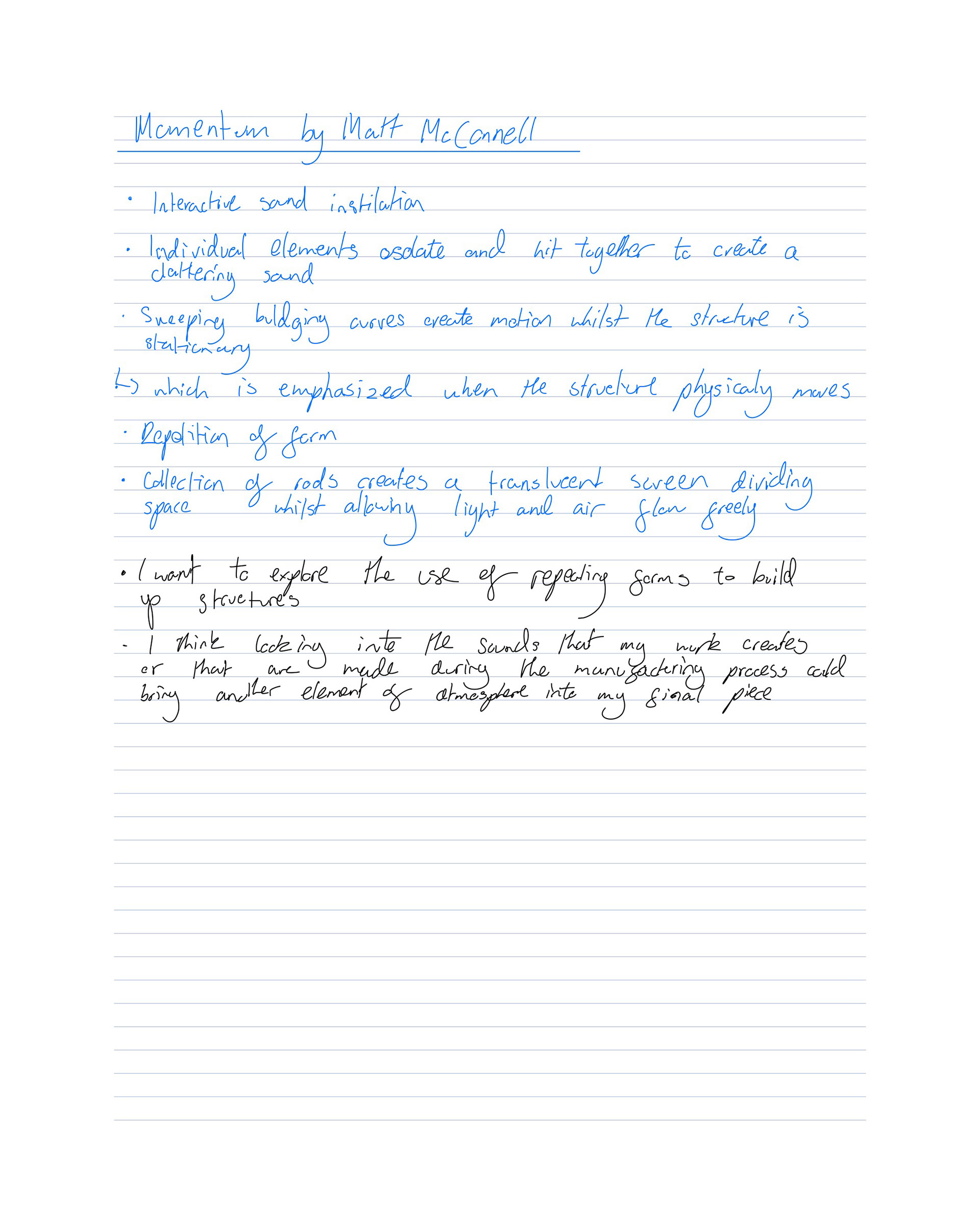

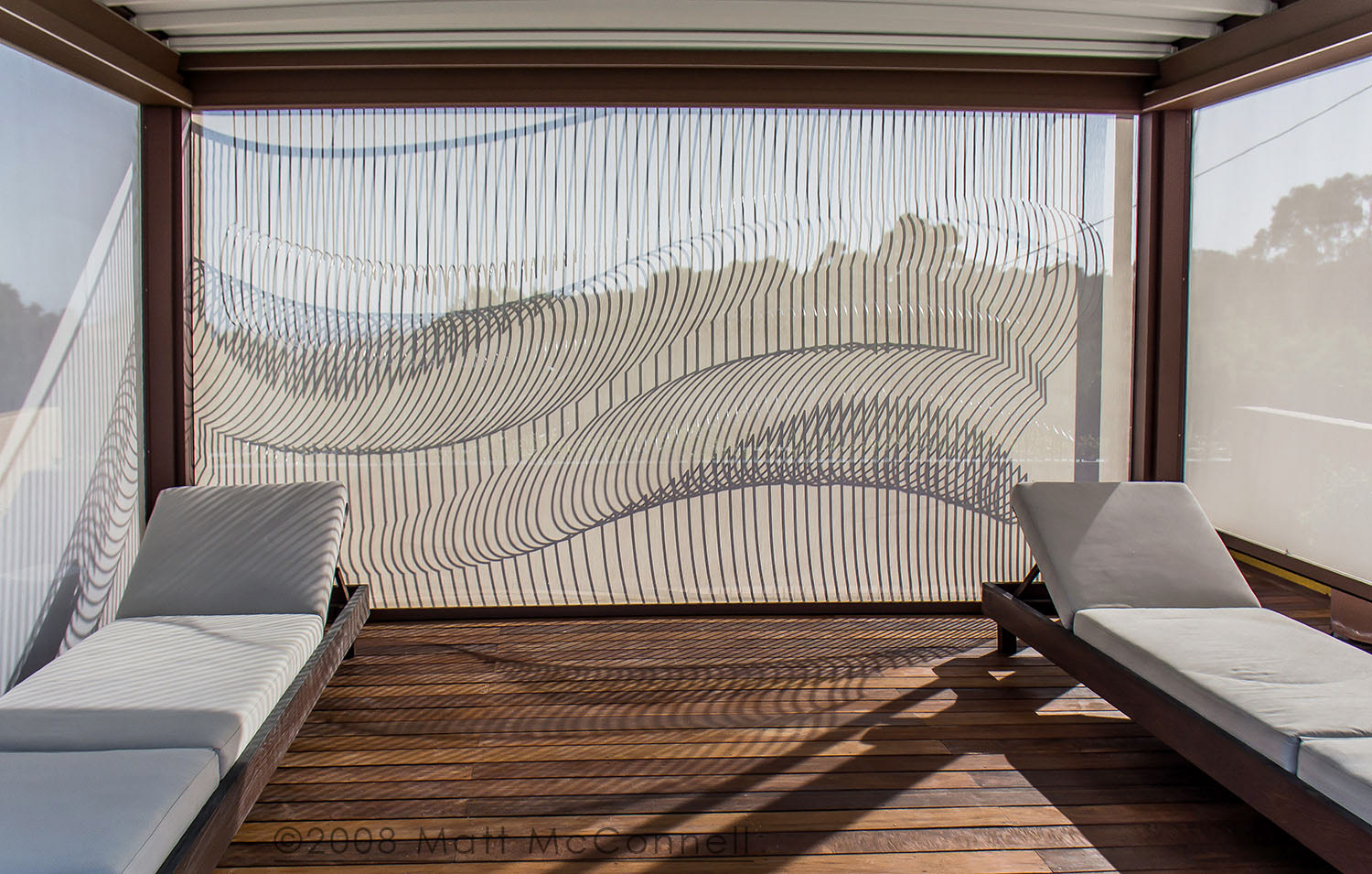
Cold Dark Matter: An Exploded View by Cornelia Parker
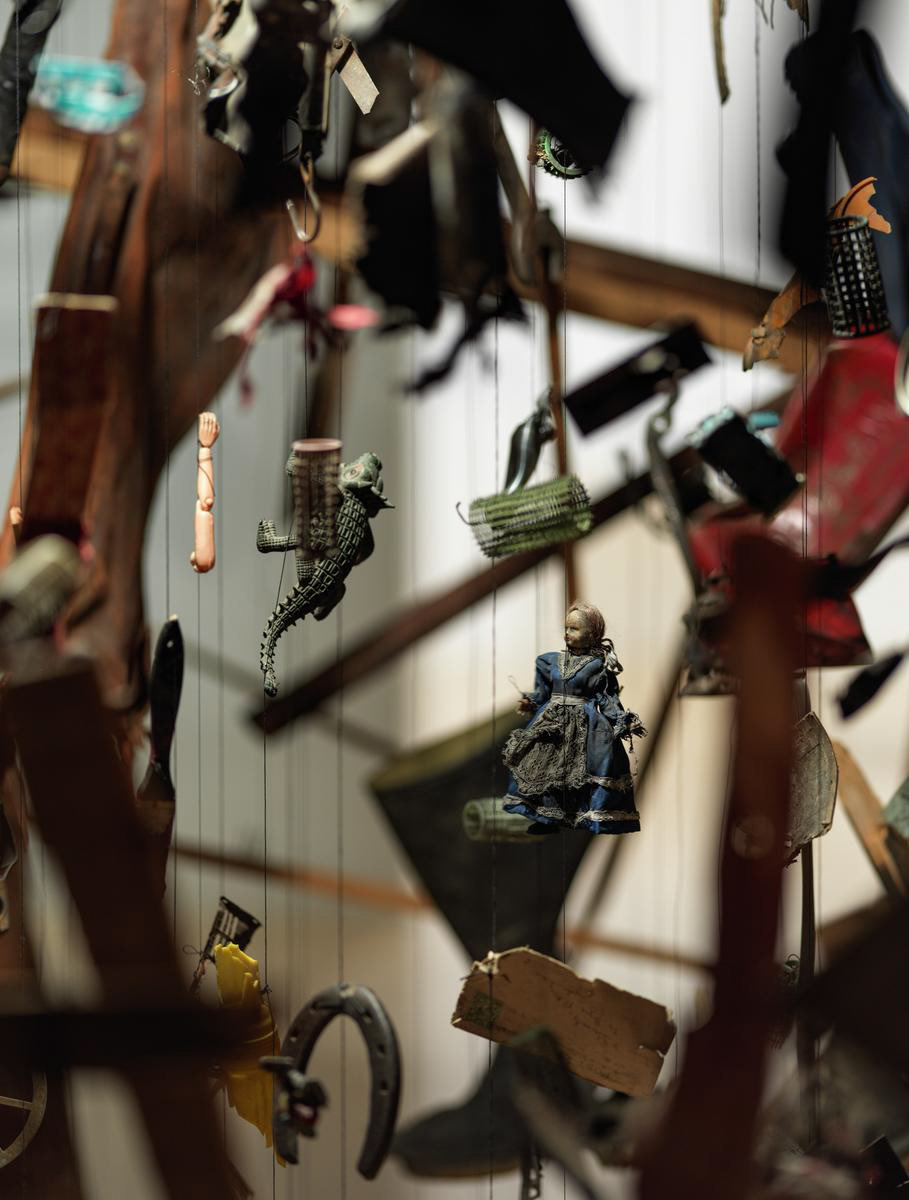



Continual Mobile, Continual Light by Julio Le Parc
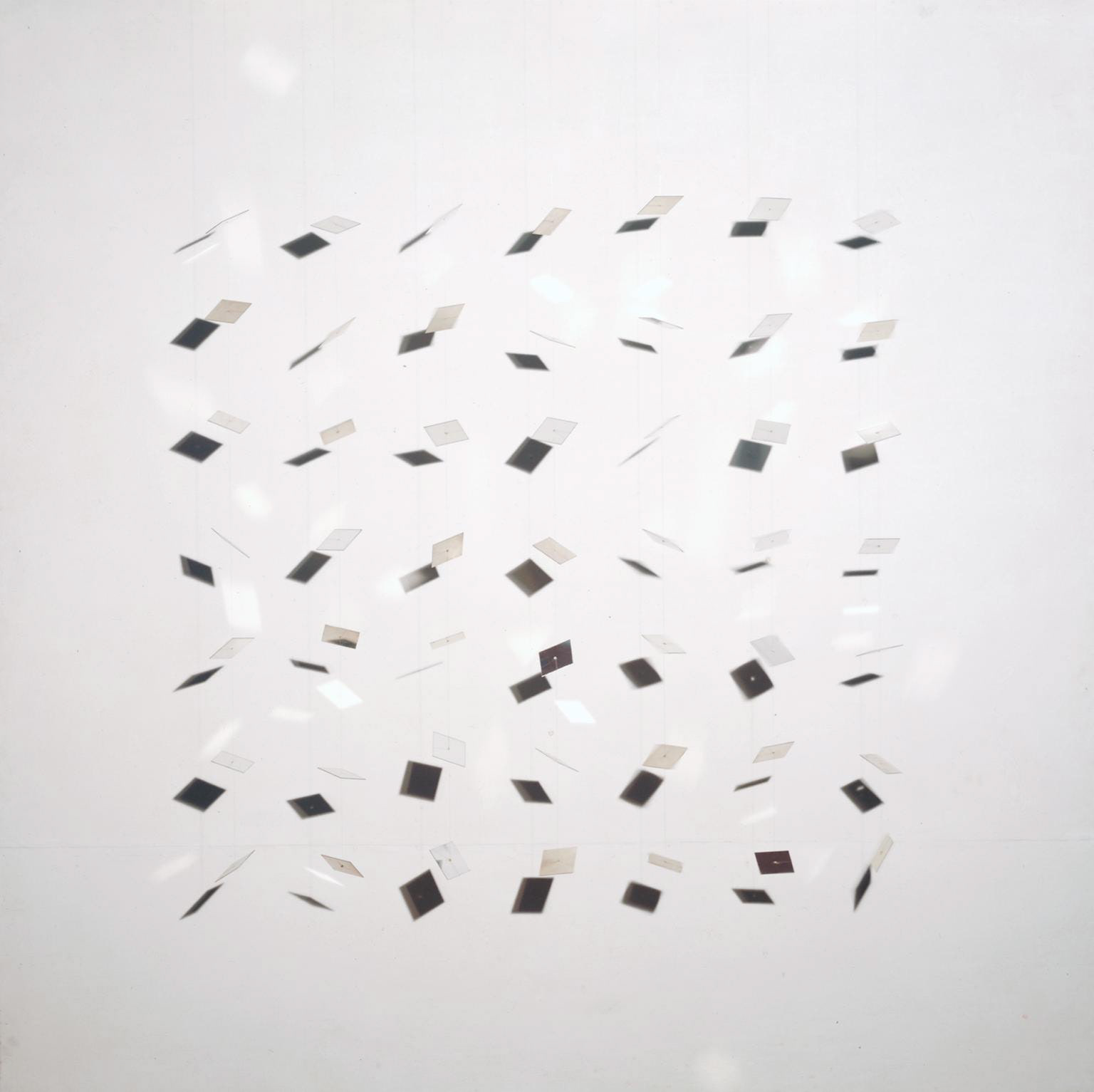
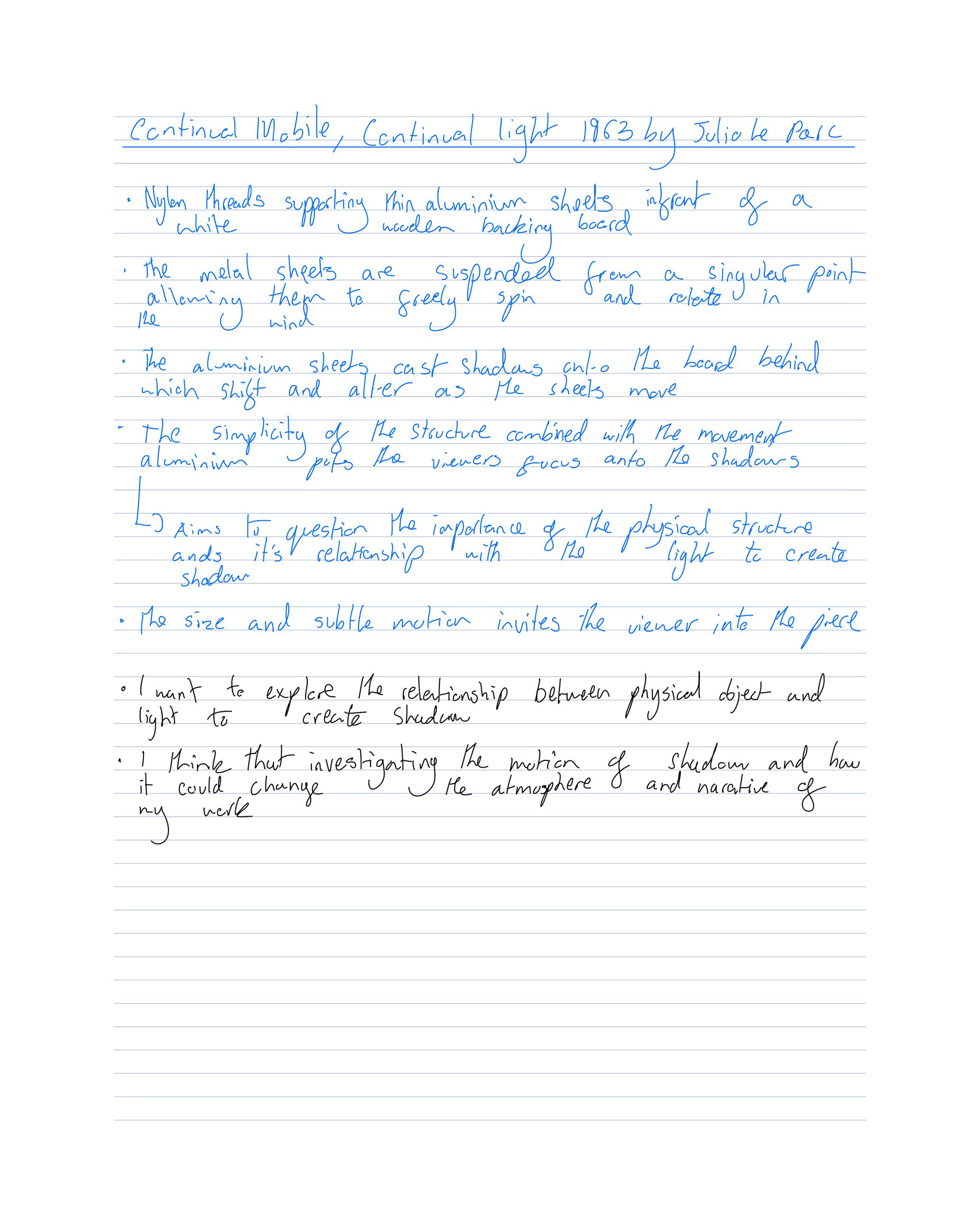
Critical Reflection
Initial Research
Discovery and exploration were my main focus in this part of the project. I began to understand the historical importance of Didsbury Parsonage to the local community by speaking with two volunteers. They taught me the historical connection and relationships between the Parsonage, church, and pubs, which constructed the initial foundations of Didsbury. I found this a key influence in my work as I focused on the atmosphere and link between each structure, and how individuals or communities move through the site. Through this collaboration I learnt how the archive was structured, not in a traditional written documentation, but through conversation and the “telling of stories”.
Once I had viewed the area through an historical lens, I chose to focus on the Ironwork that ran between the Parsonage and church. I began to record this through many different media, looking to capture form, colour, texture, and atmosphere. During my documentation I found that the Ironwork’s primary function was to control movement. The iron railings that run the length of the road between the Parsonage and Church seek to prohibit free movement and funnel people through designated points. The gates arehe only break in the barrier however, these to close off access through the hinging motion. The use of differing height elevations reinforces this idea of restriction and urges society to conform.
I also realized that this control of movement was being challenged by nature. The ironwork had initially been protected by paint, encapsulating the steel inside and shielding it from the elements. However, this protection has been penetrated and over time, water has caused the steel to rust and break down. This showcases the impermanence of ironwork and its eventual and inevitable return to nature.
Recording the physical object and structures through the site helped me to describe and deconstruct the atmosphere. Discovering the importance of movement through the site helped me to realise the importance of sound. Audio played a major role in encouraging me to walk around the space and discover other parts of the Parsonage and church. The overwhelming sounds came from the continuous birdsong but were interrupted by cars and the movement of people. The sound of nature, paired with the quantity and size of the foliage that loomed over the site, gave a mixed atmosphere. One portrayed calmness and freedom, the other oppression and discomfort. This juxtaposition is one of my main takes from my primary research.
I looked into different ways artists have previously used movement in sculpture and craft with the combination of audio, light and kinetic elements to curate narrative and shape a room’s atmosphere. ‘Momentum’ by Matt McConnell has been a key inspiration - he experimented with repeating metal forms to create both visual and physical movement. Furthermore, the piece serves as an instrument, drawing the viewer in. This is an area I would like to explore further in my practice, looking at multiple ways to layer interaction and control the story.
I seek to further explore the two-sided atmosphere at the Parsonage as well as the impermanence of ironwork. Additionally, I want to investigate how I can I incorporate movement into my work through design, as well as in video documentation, guiding the viewer’s perspective and the narrative.

